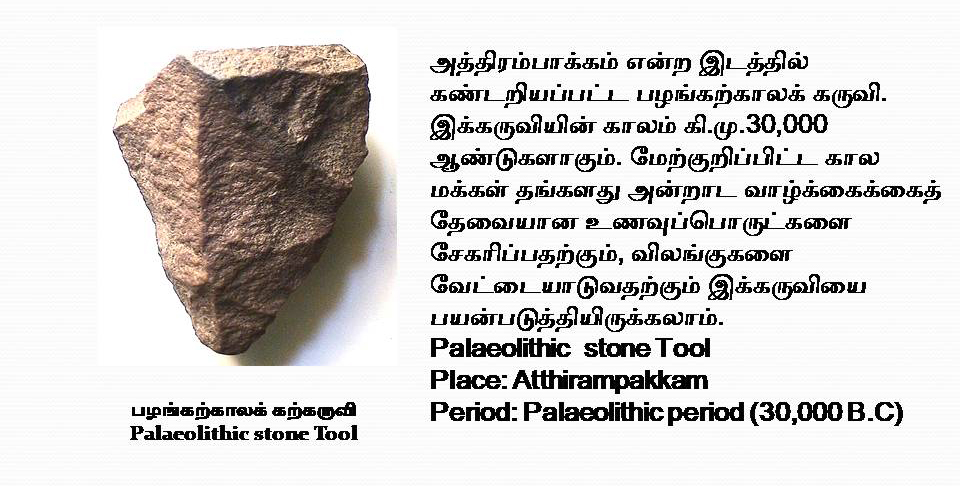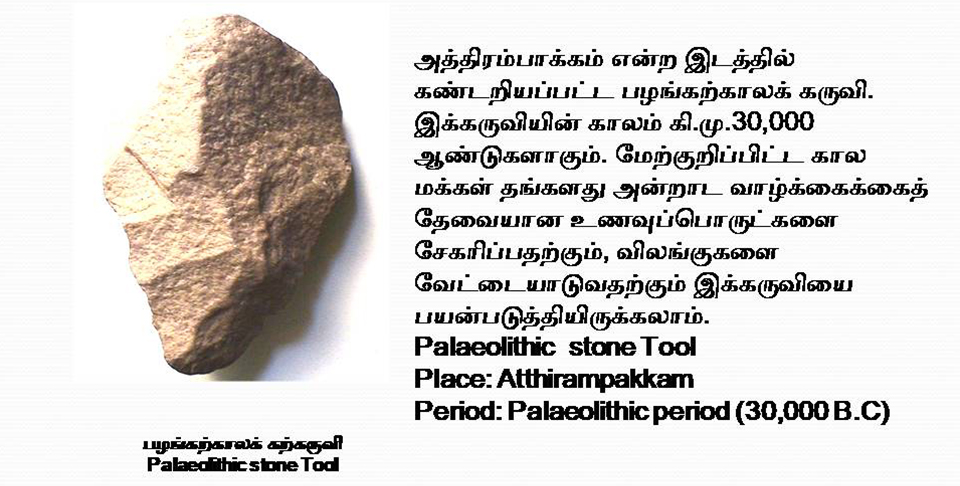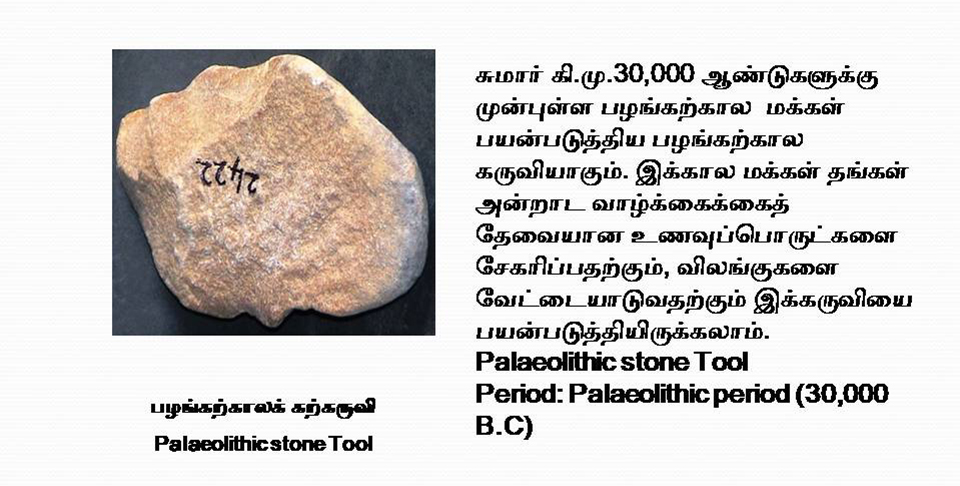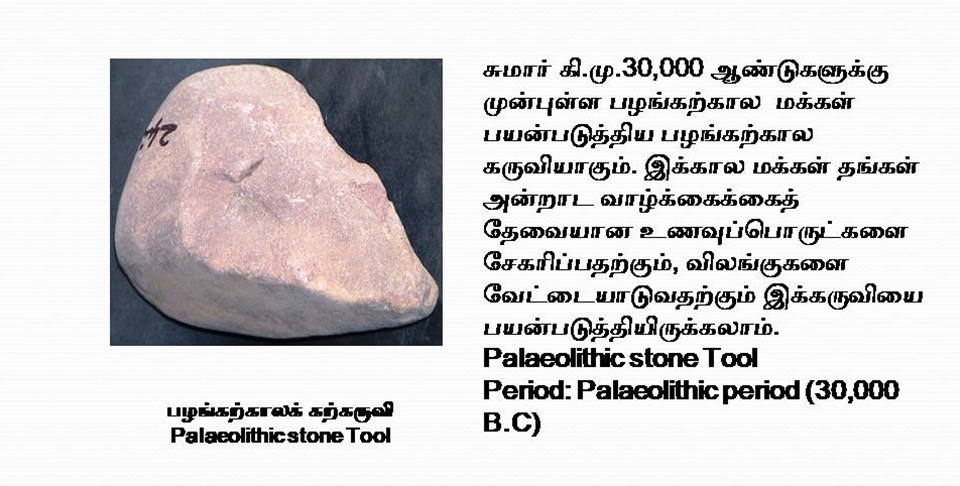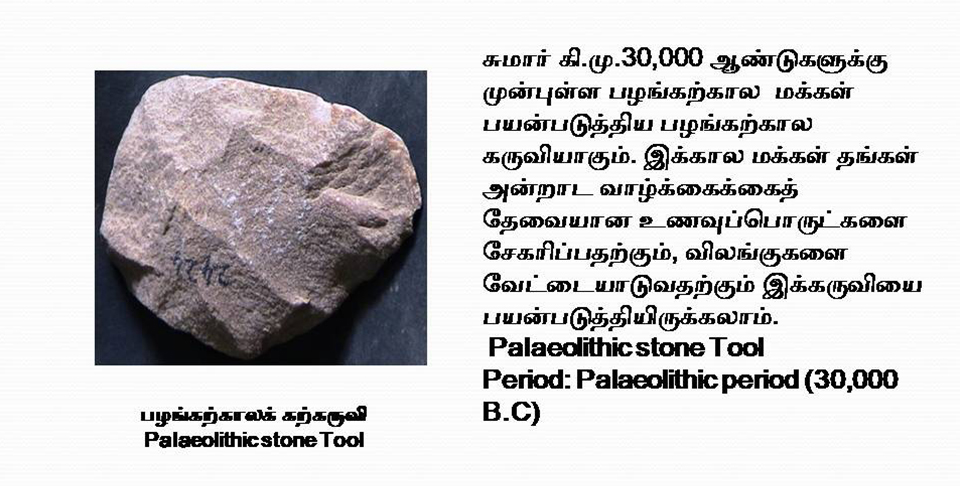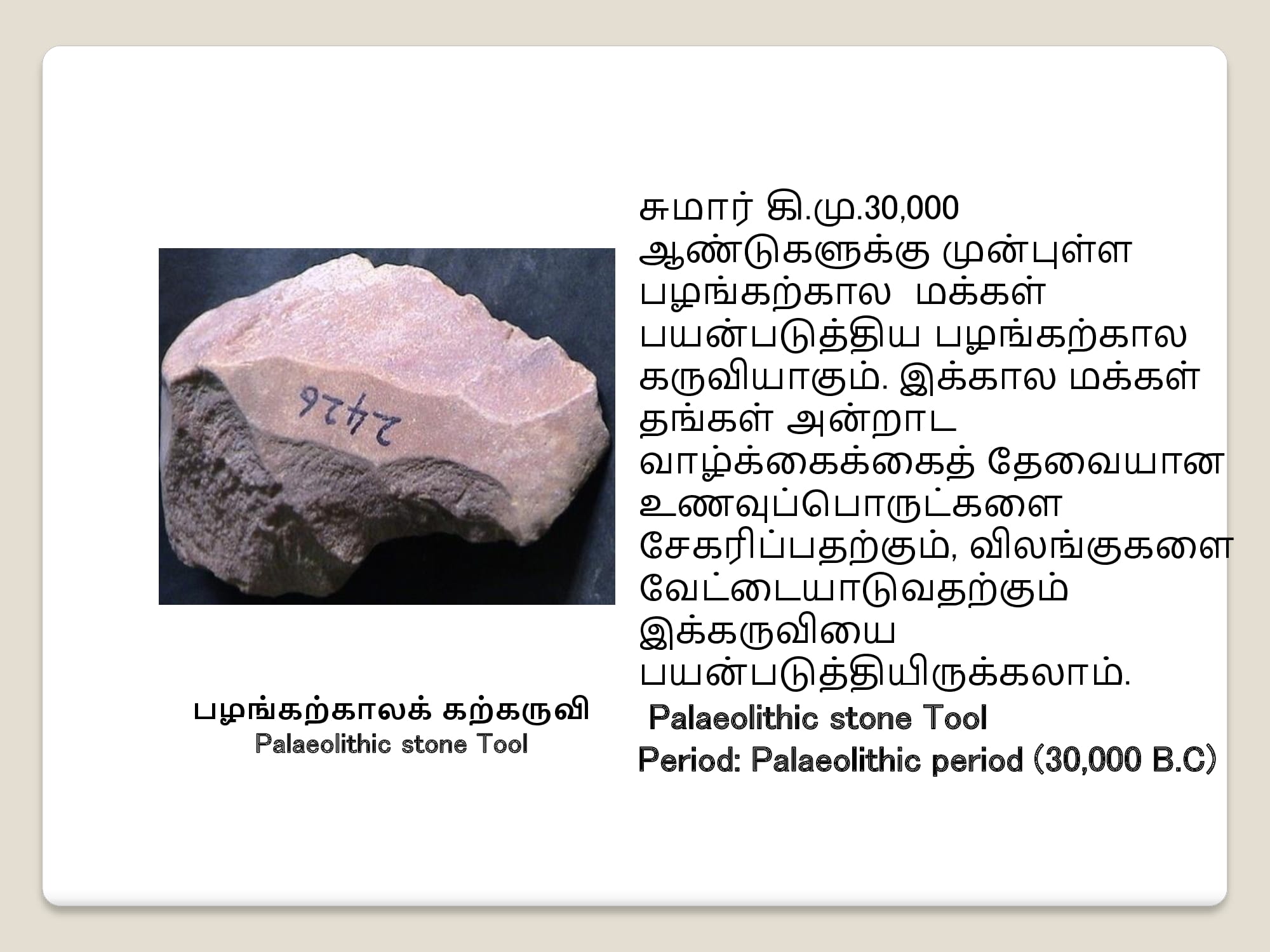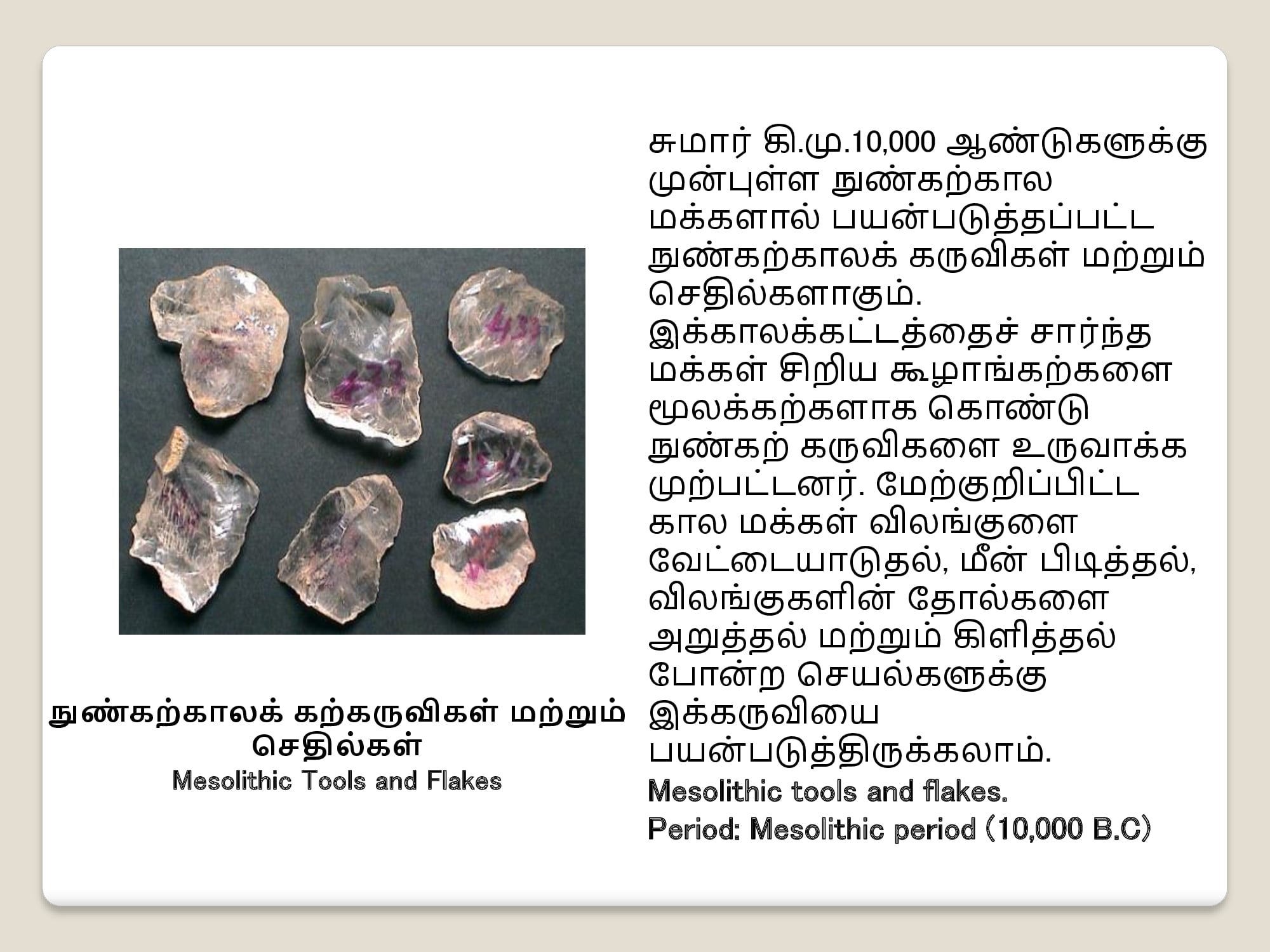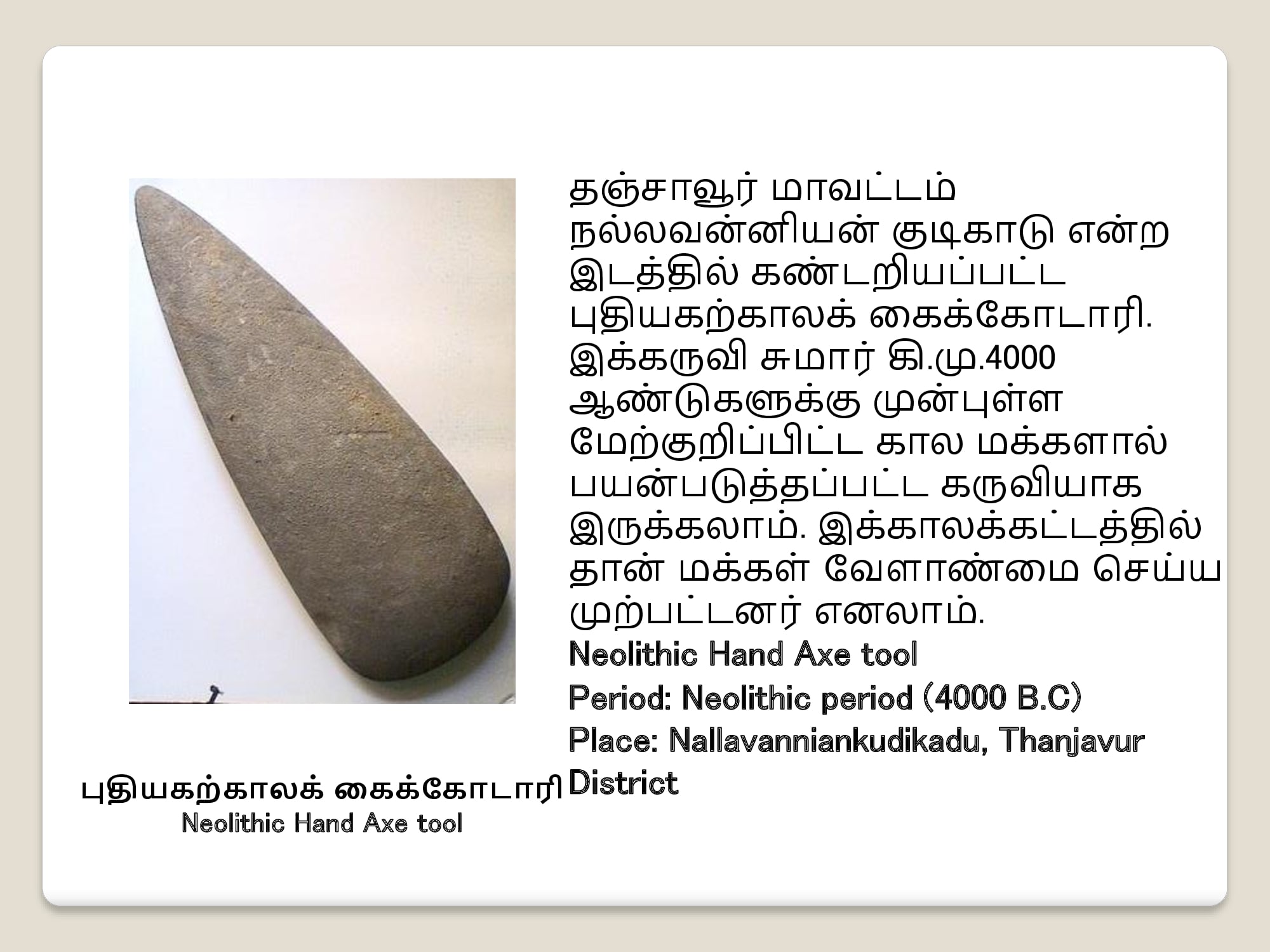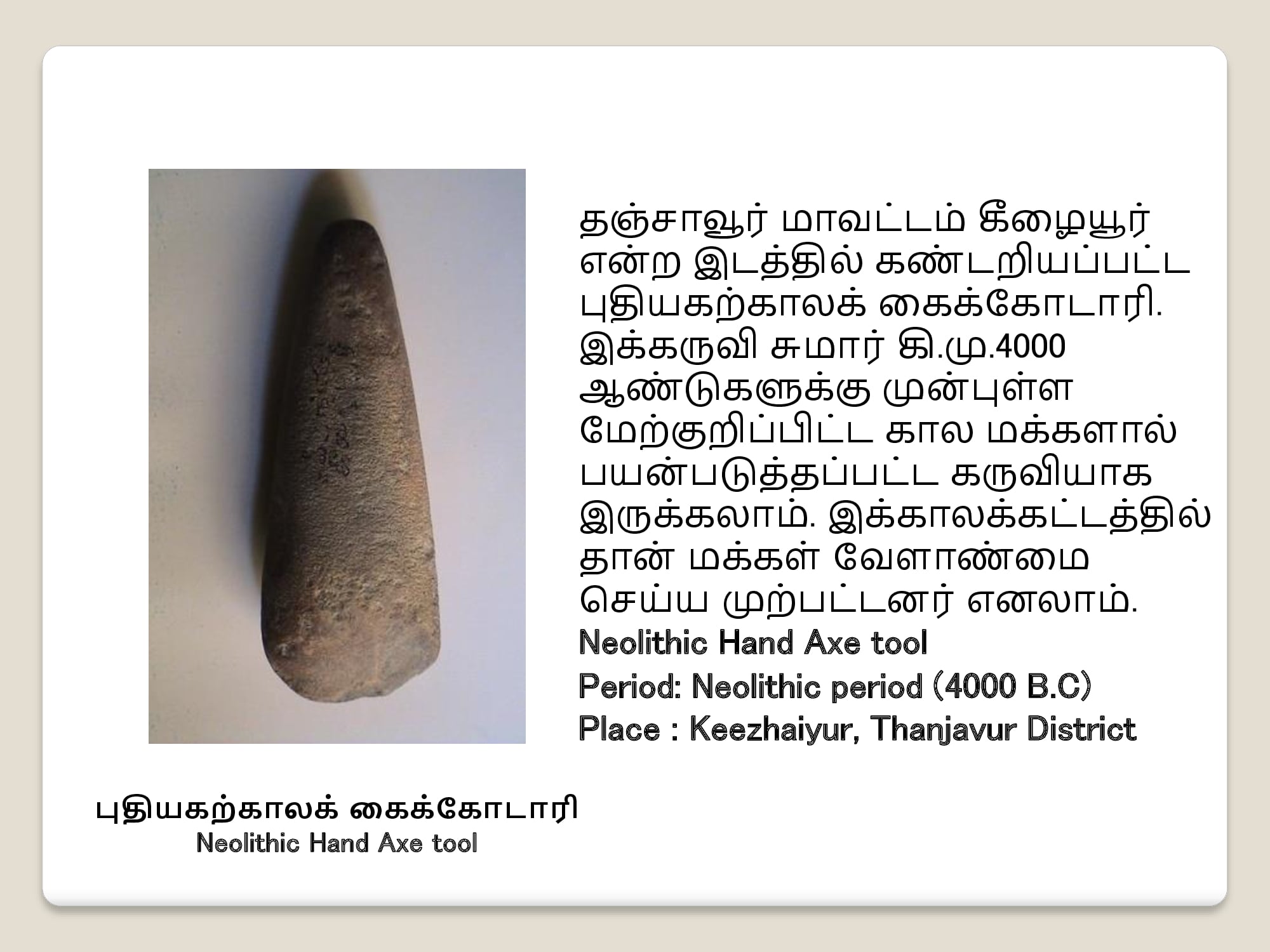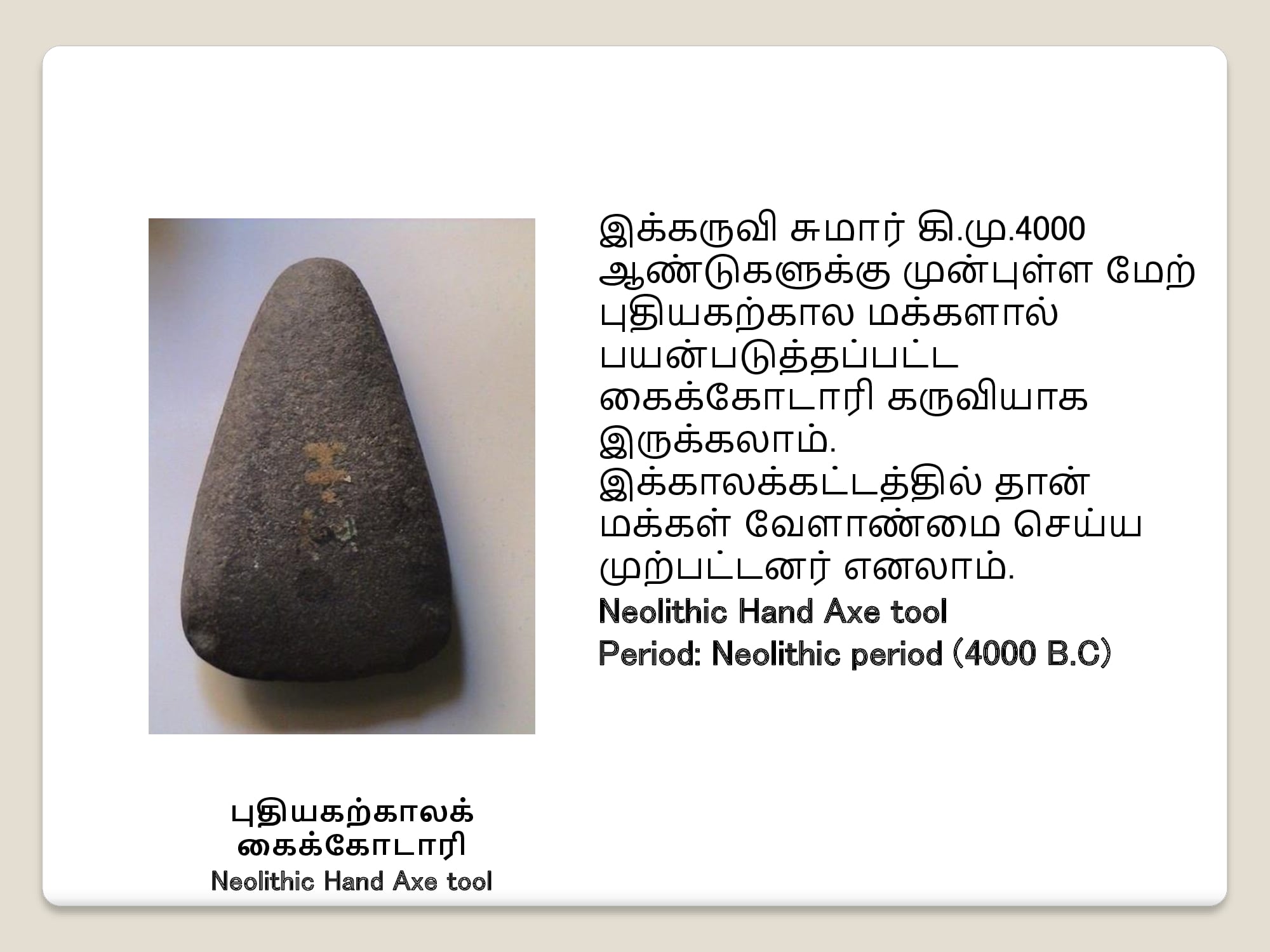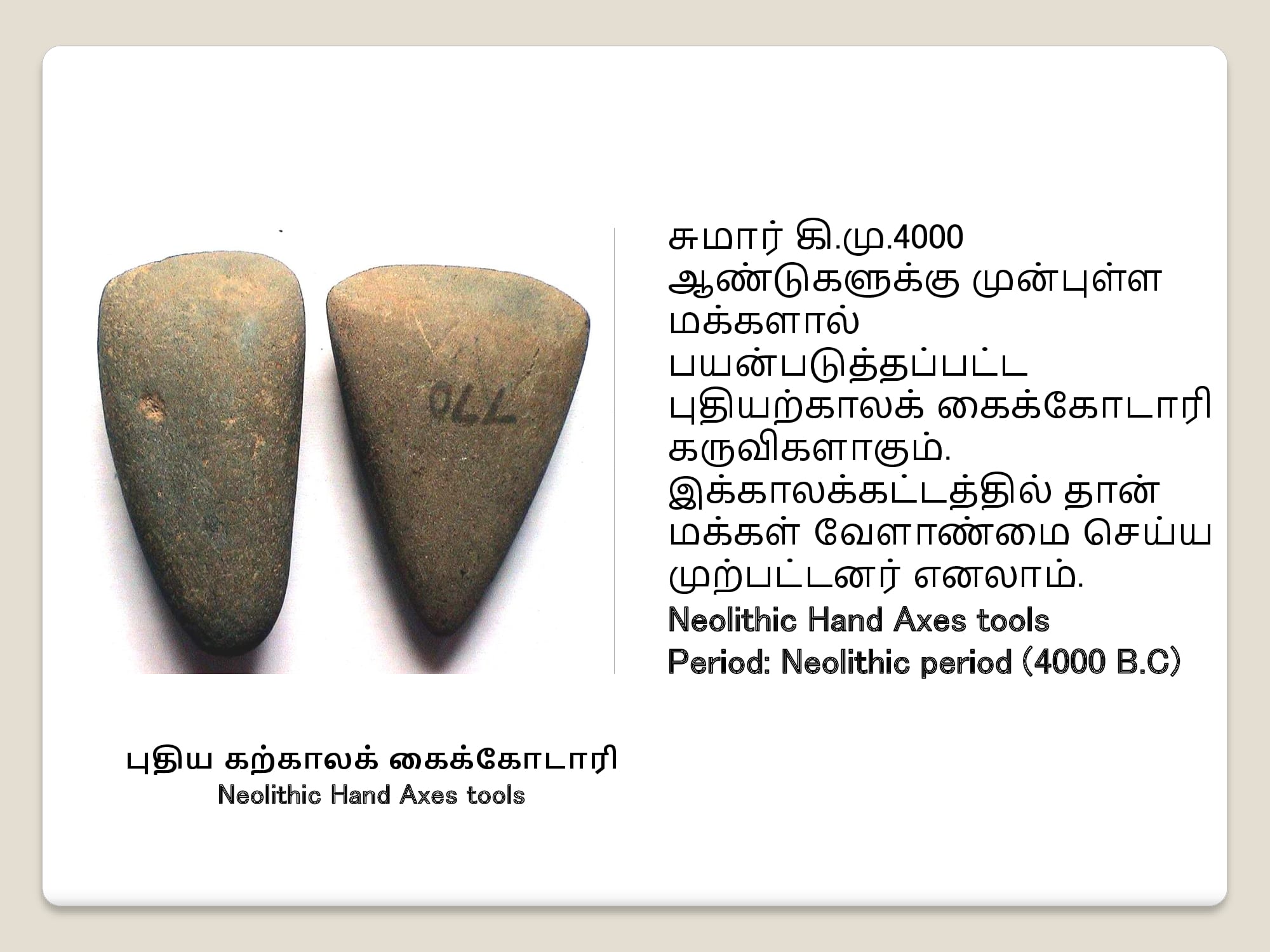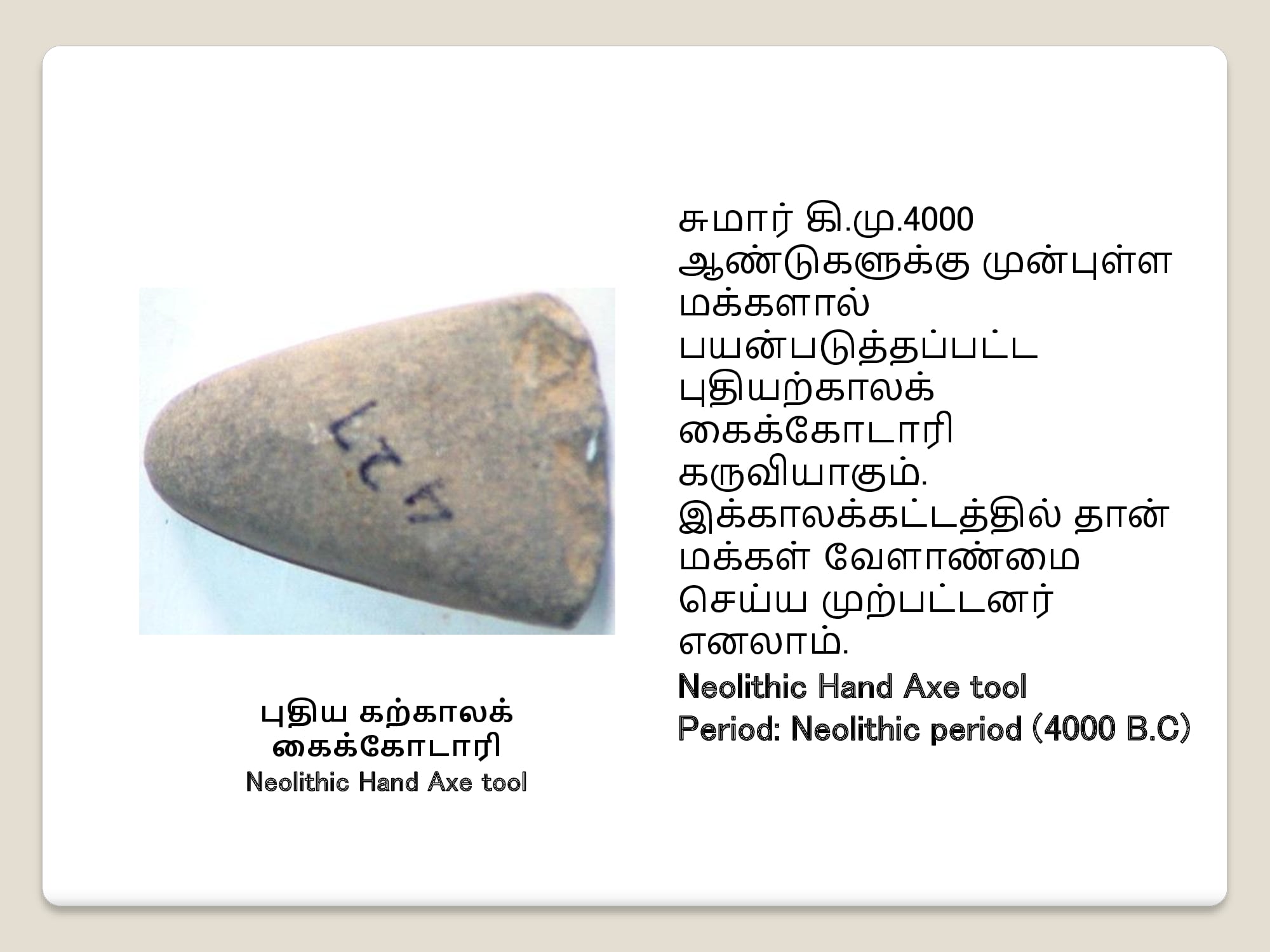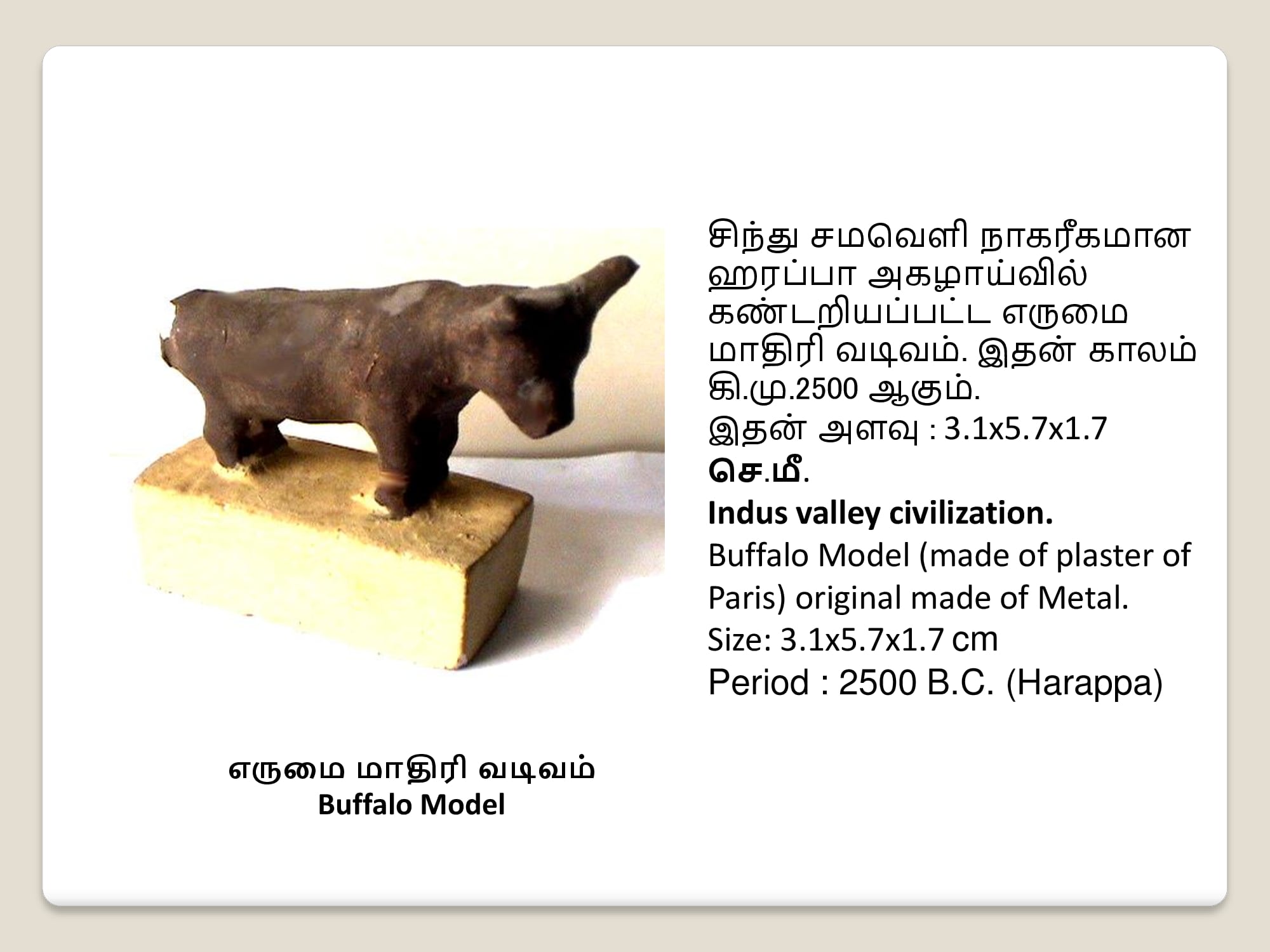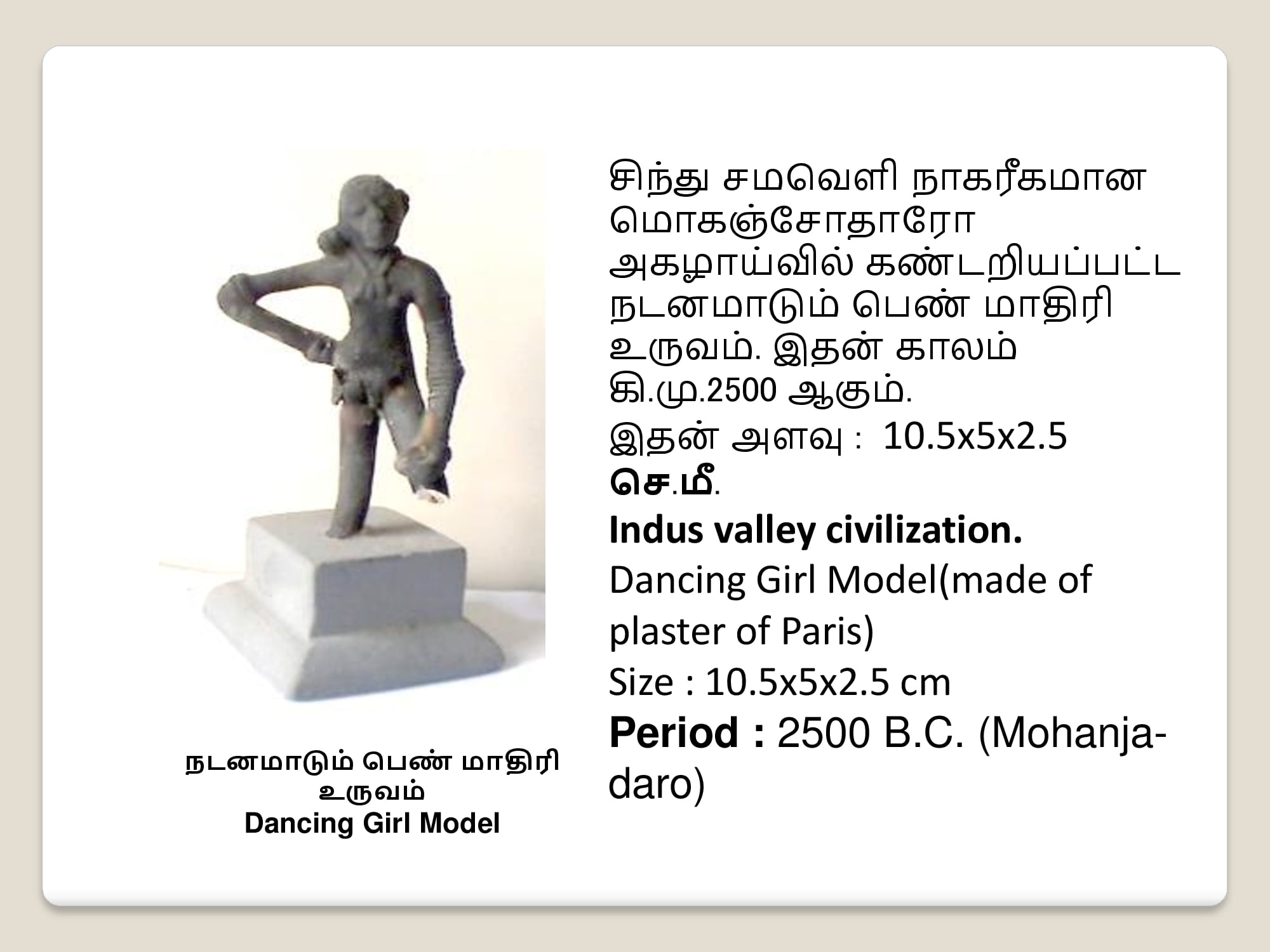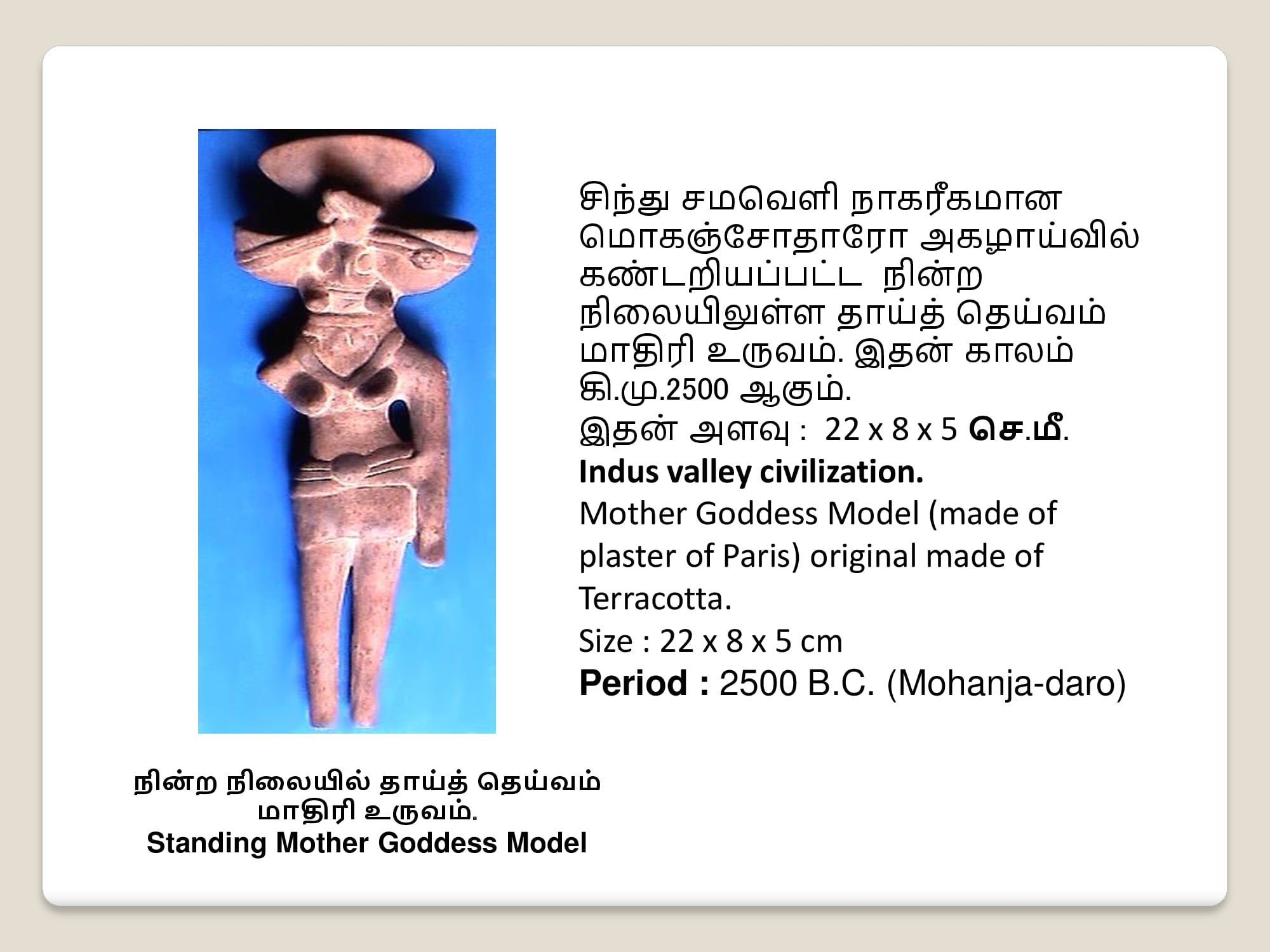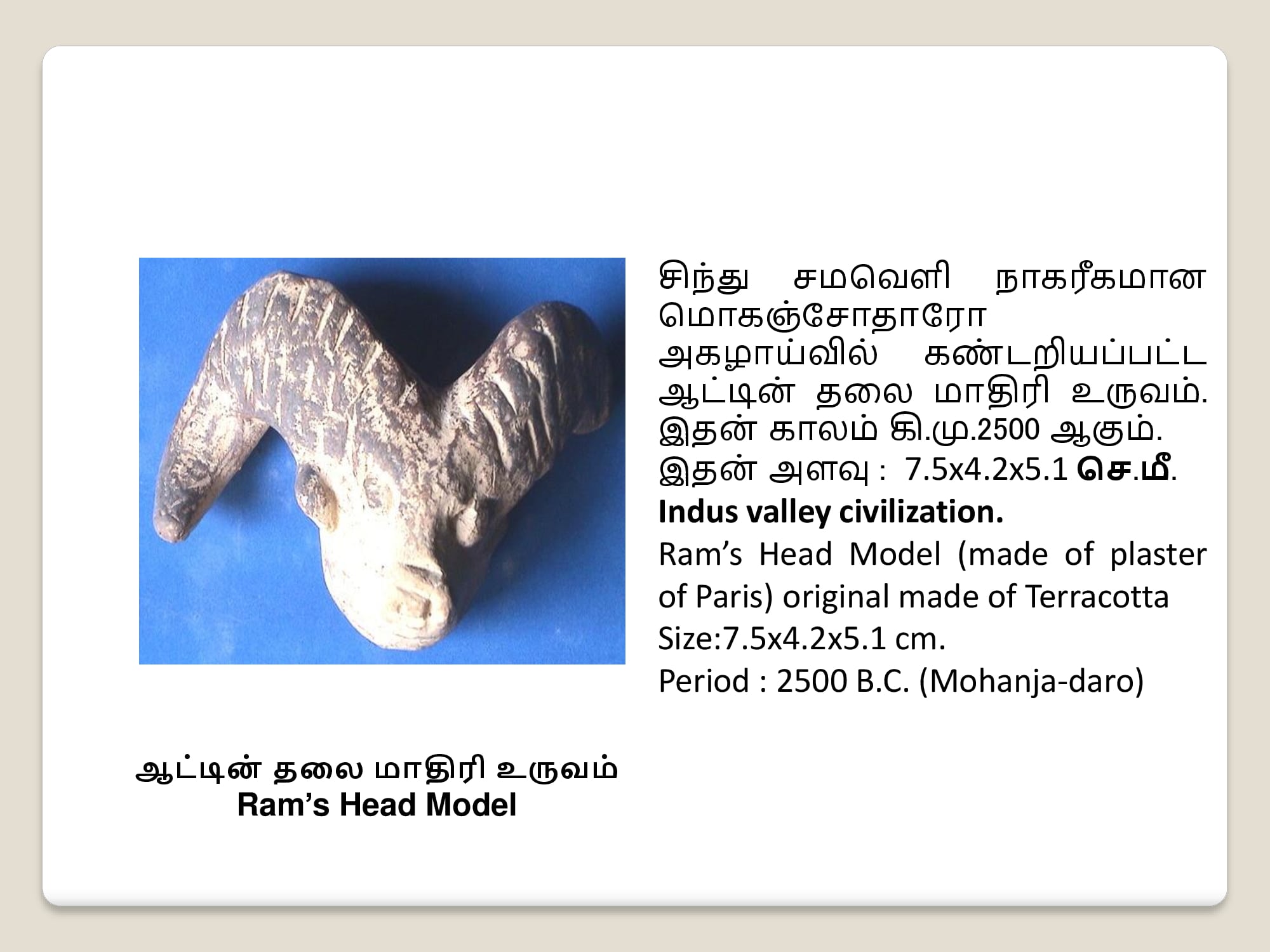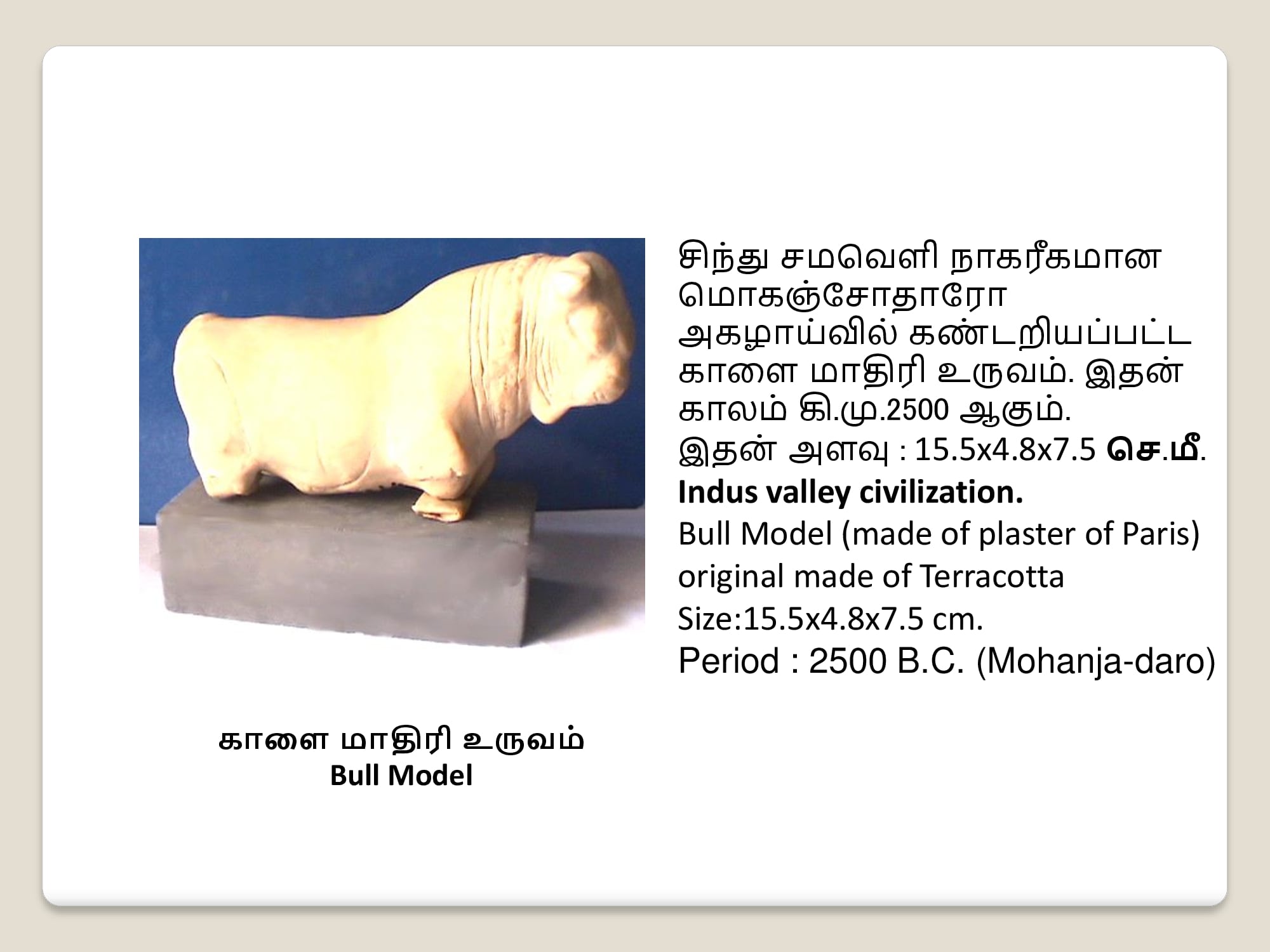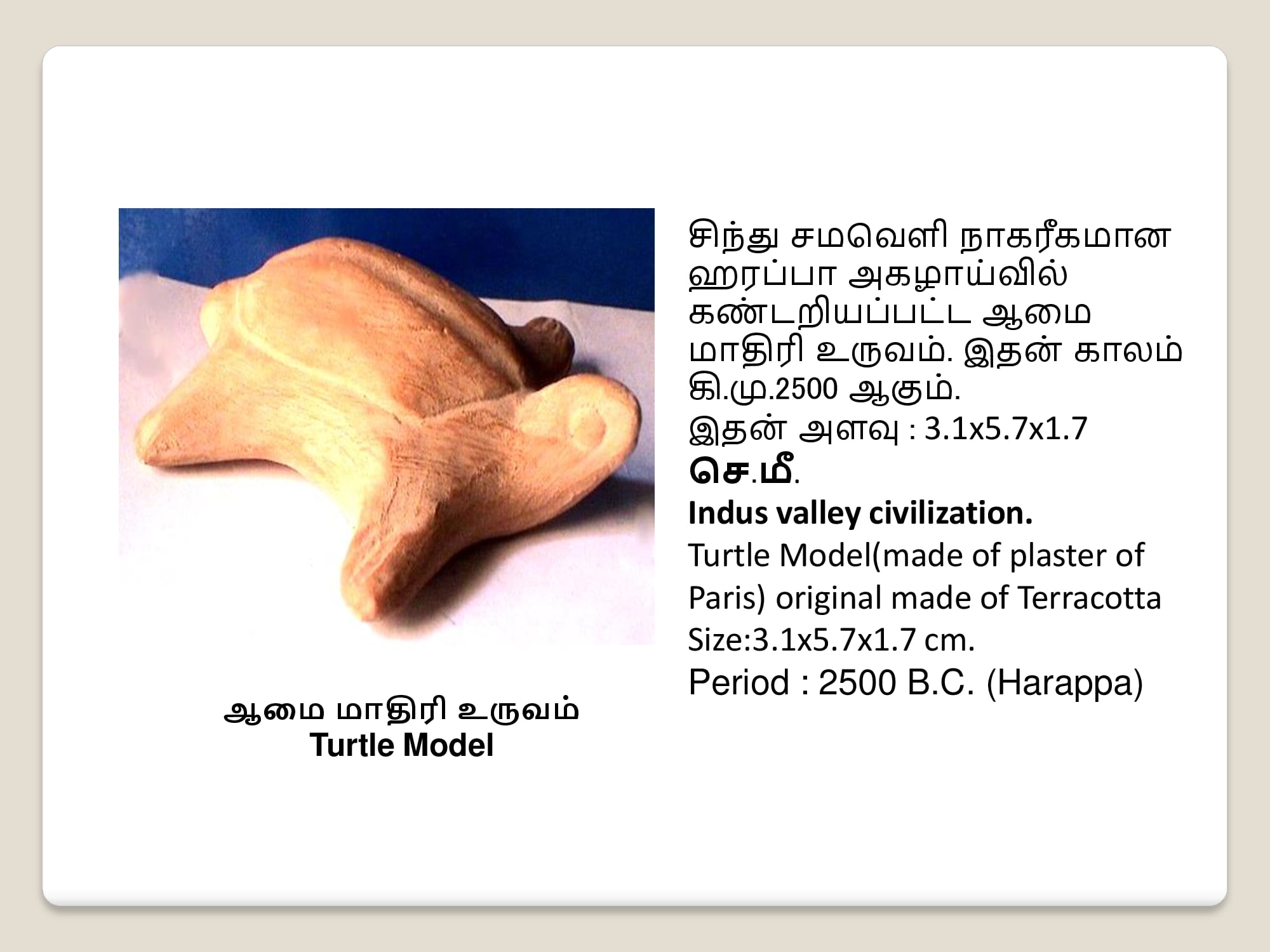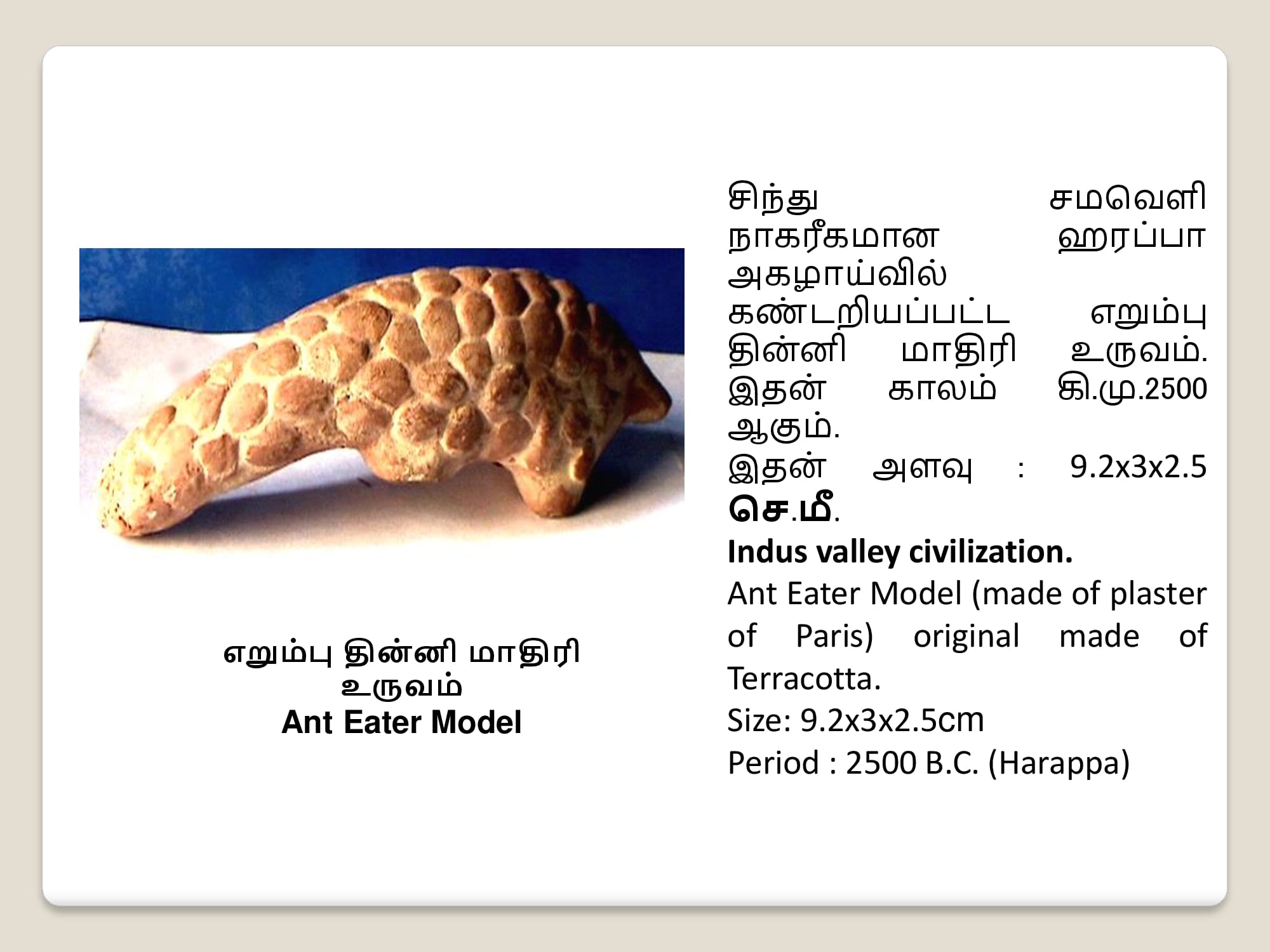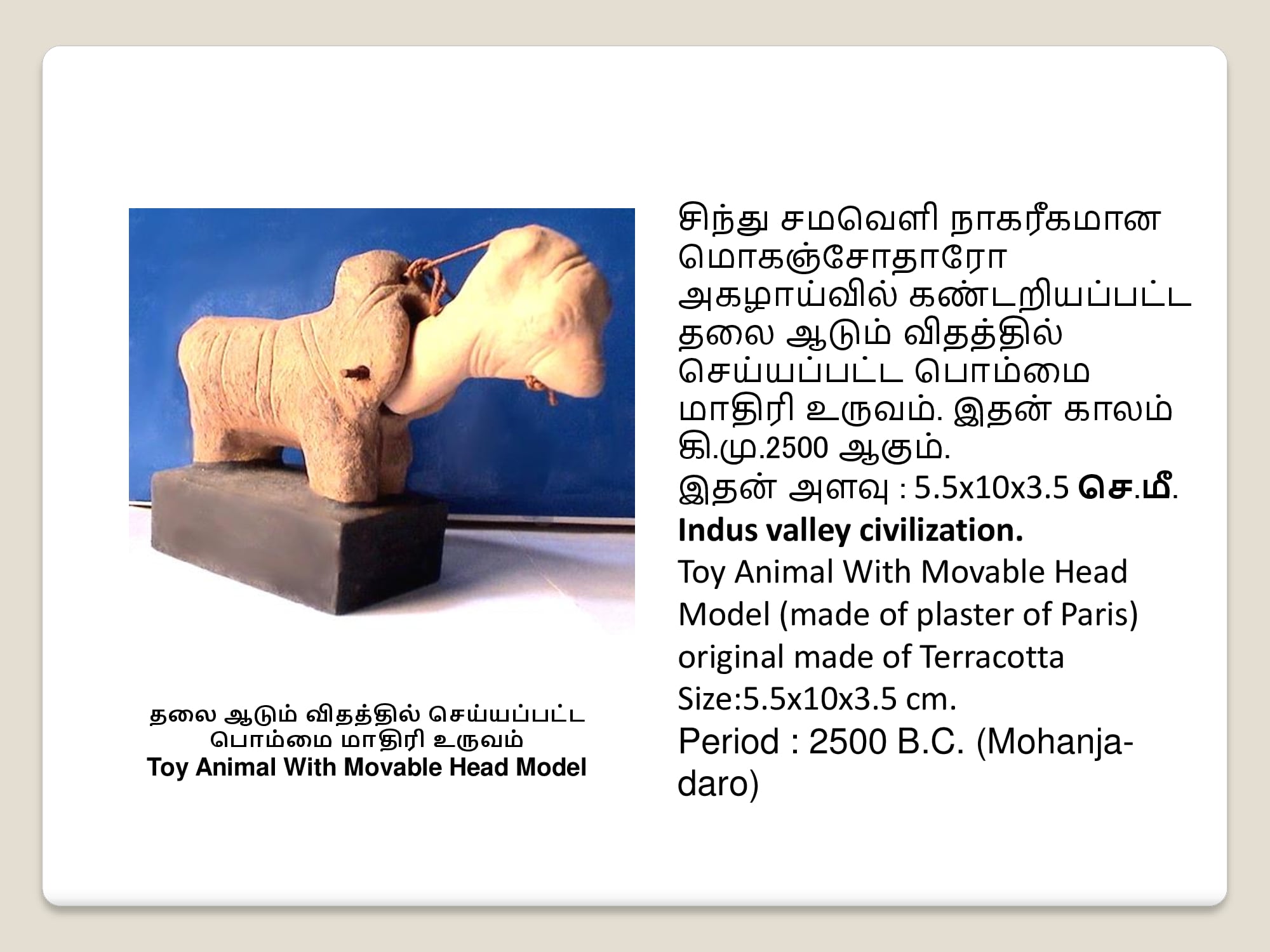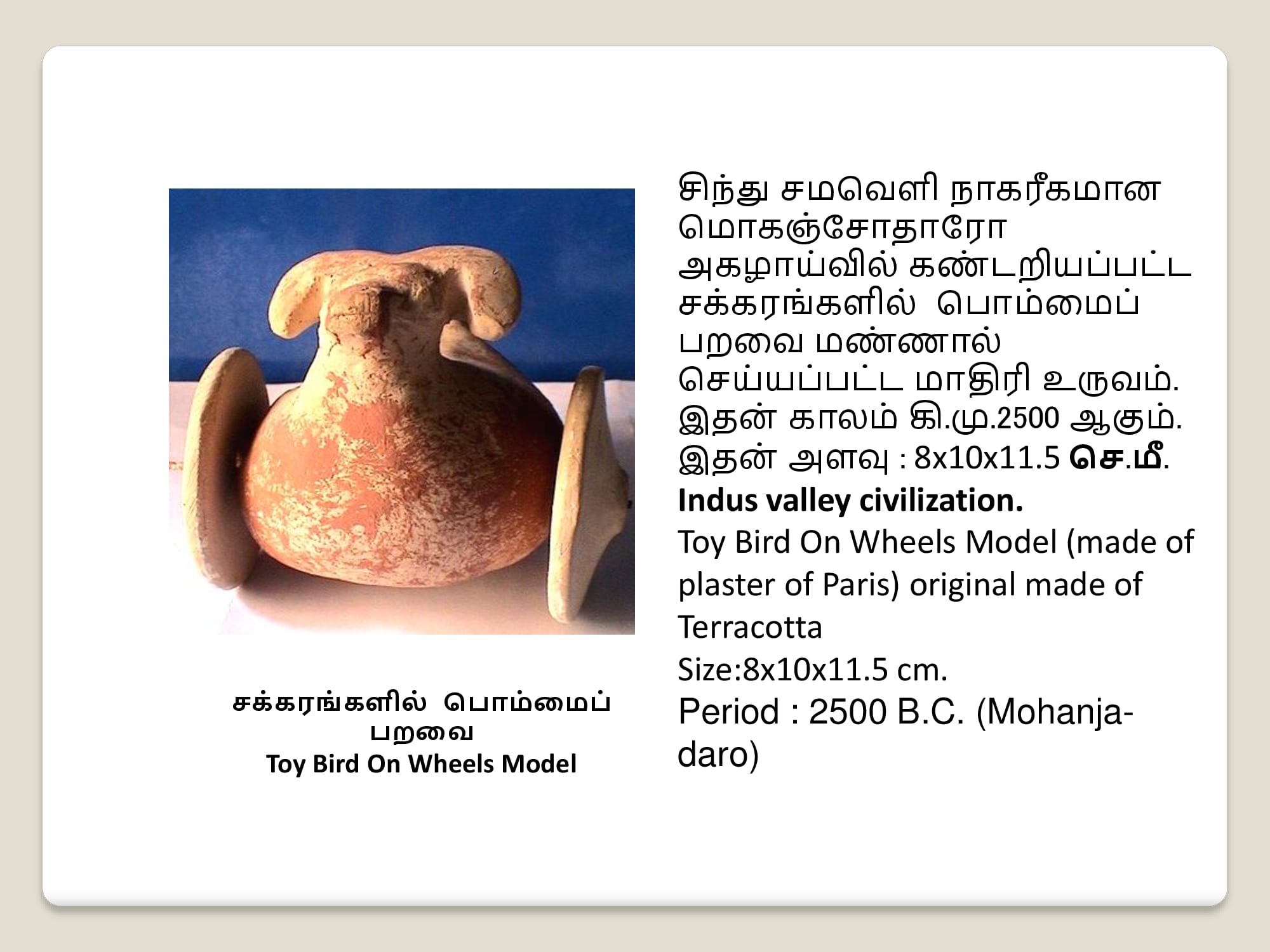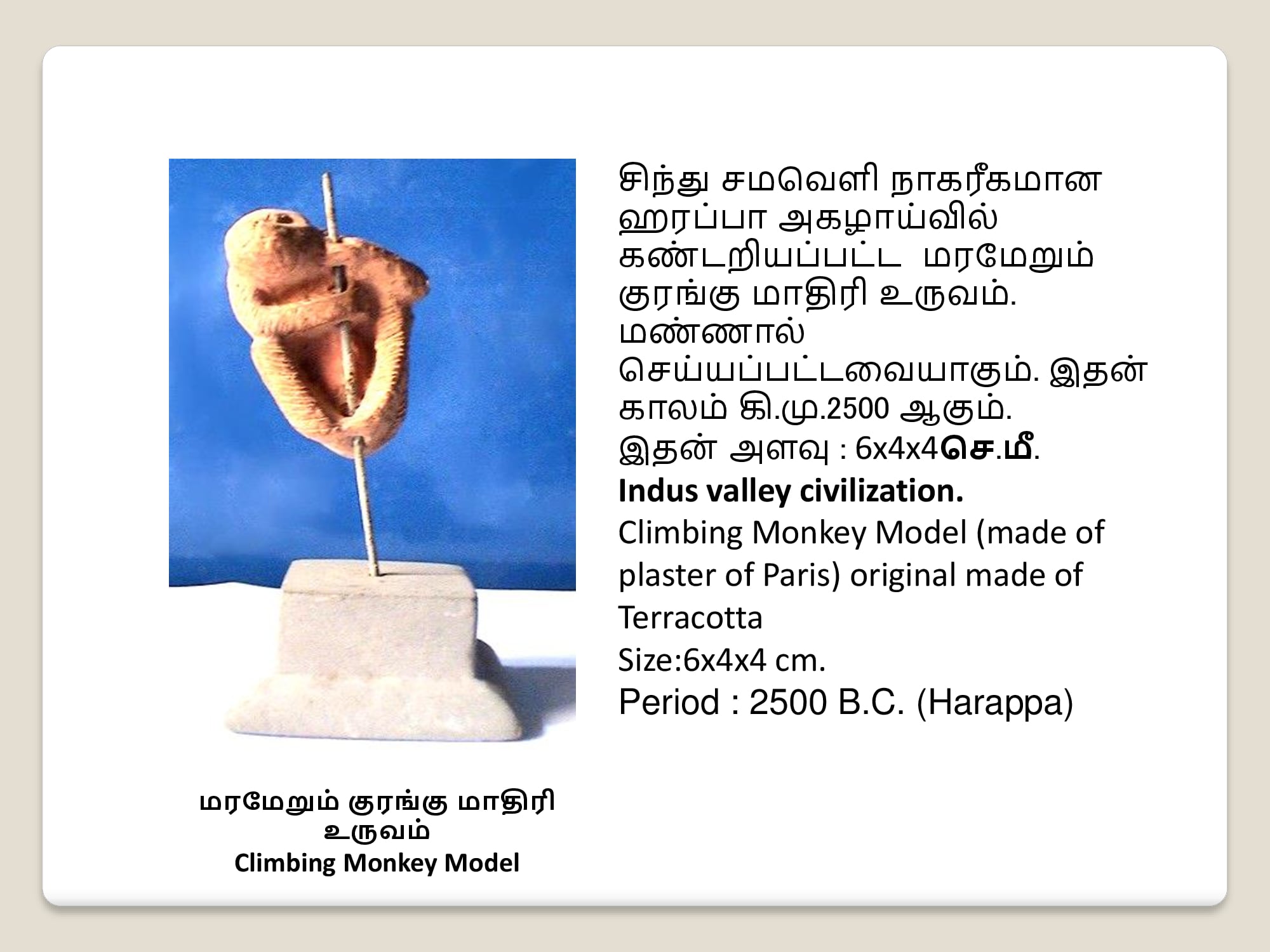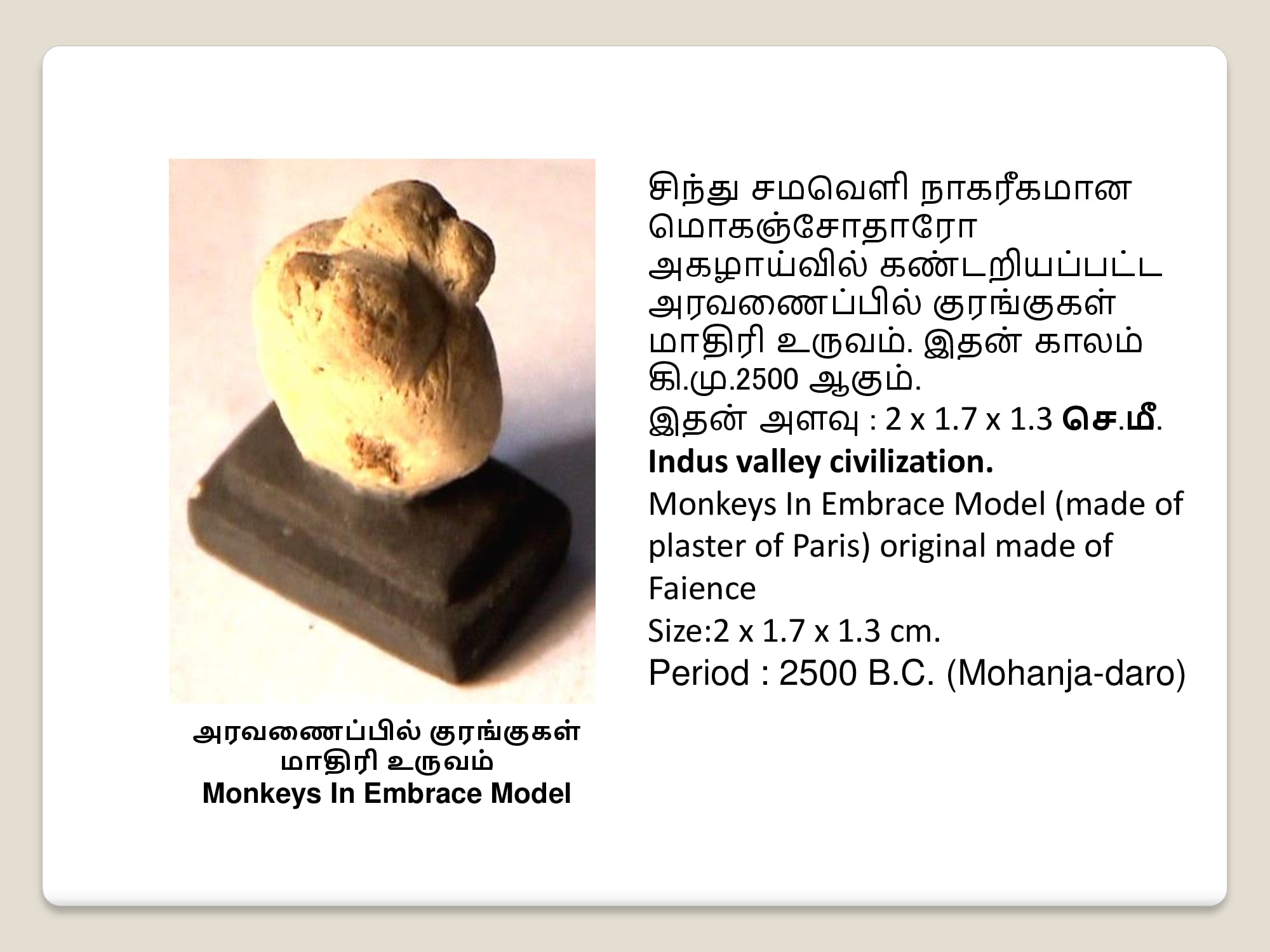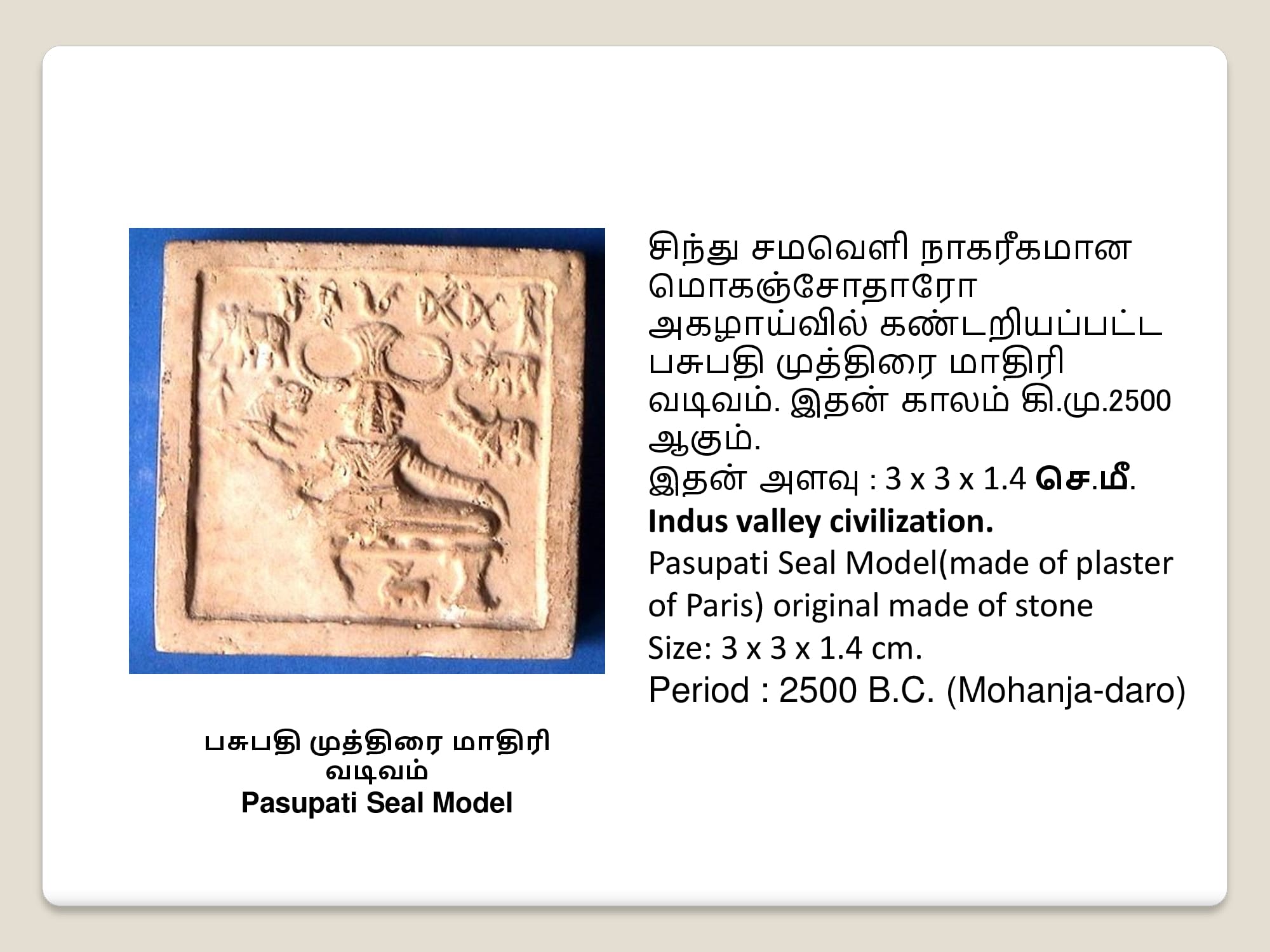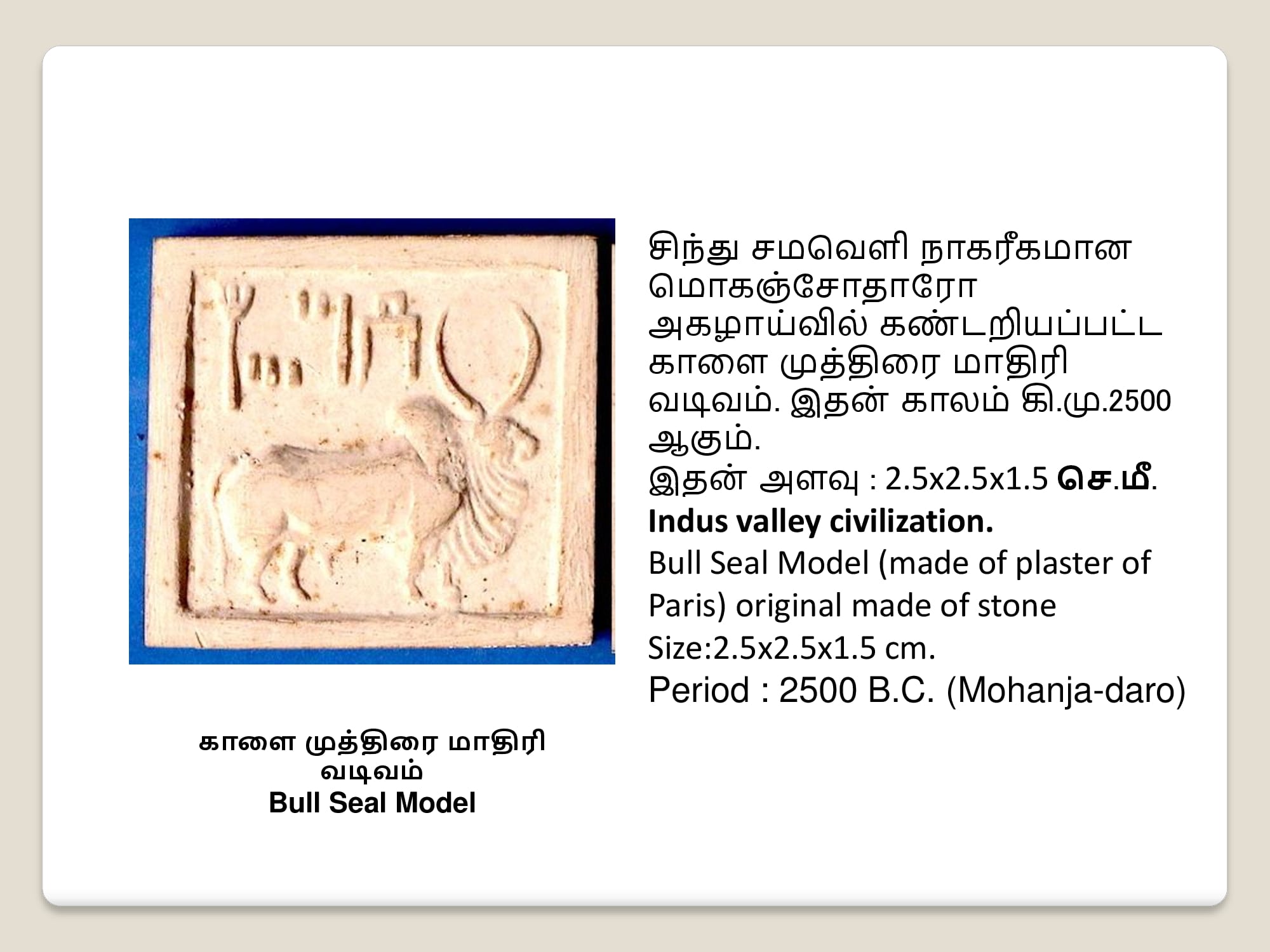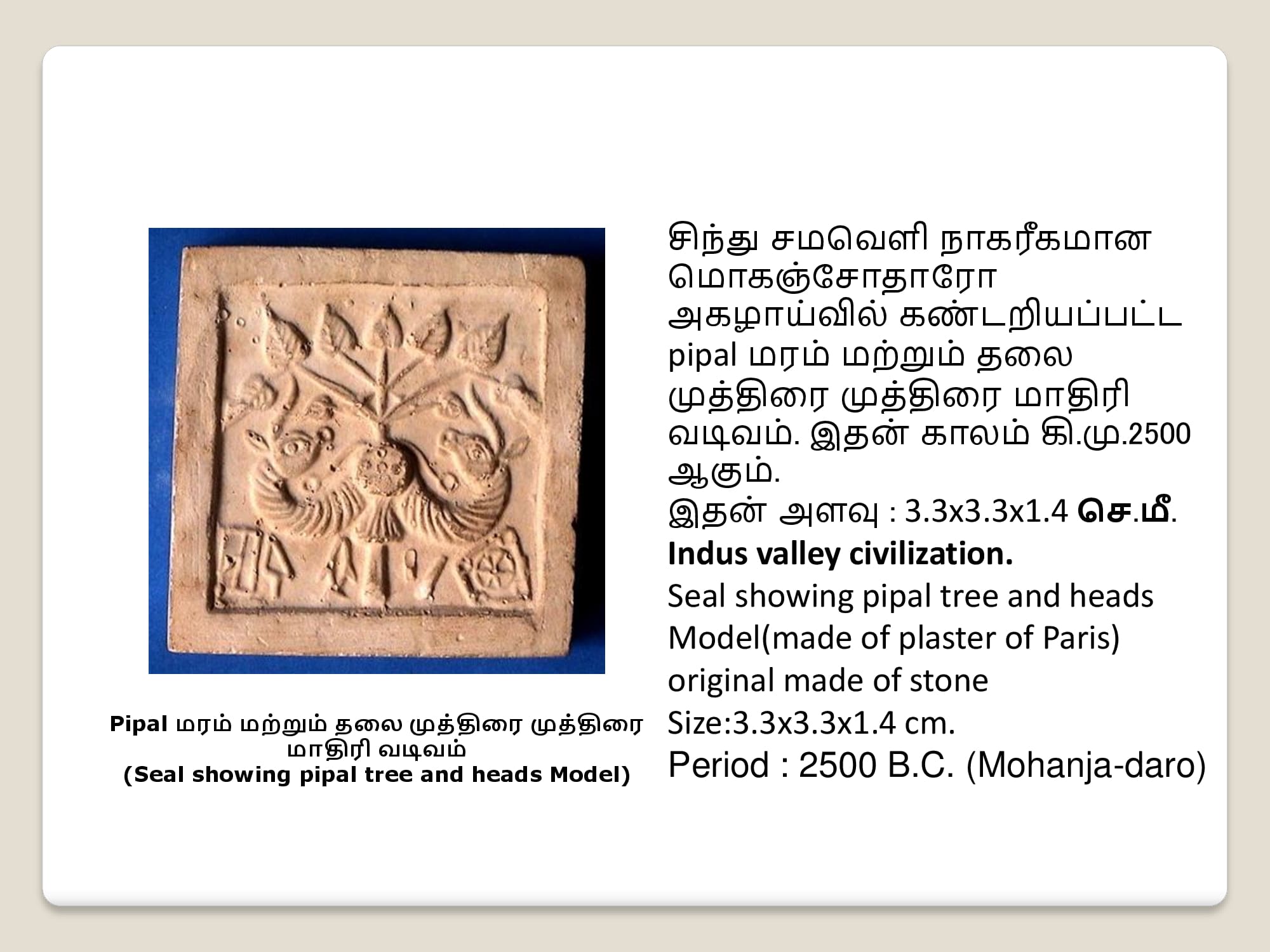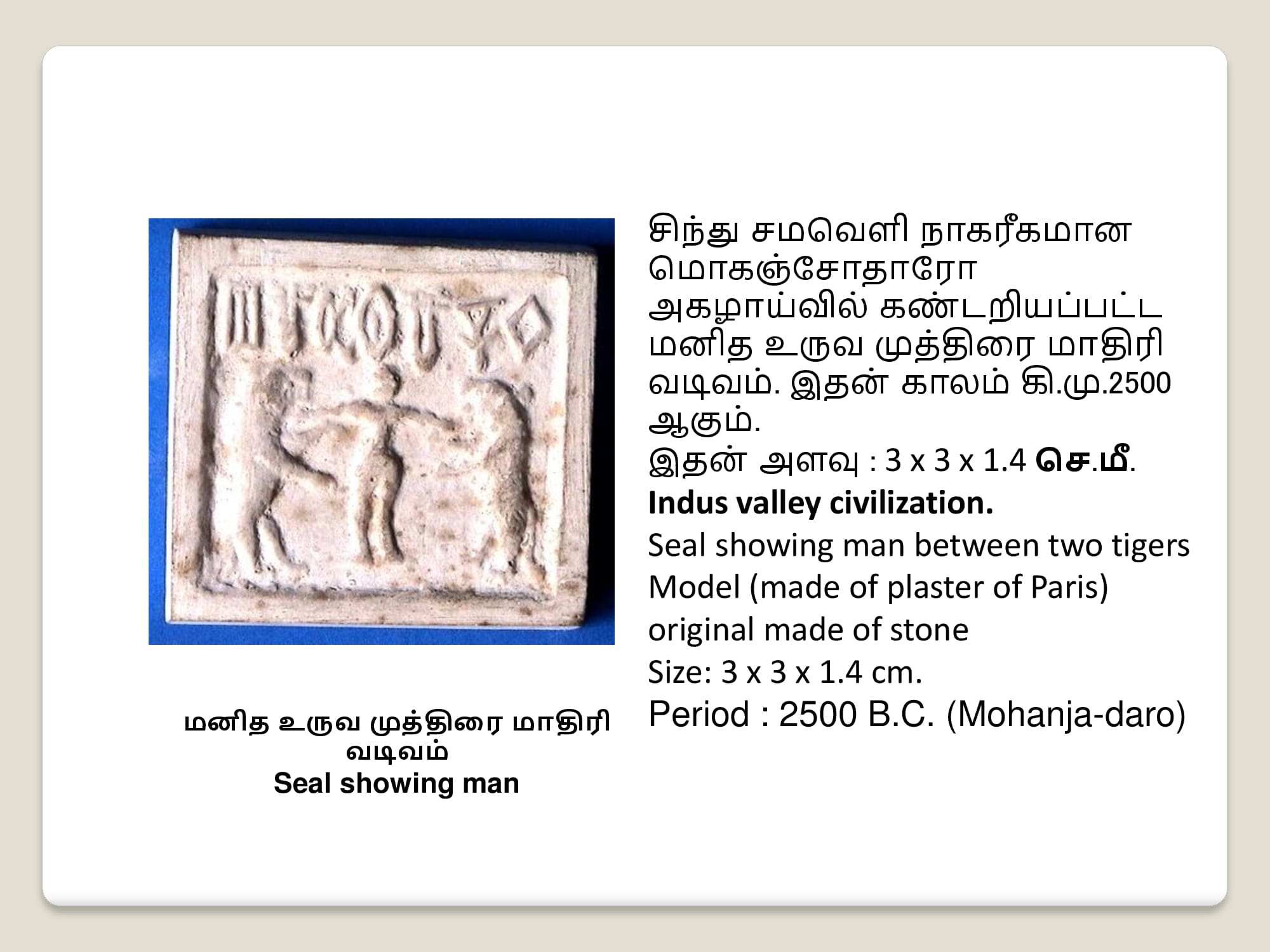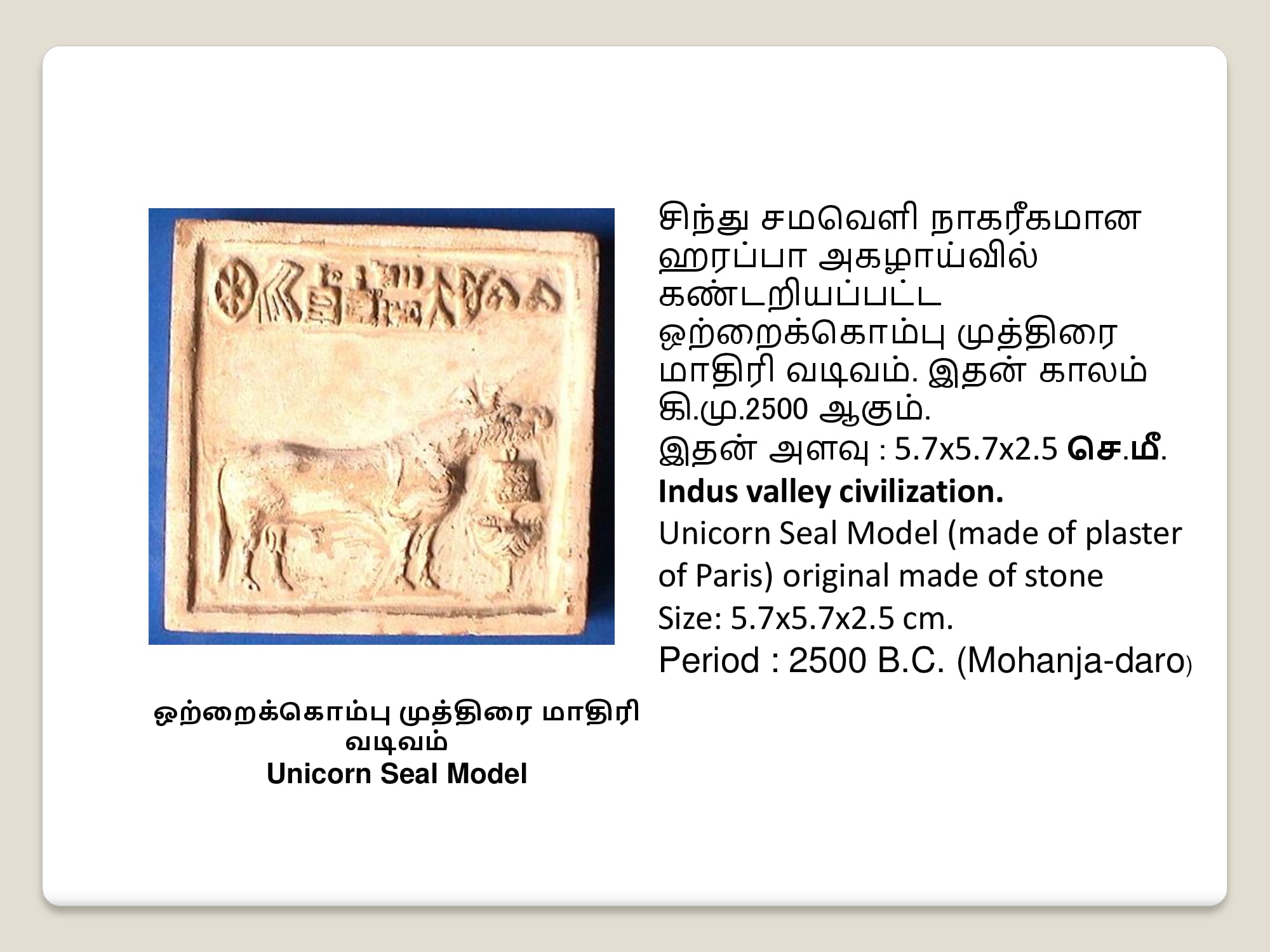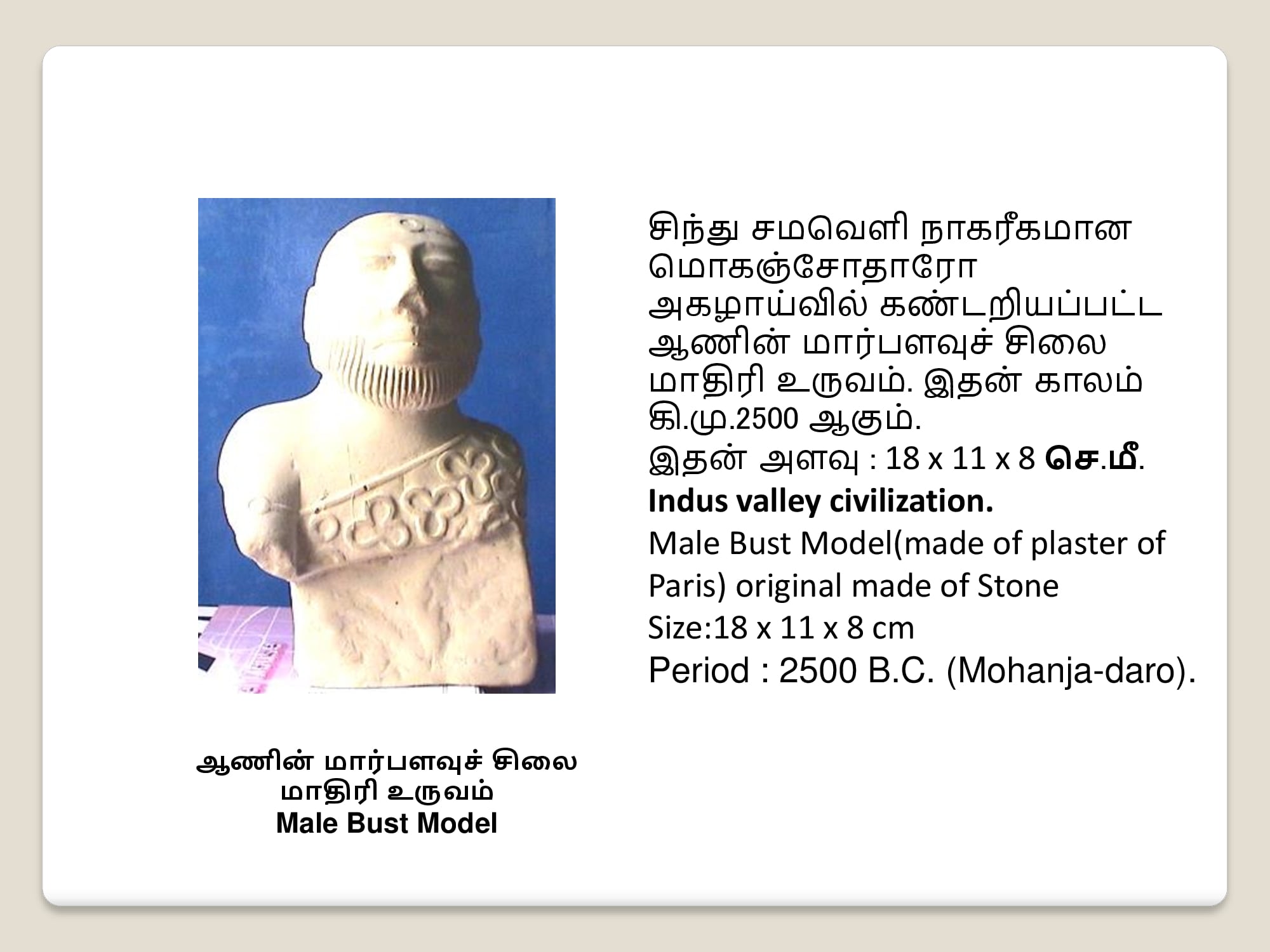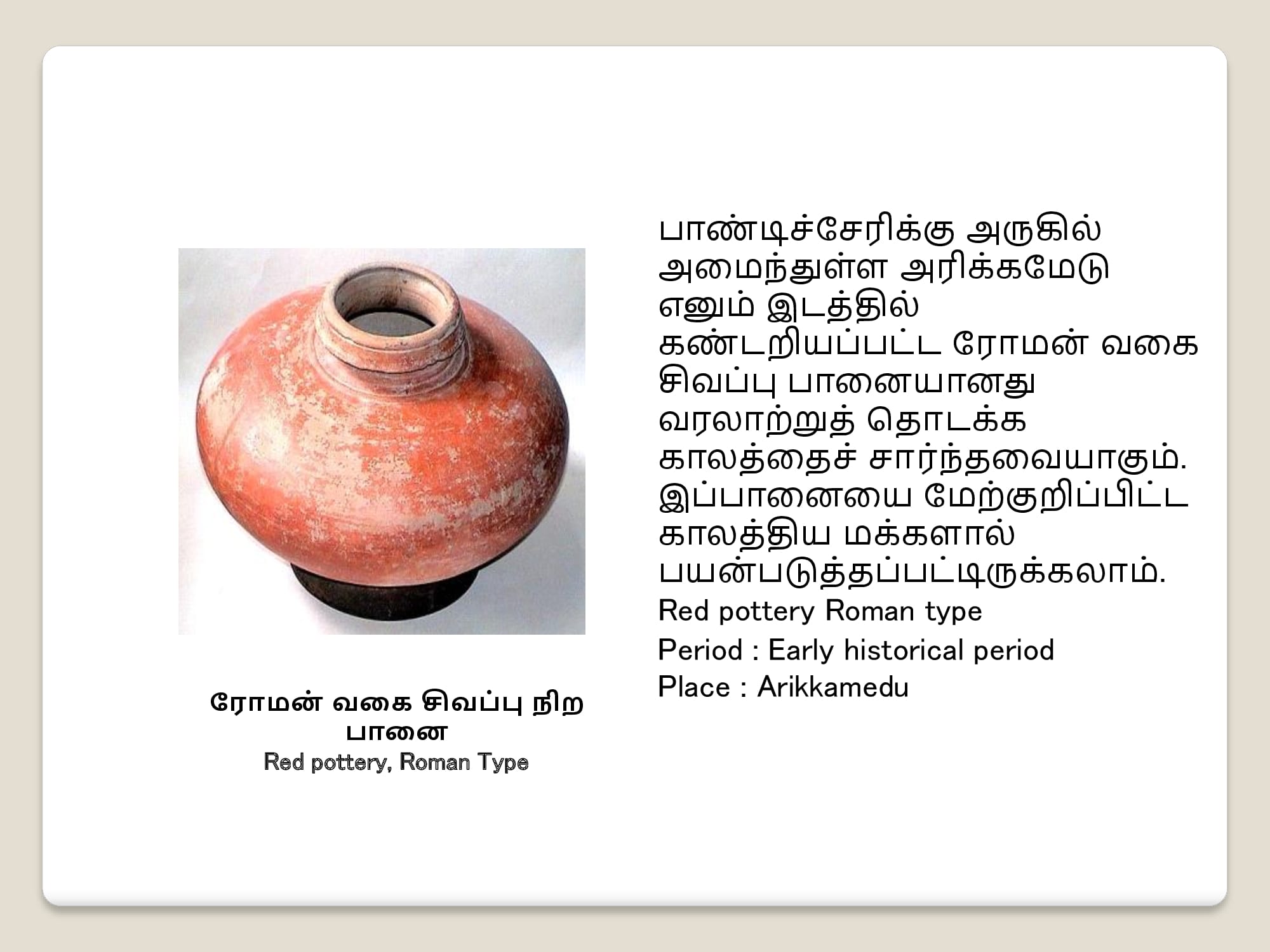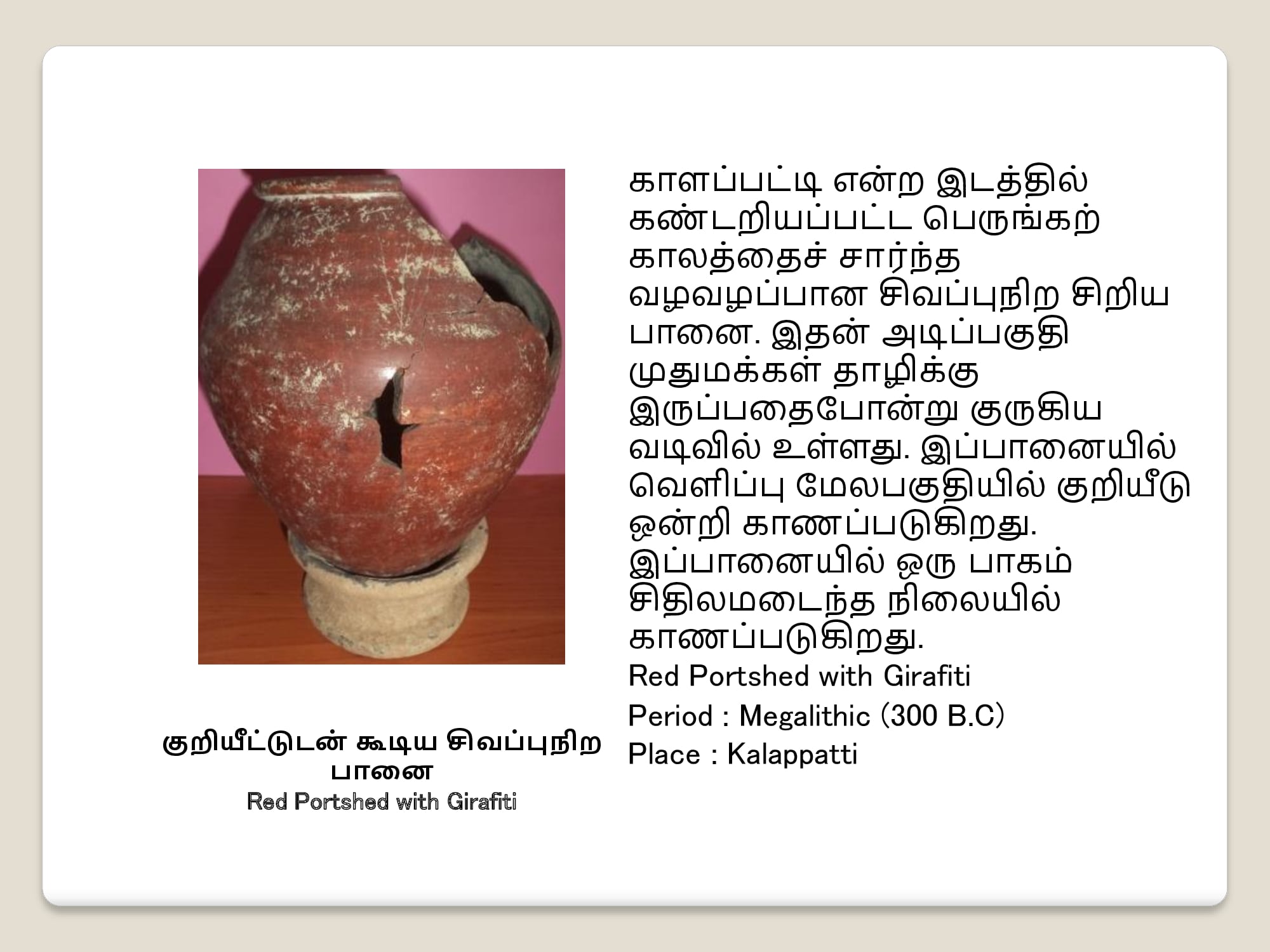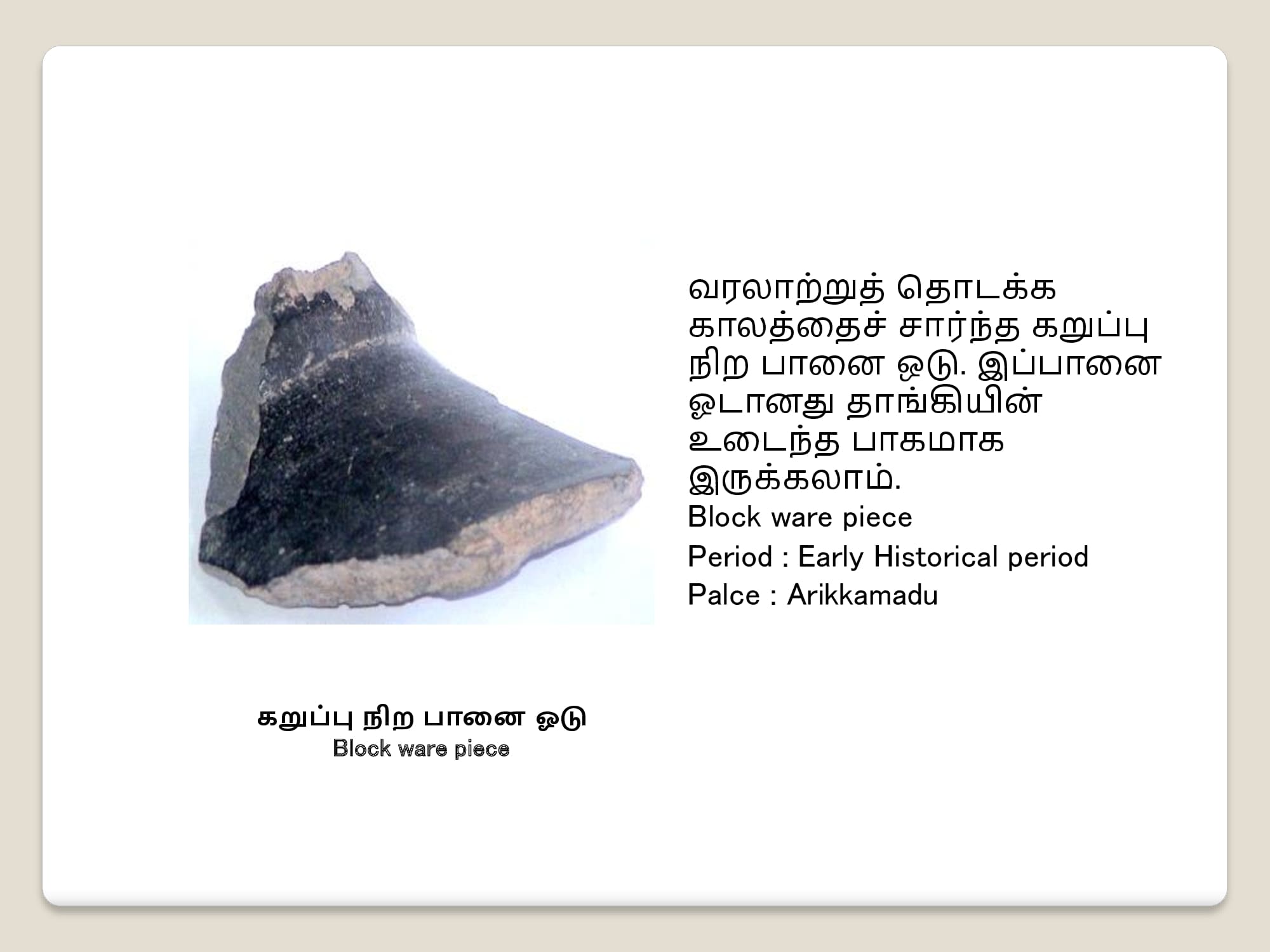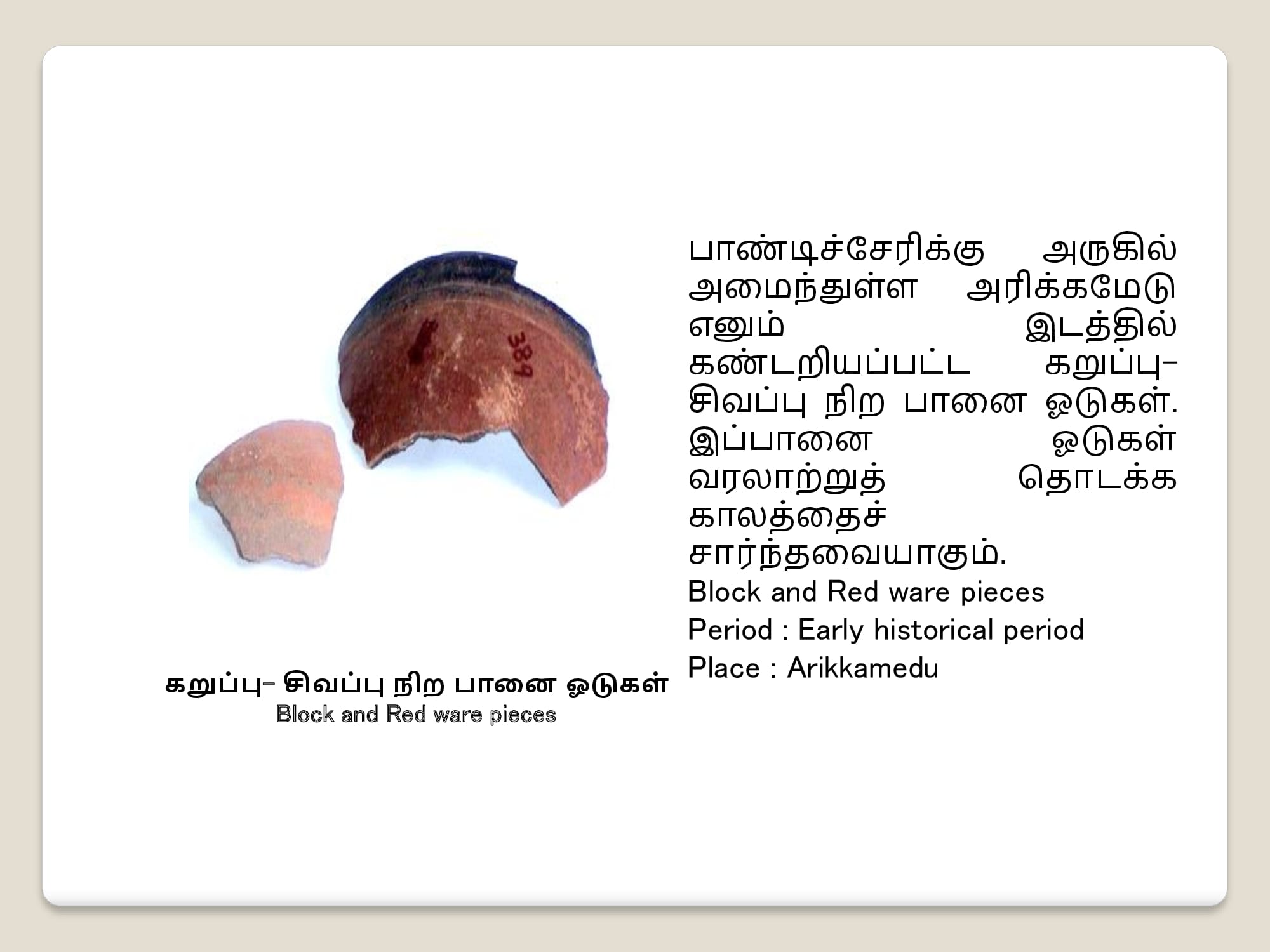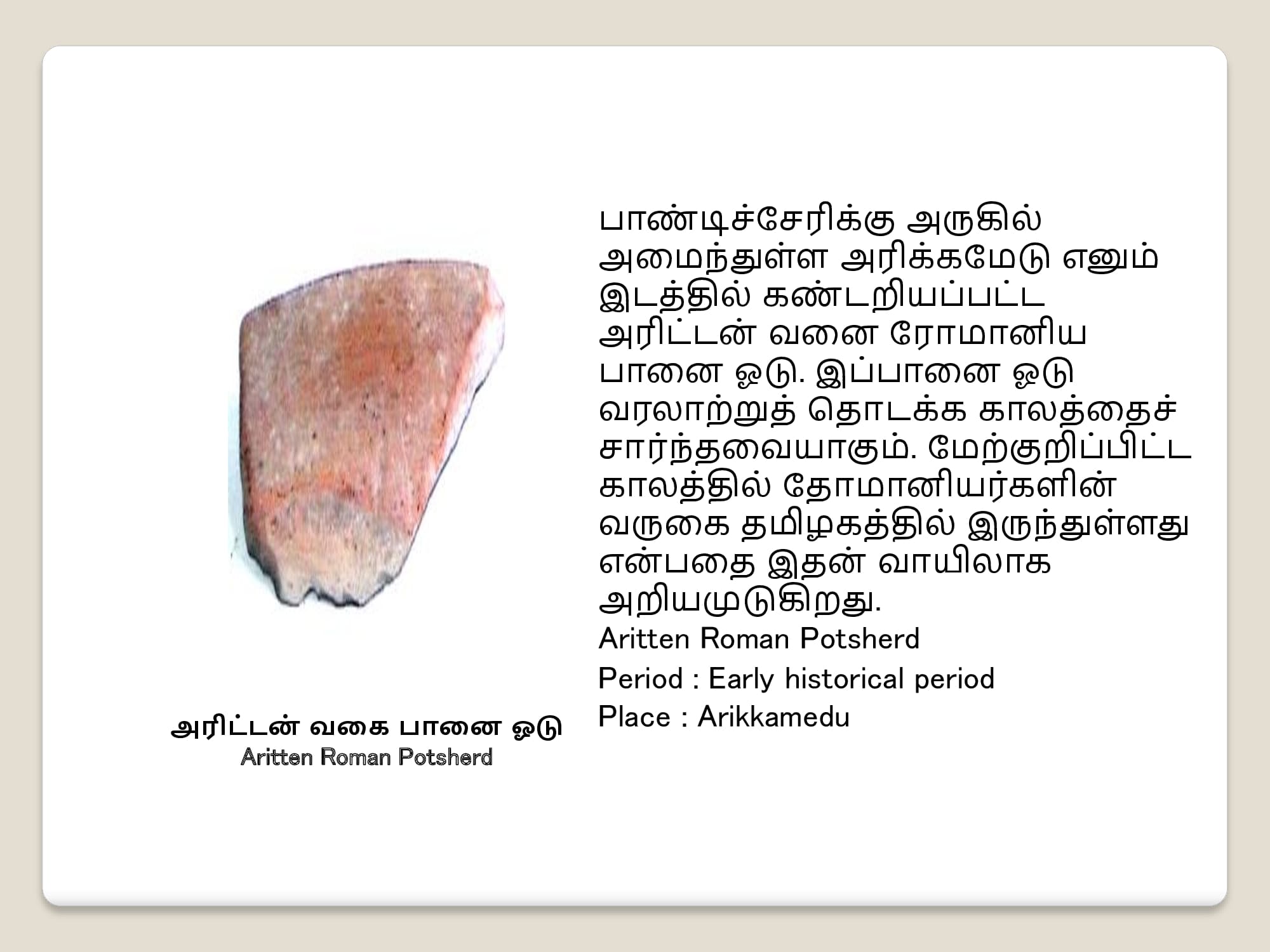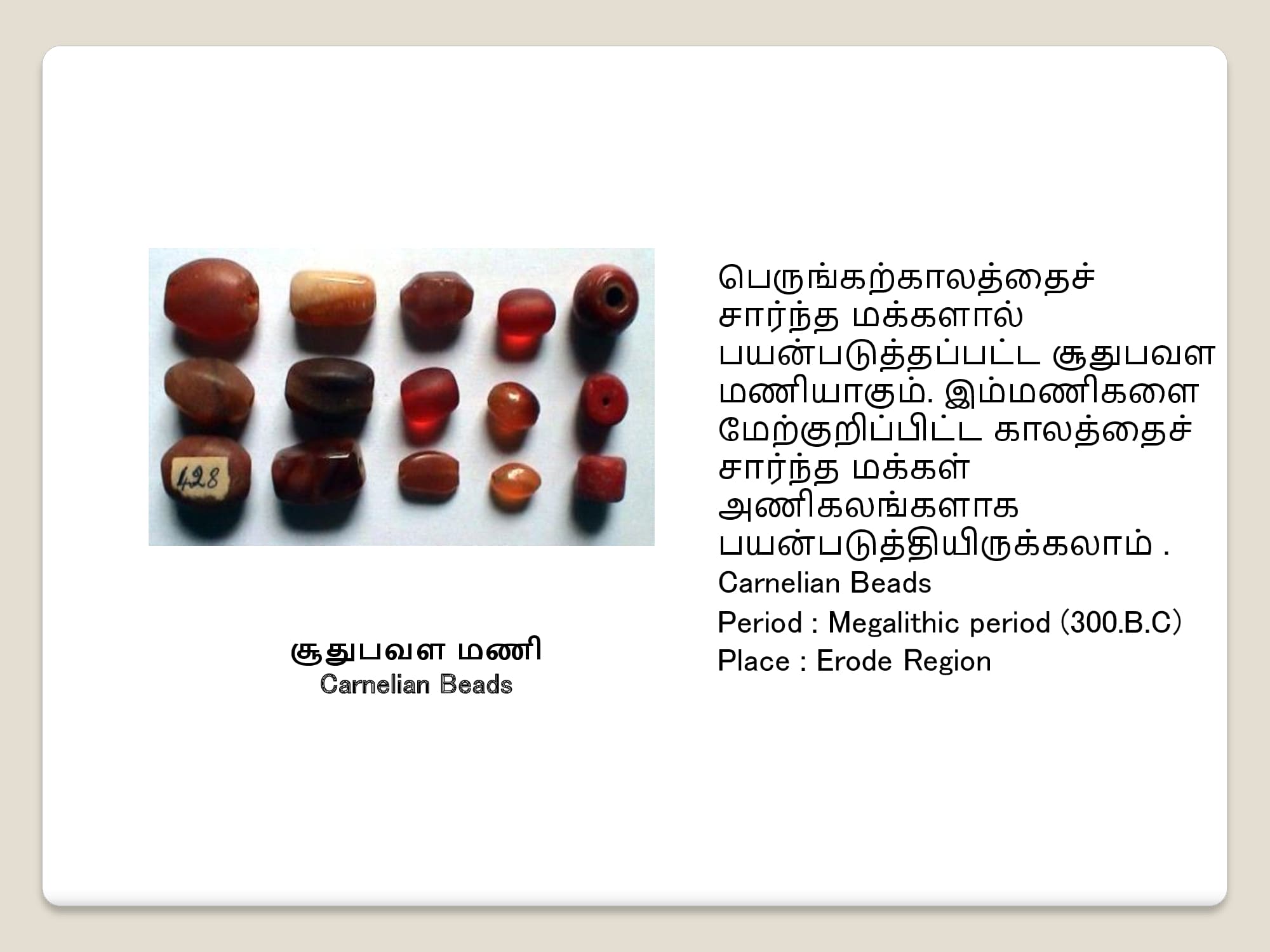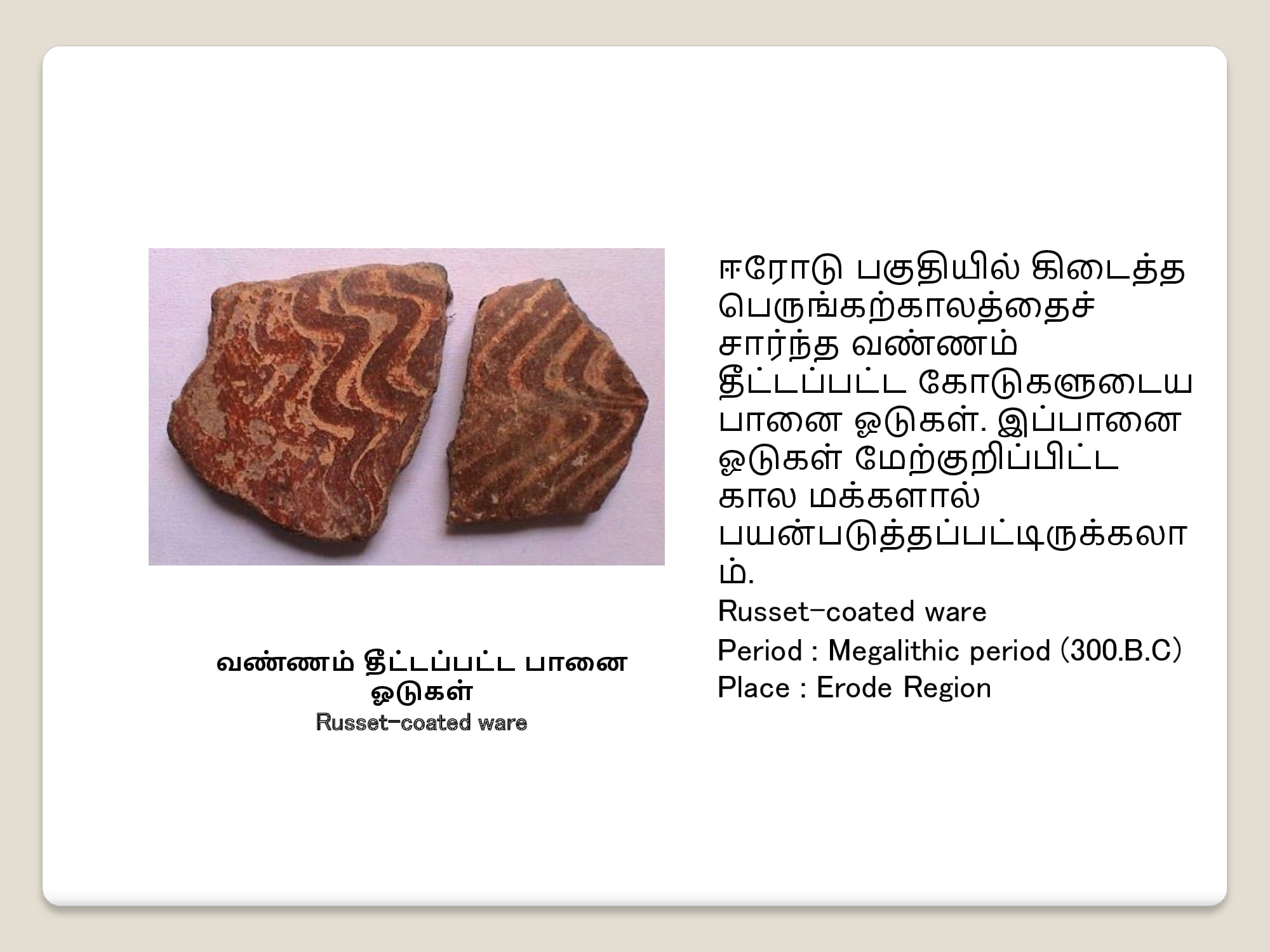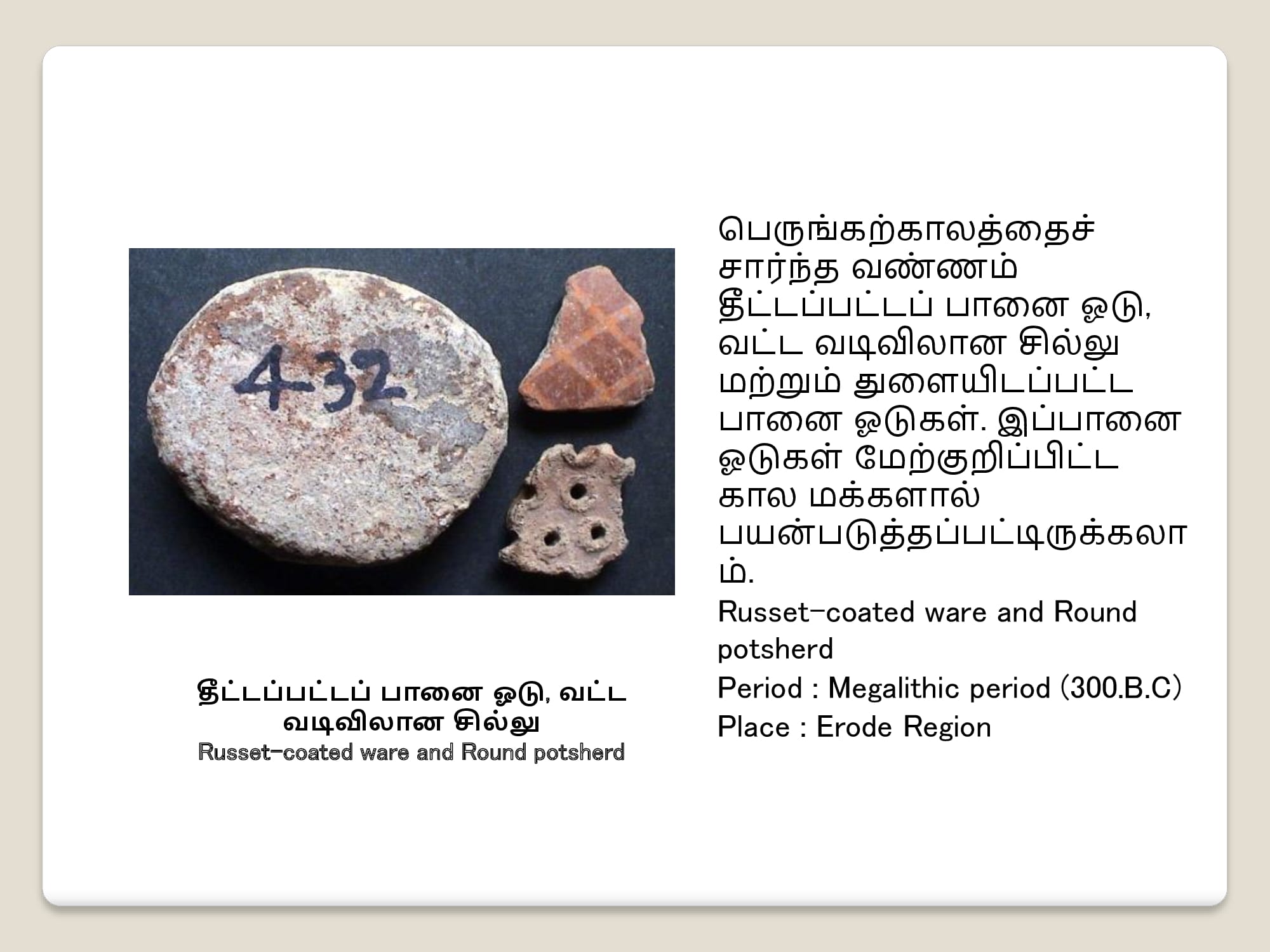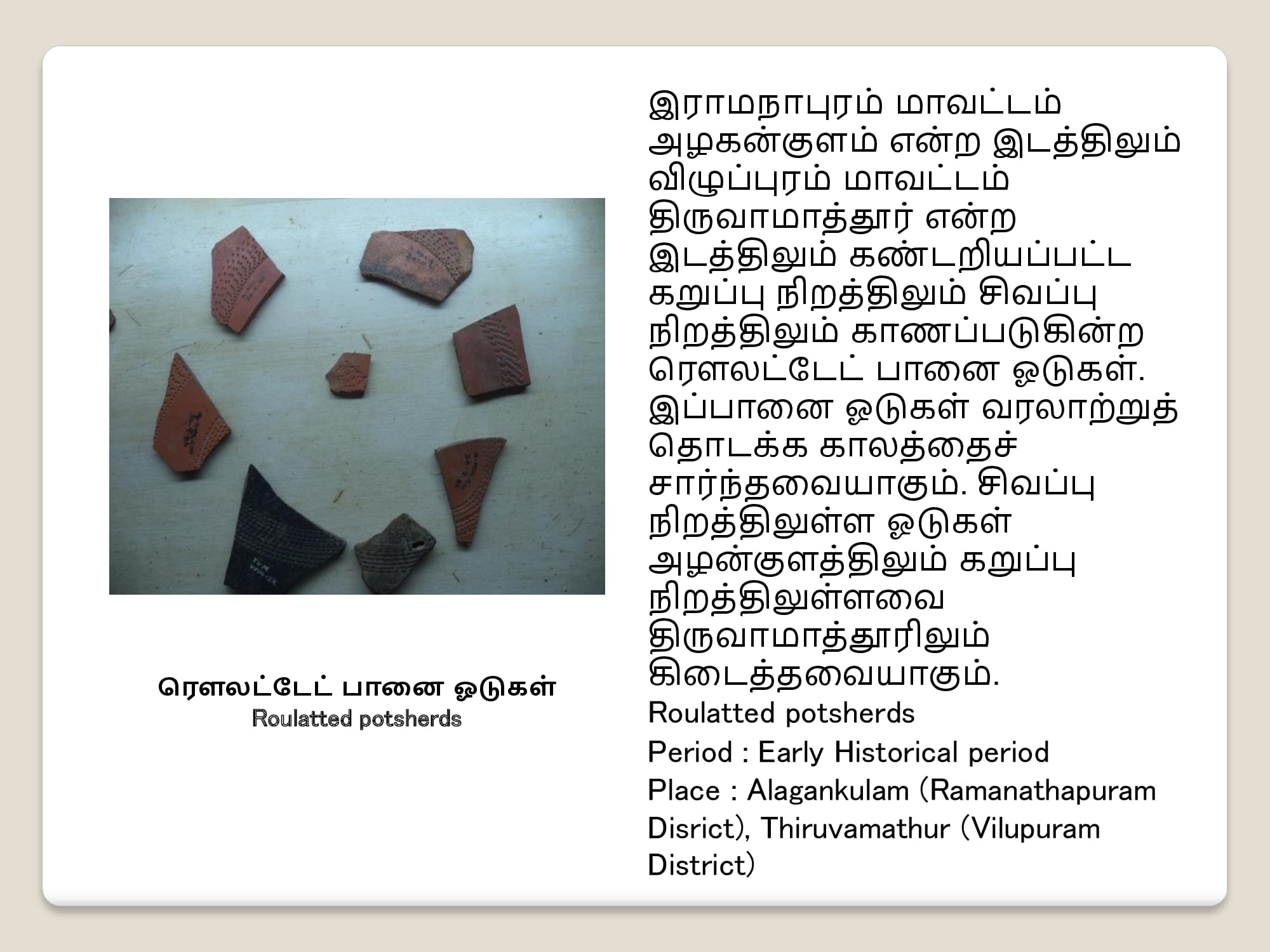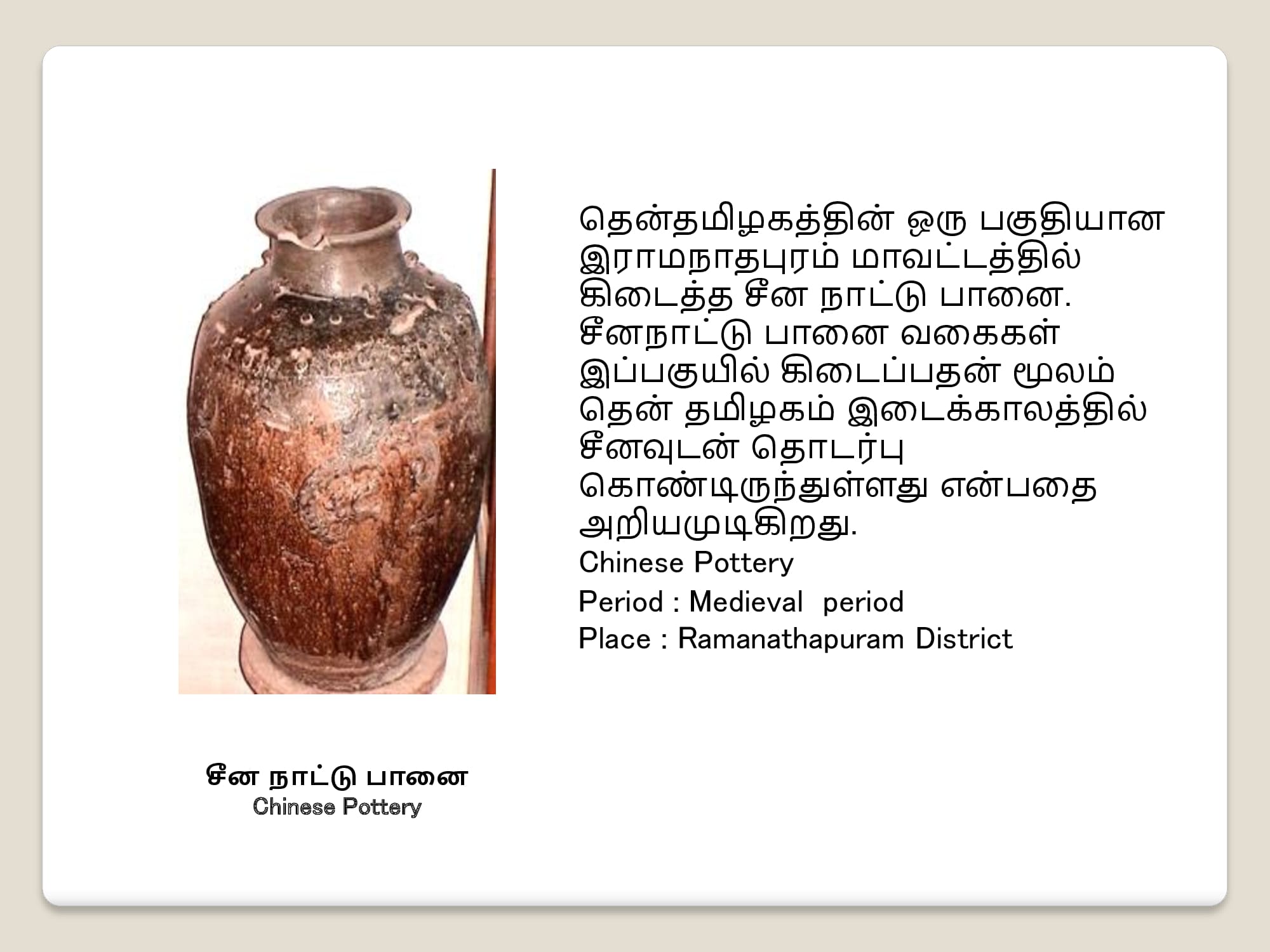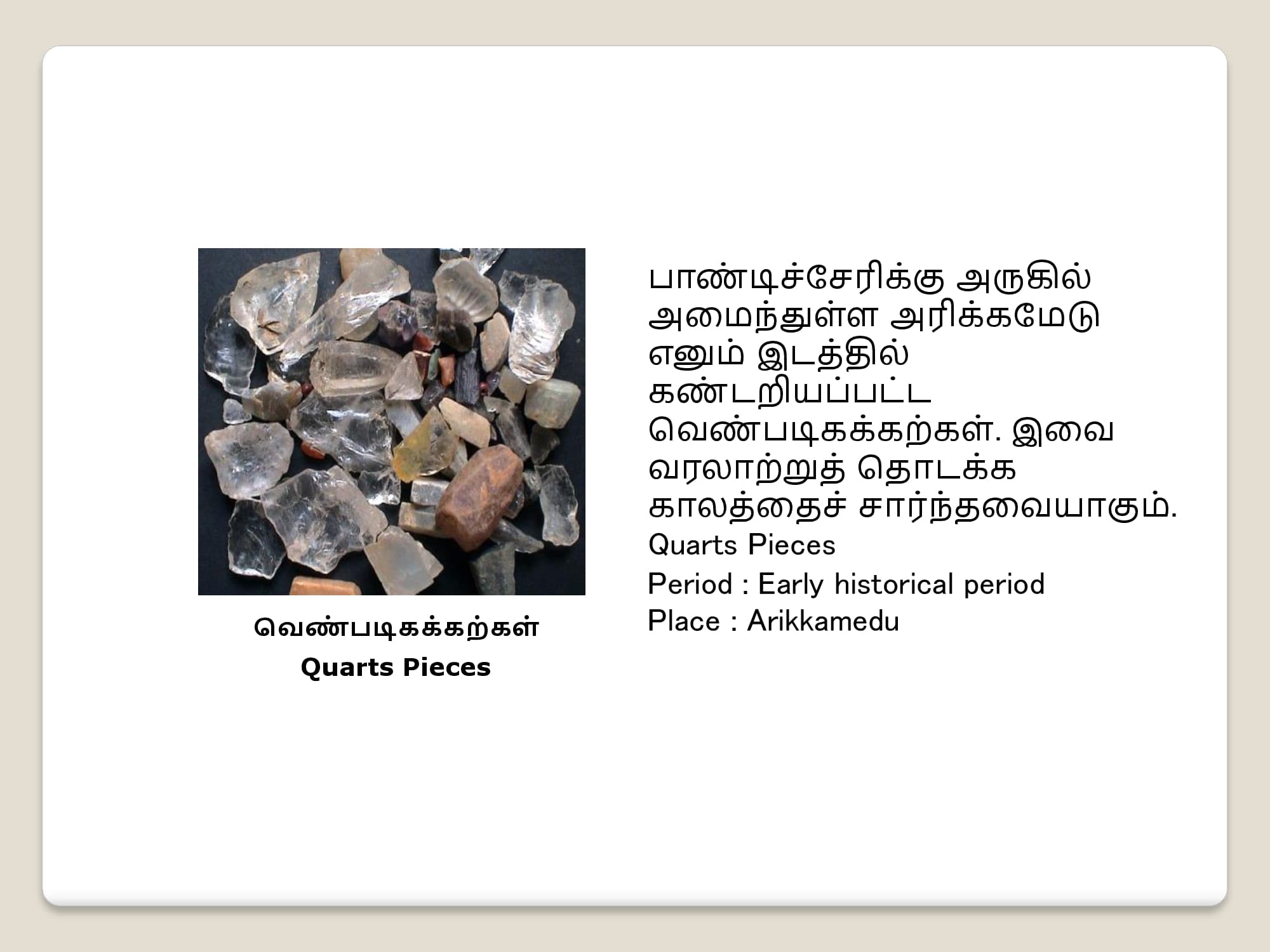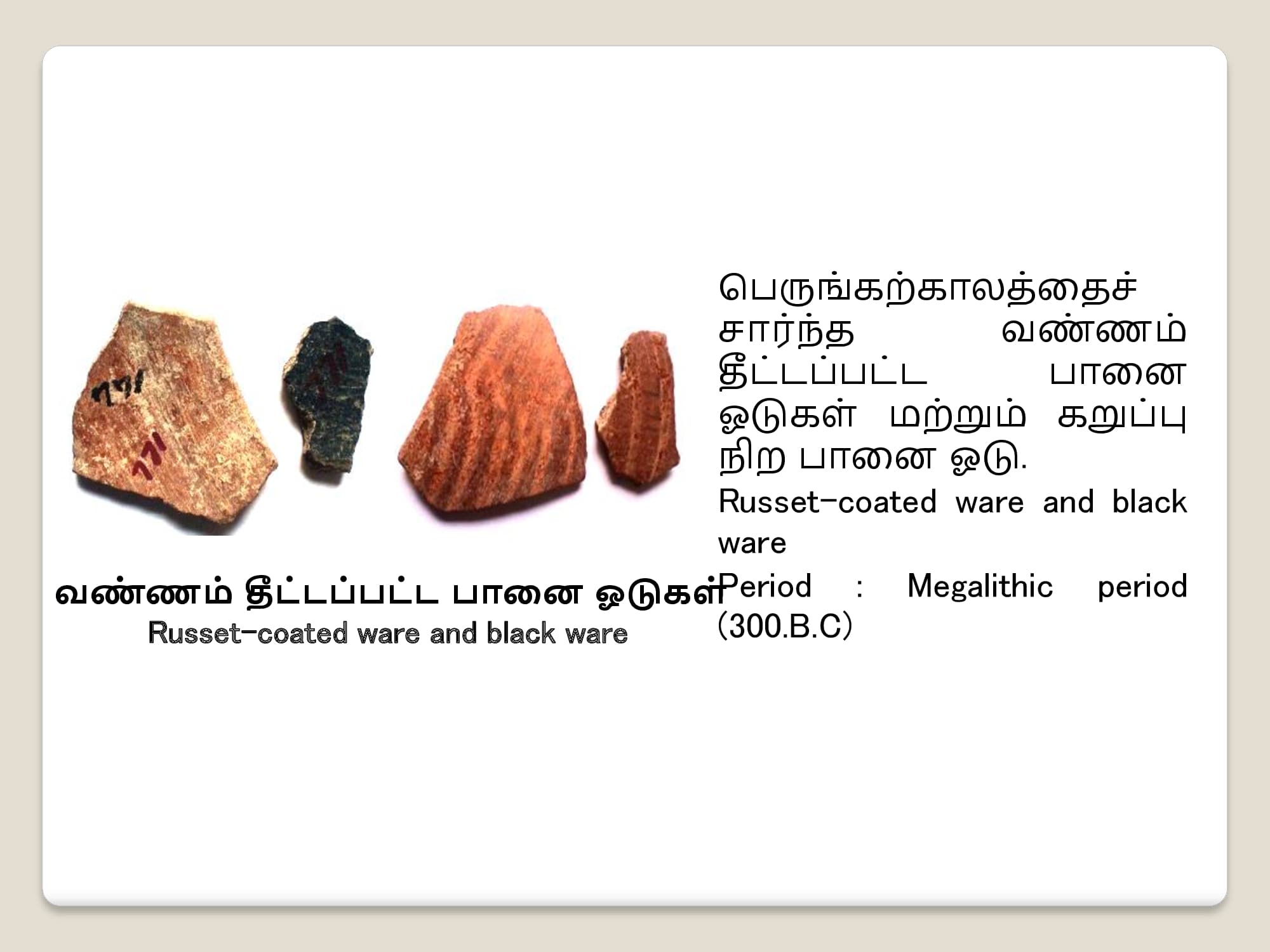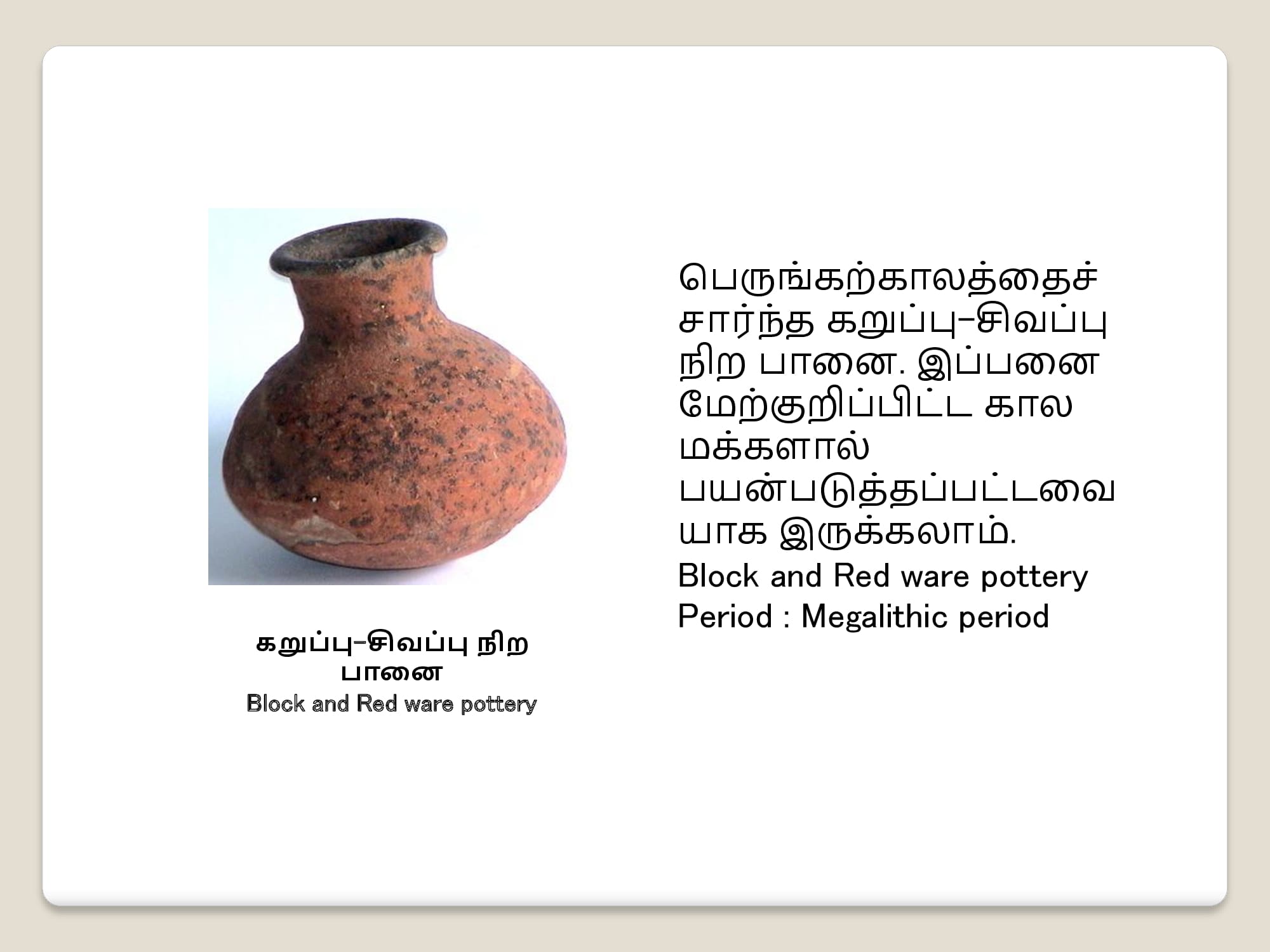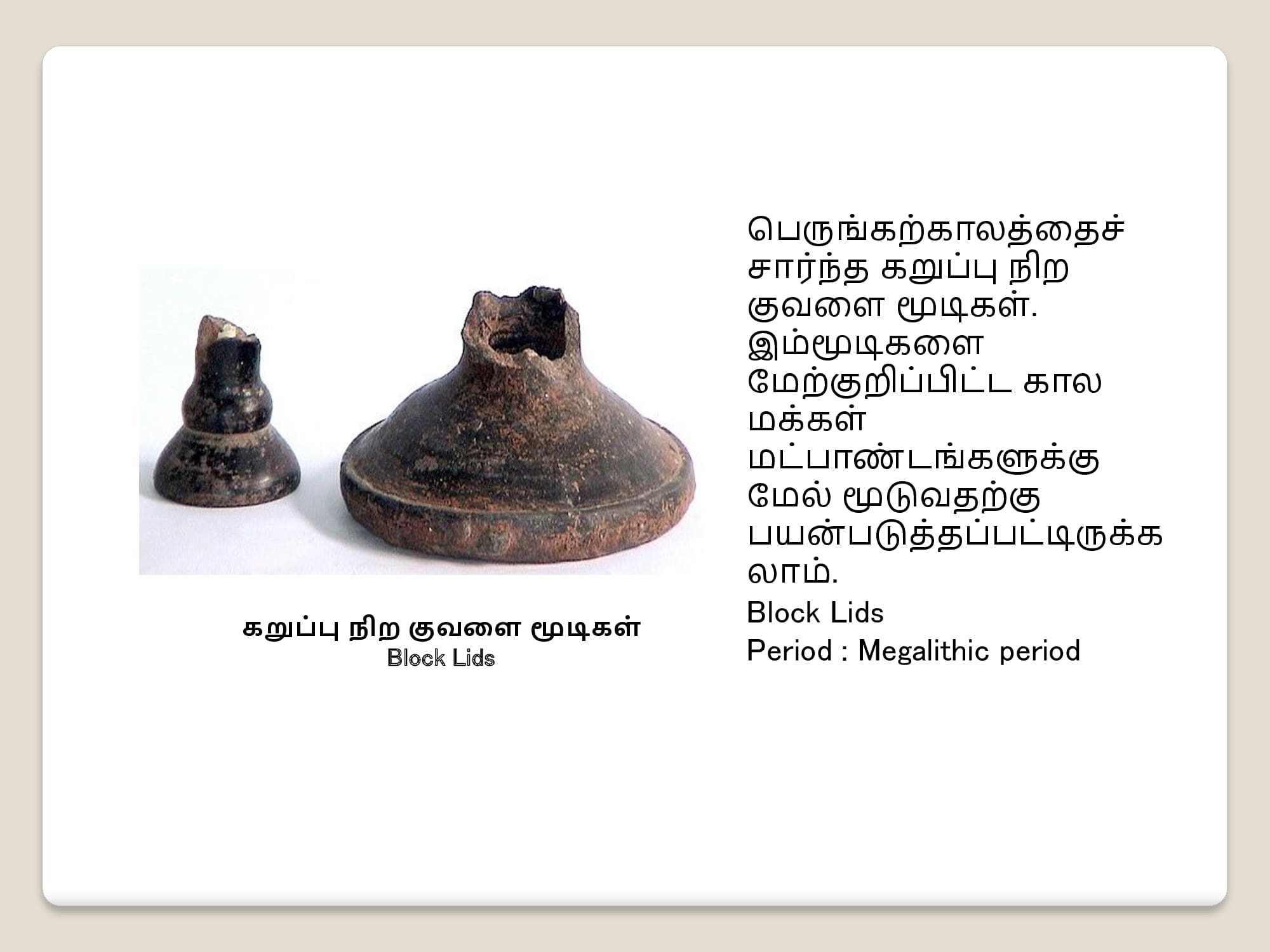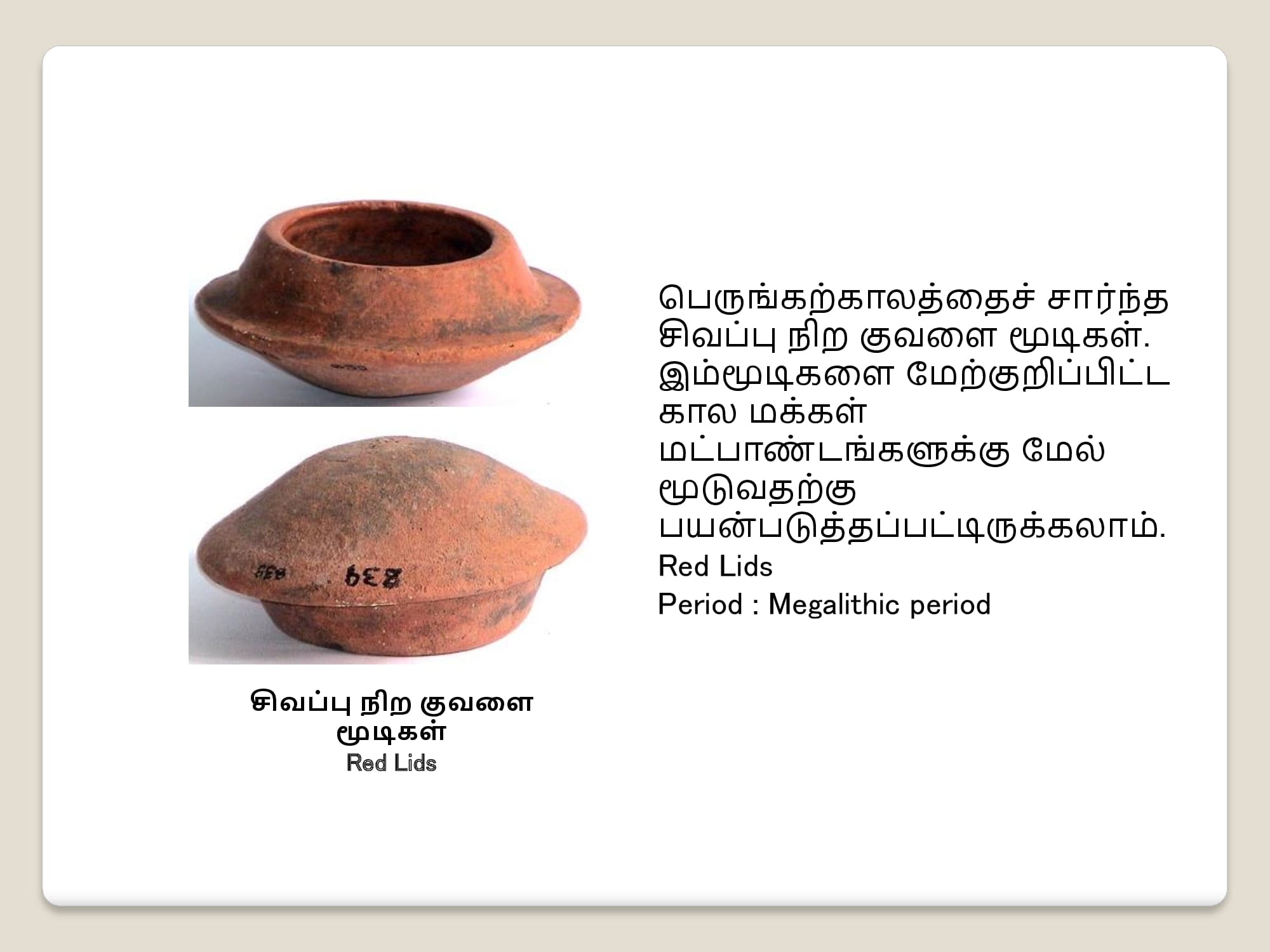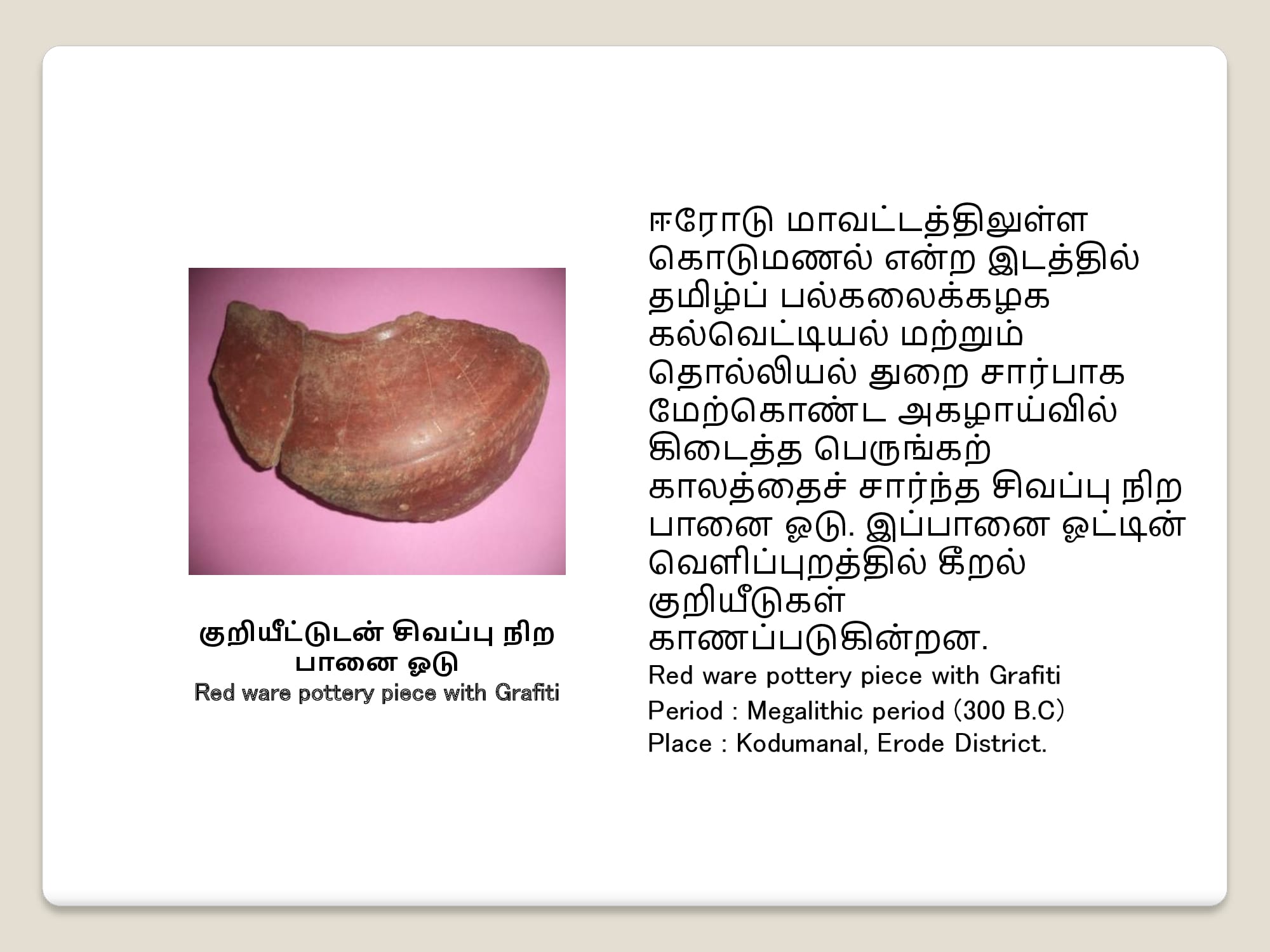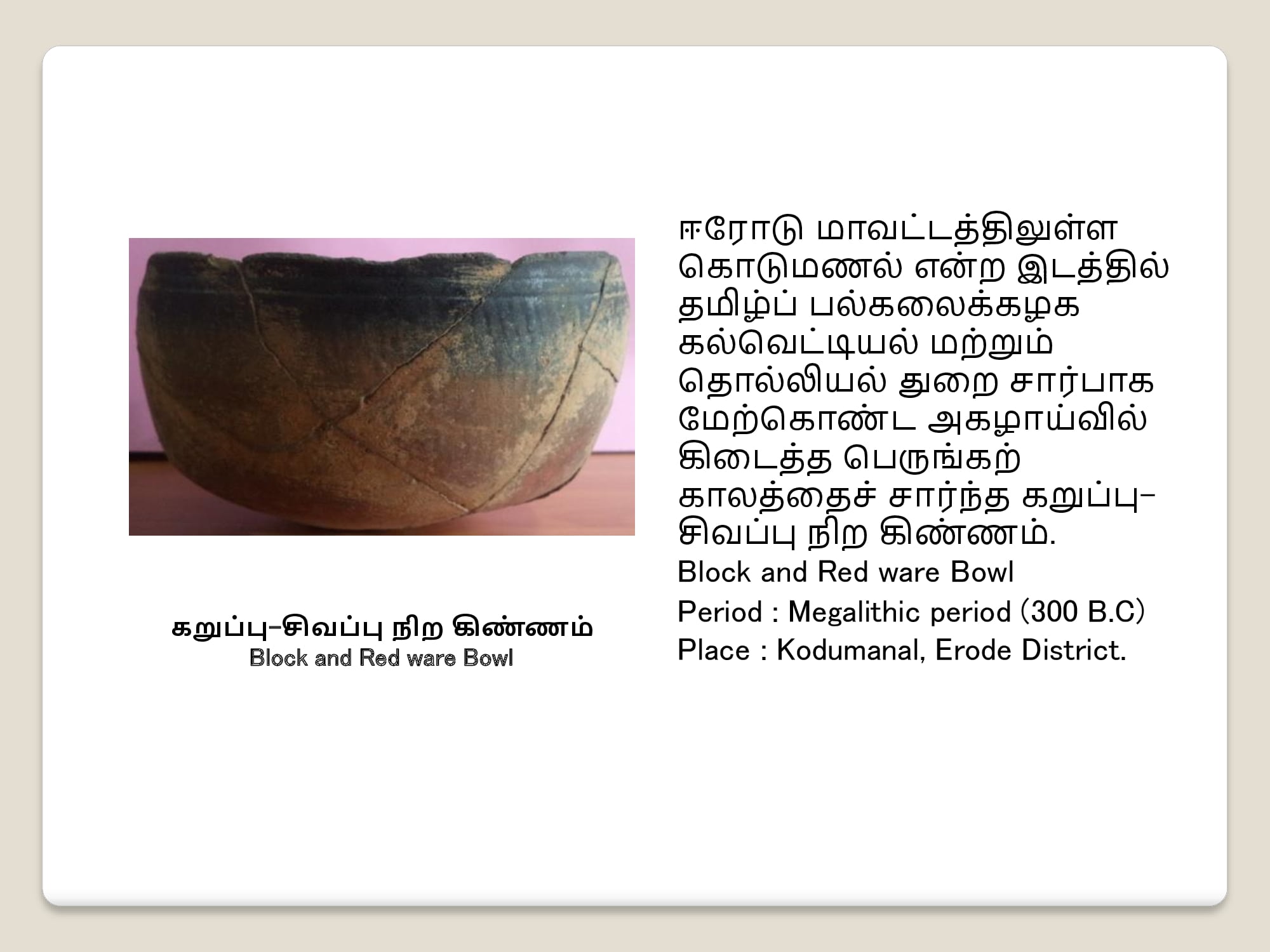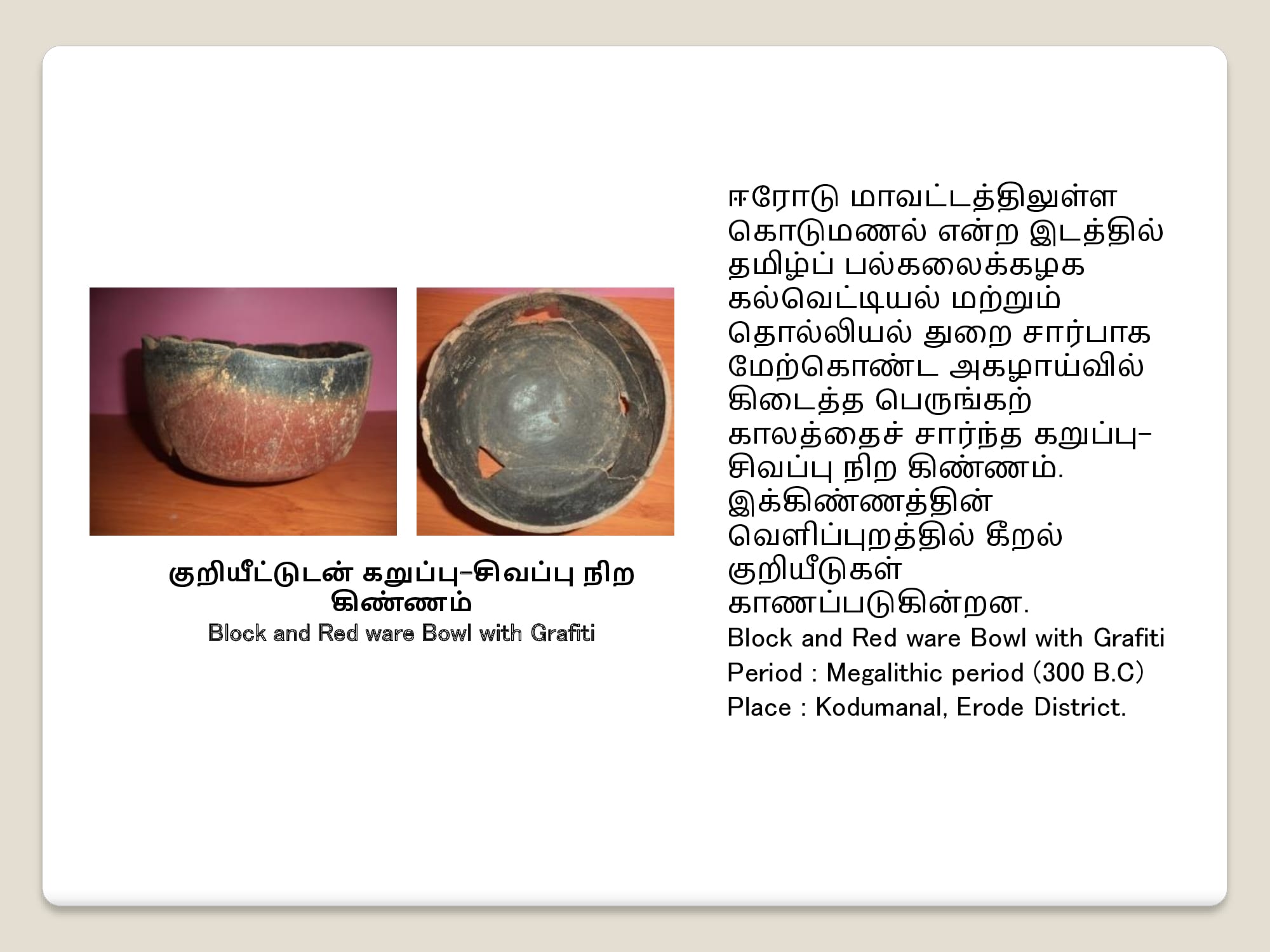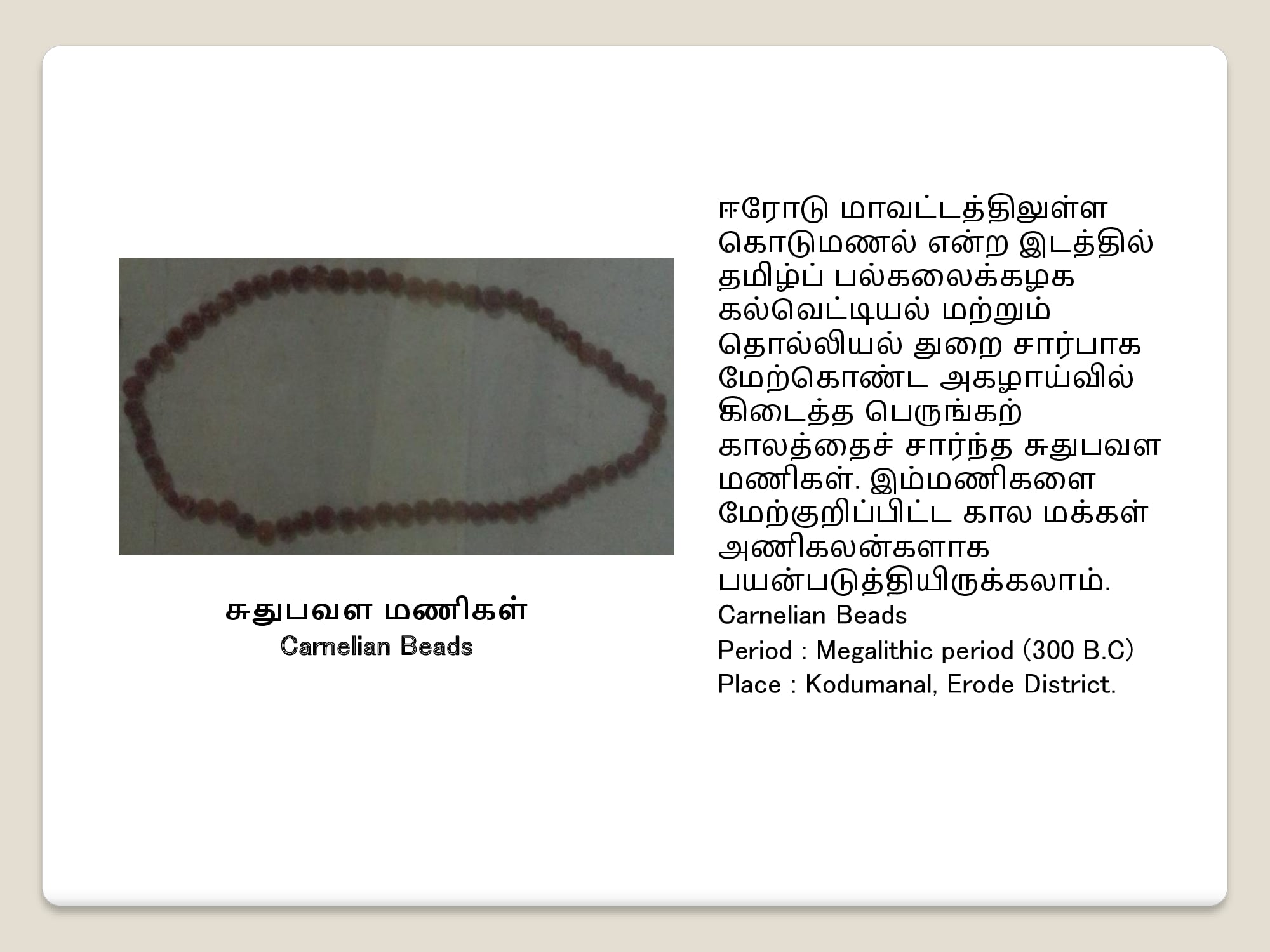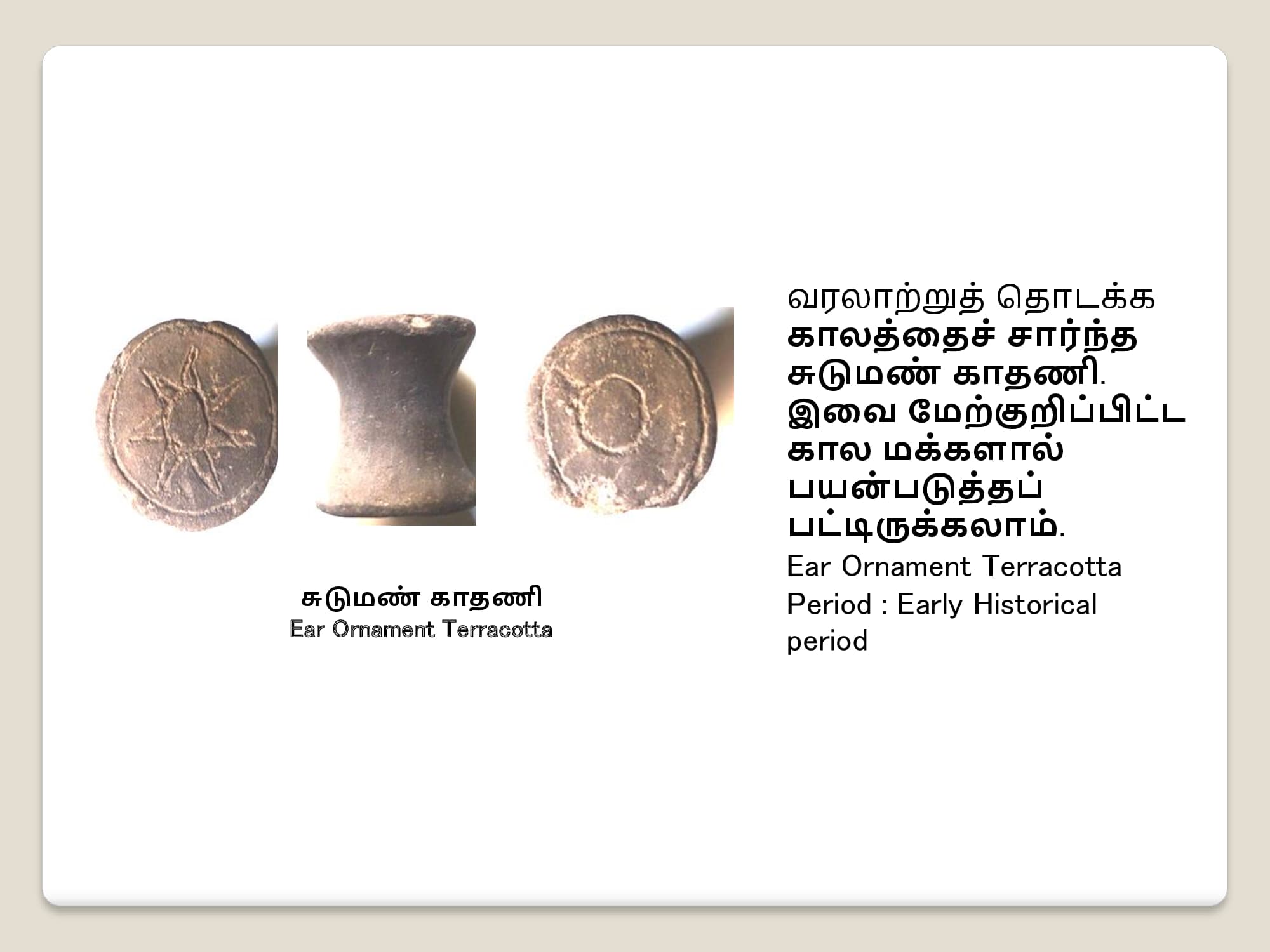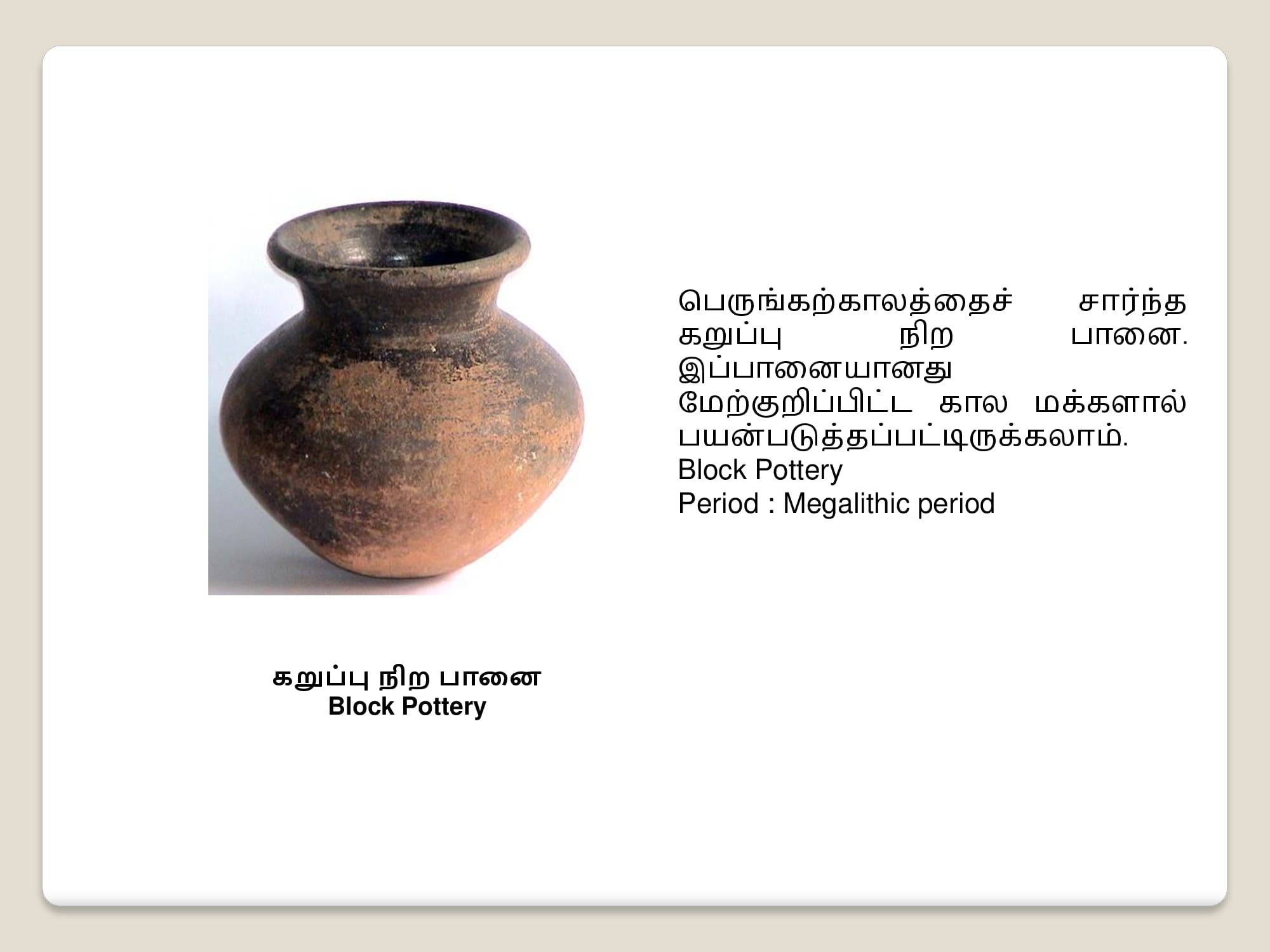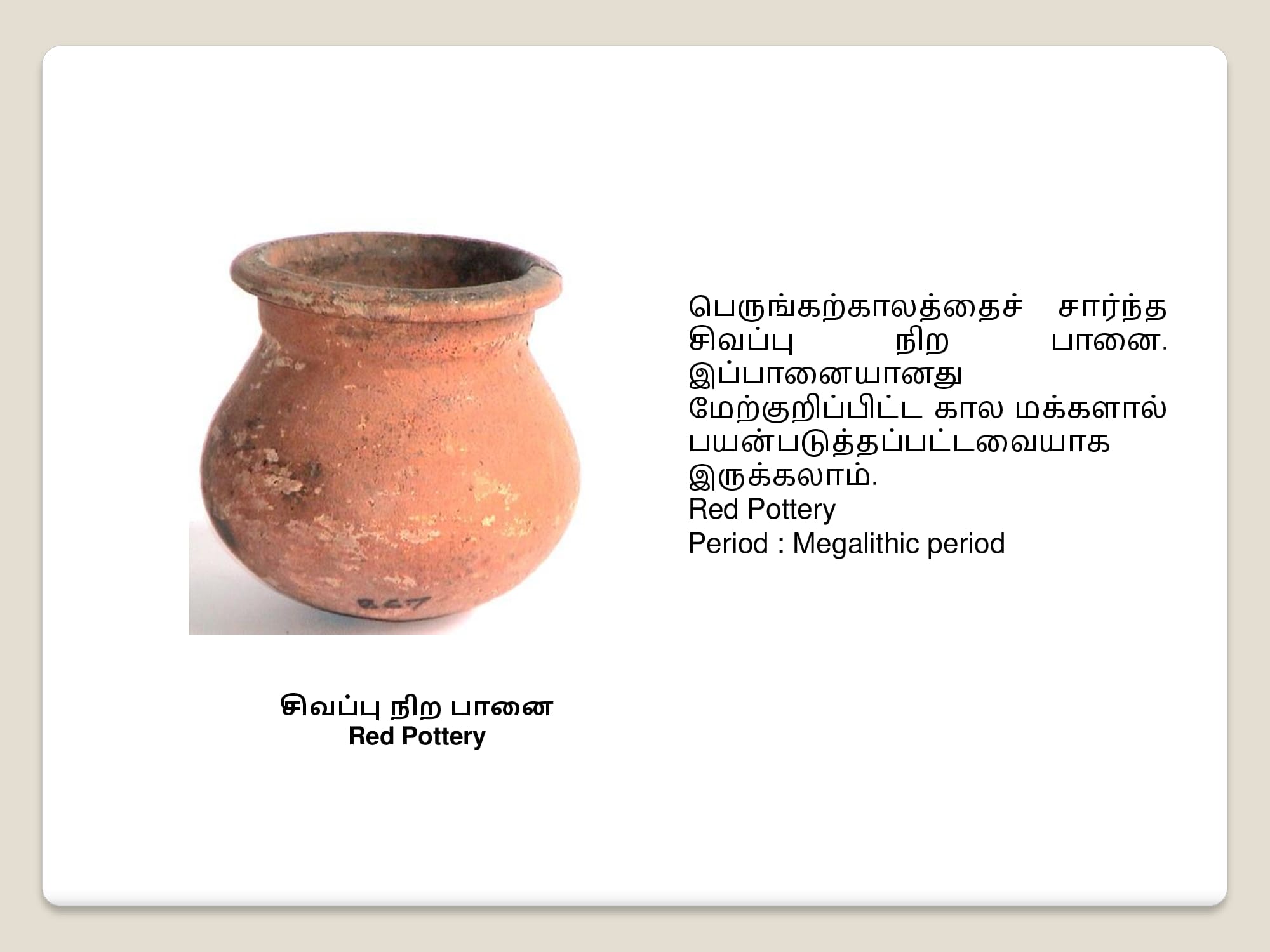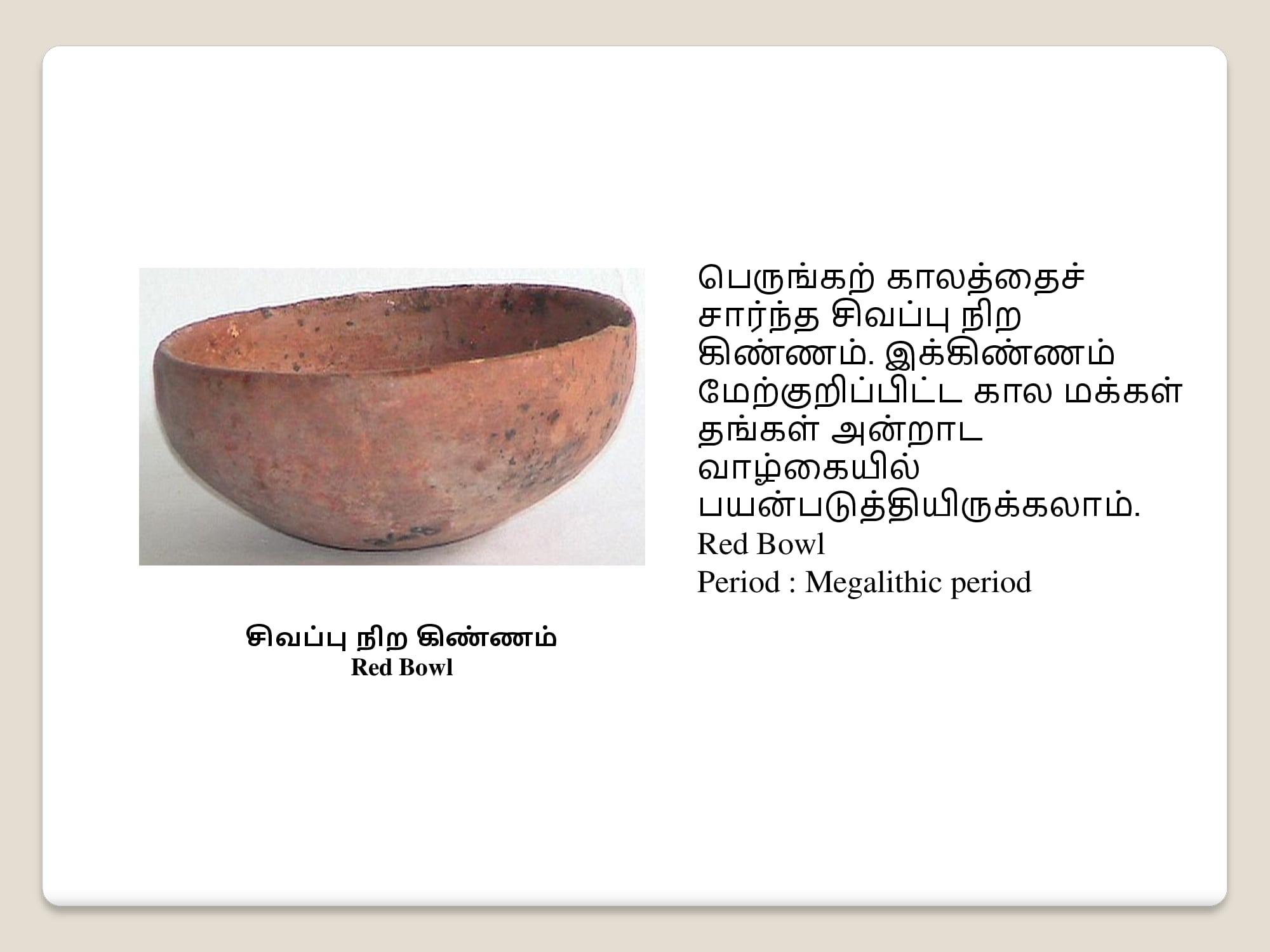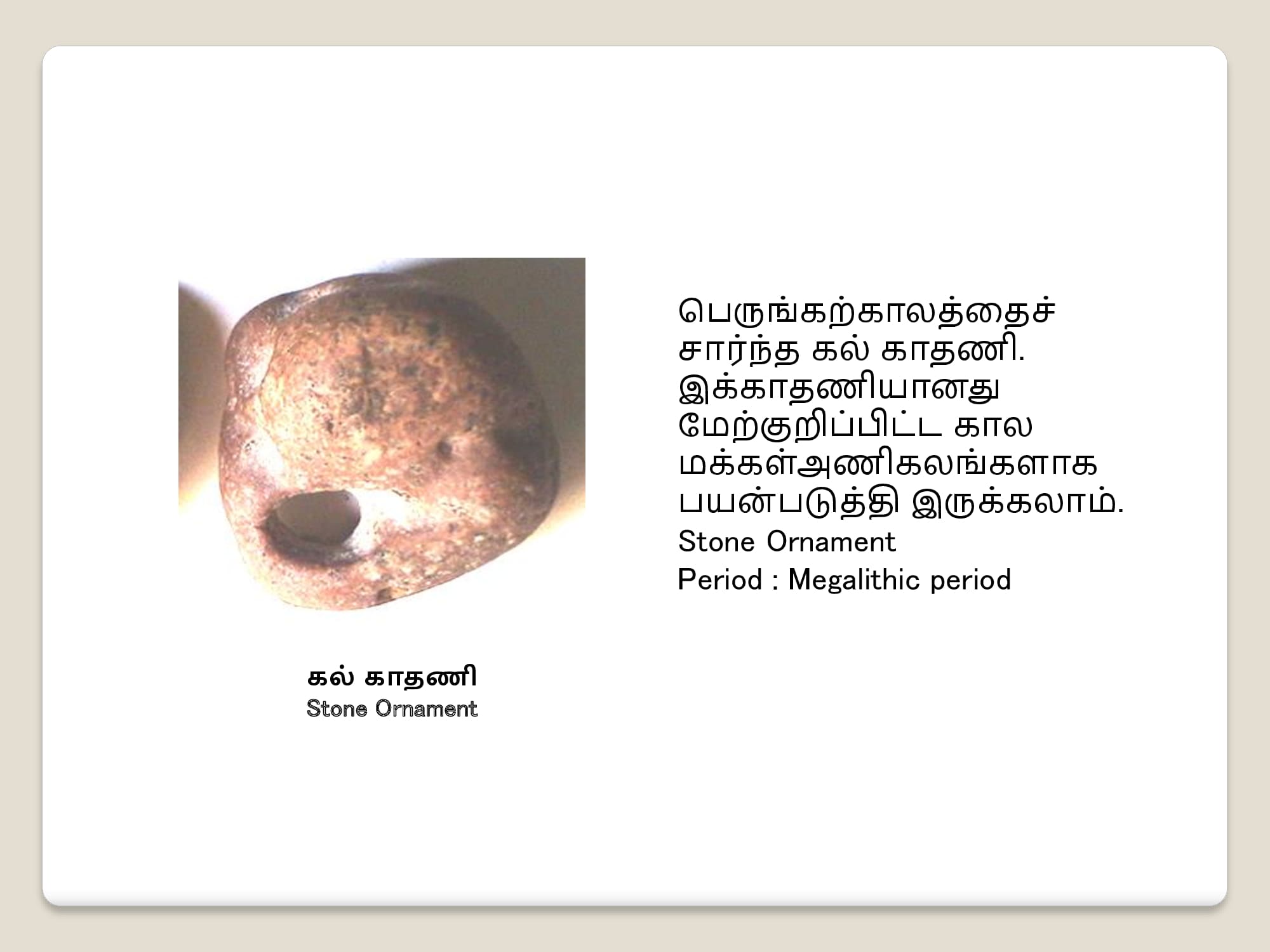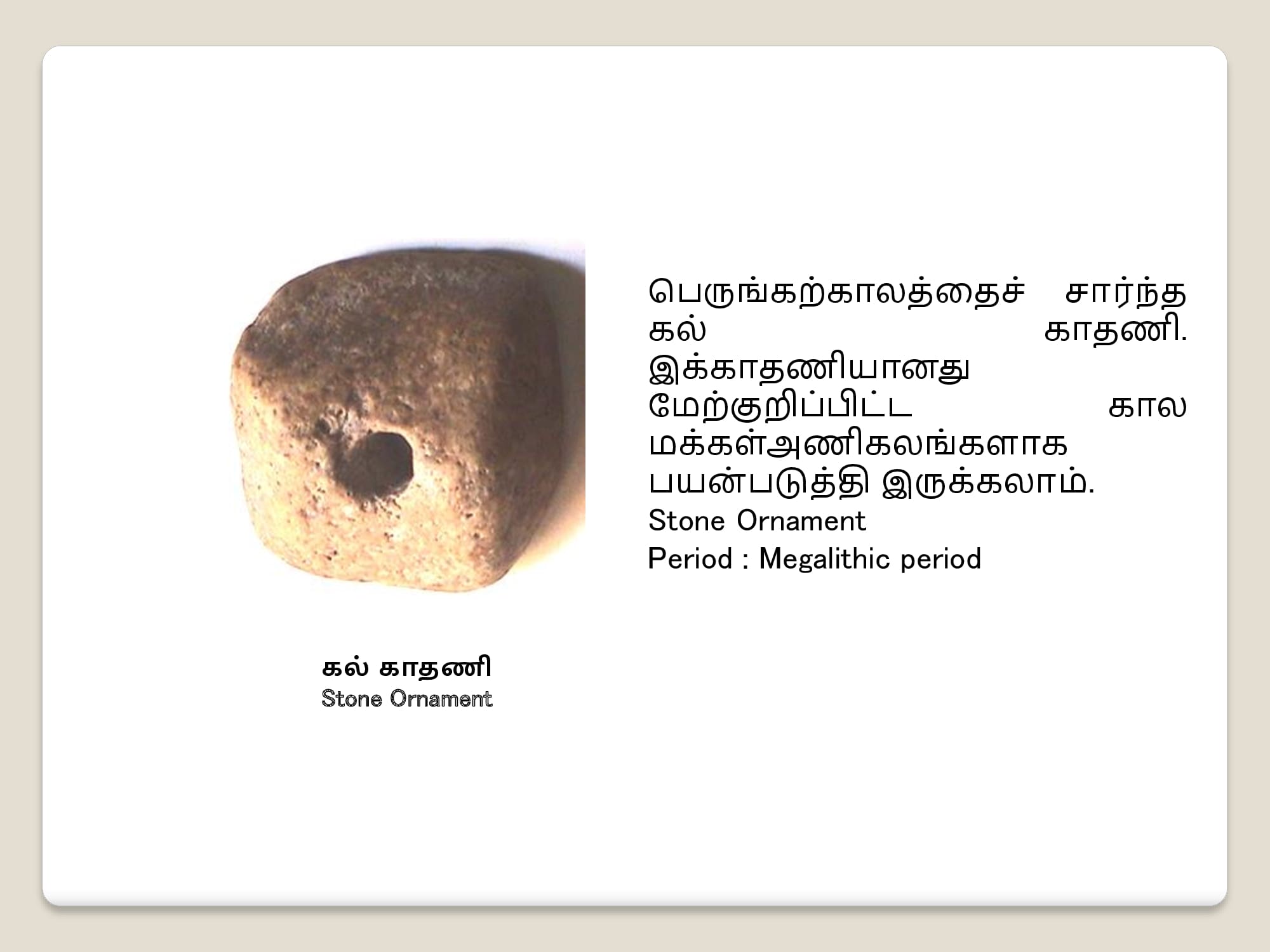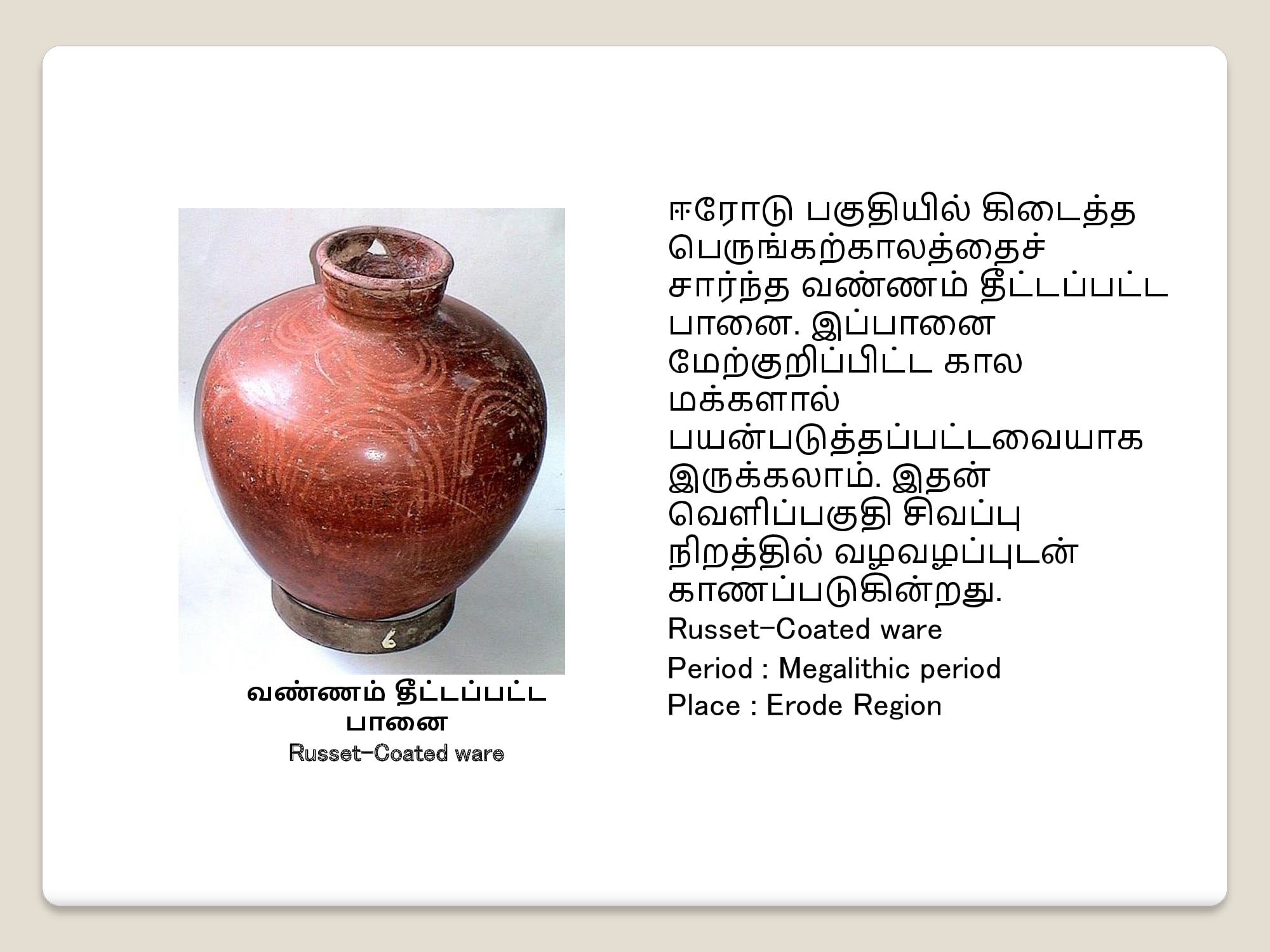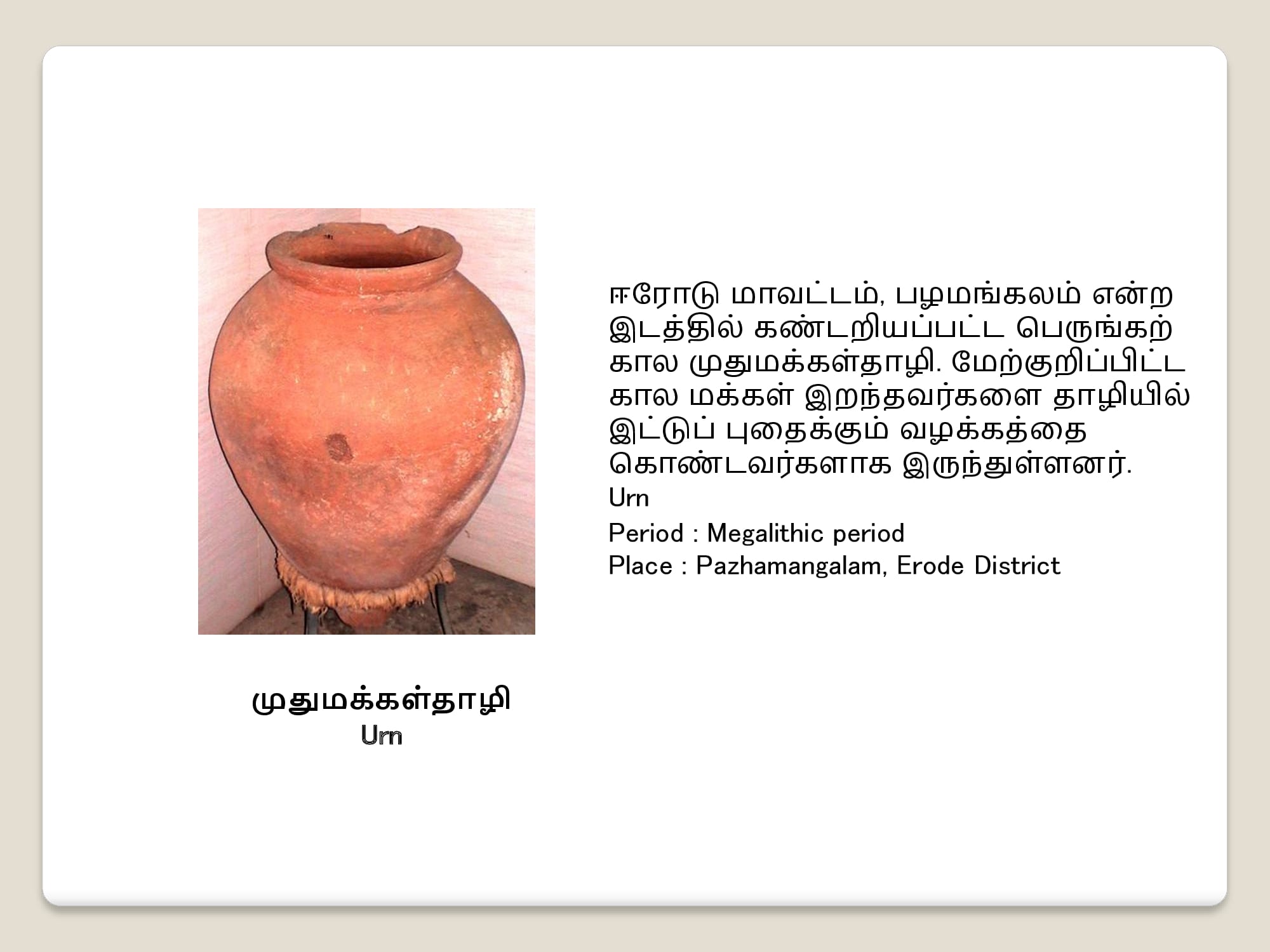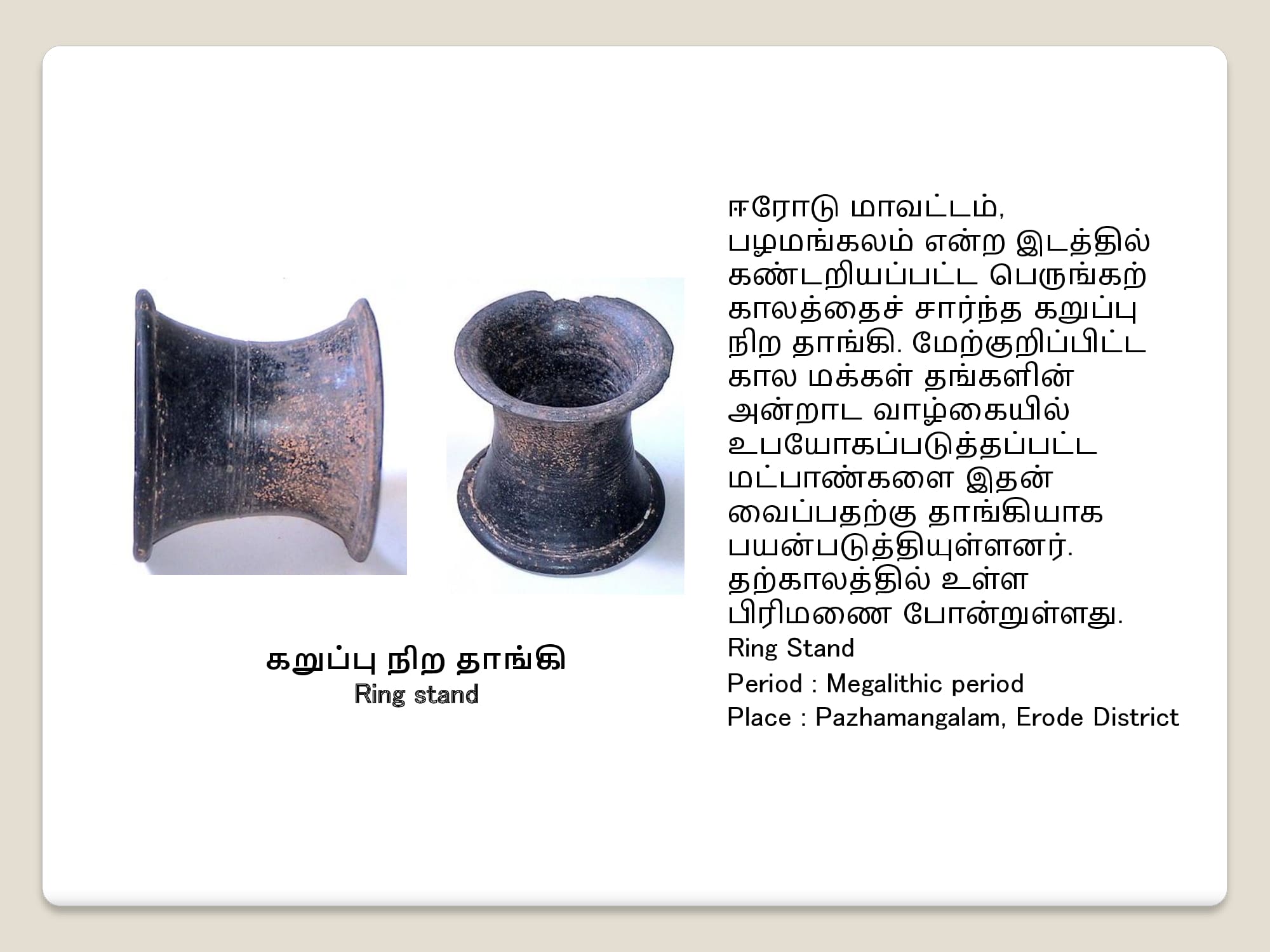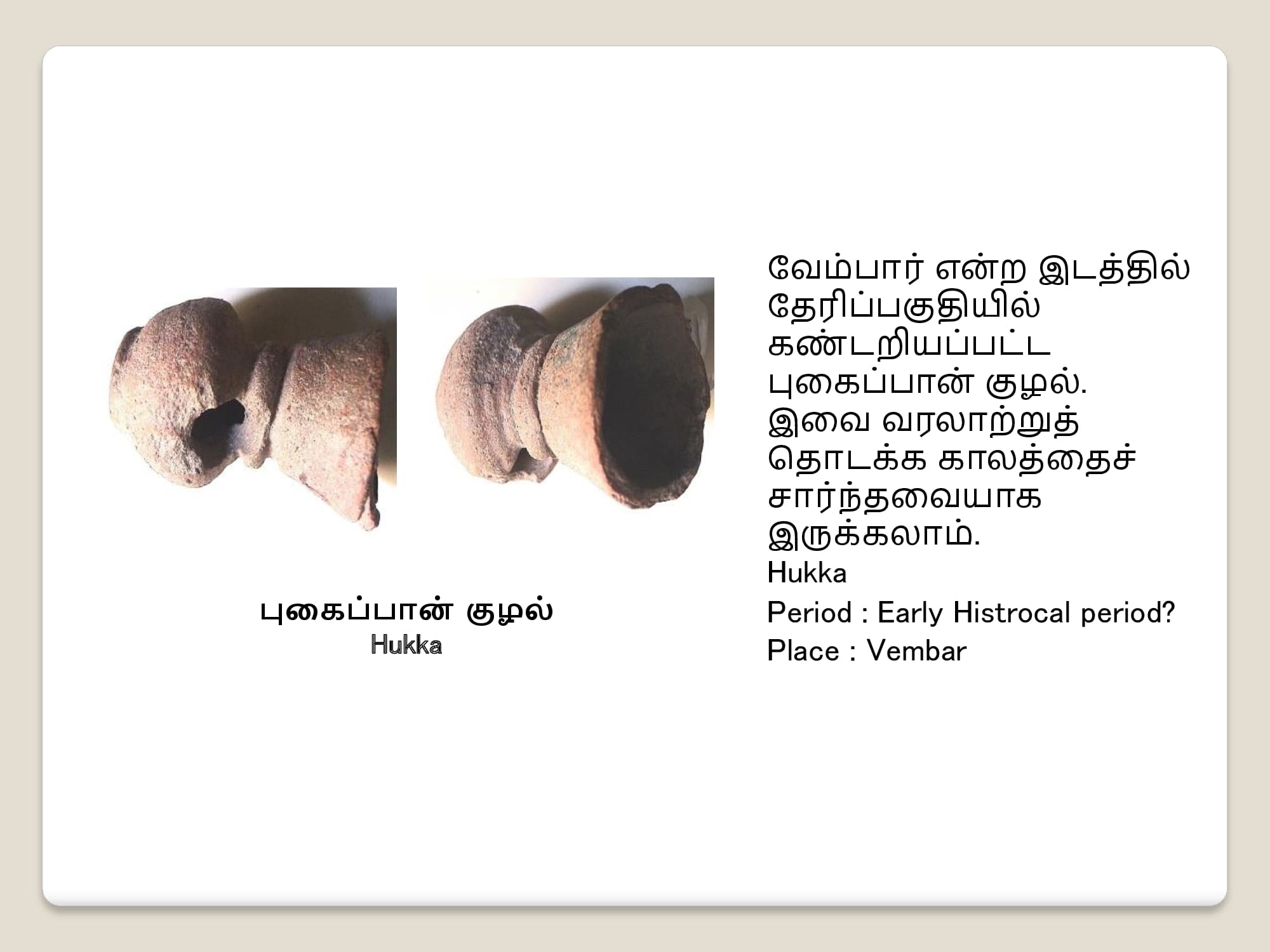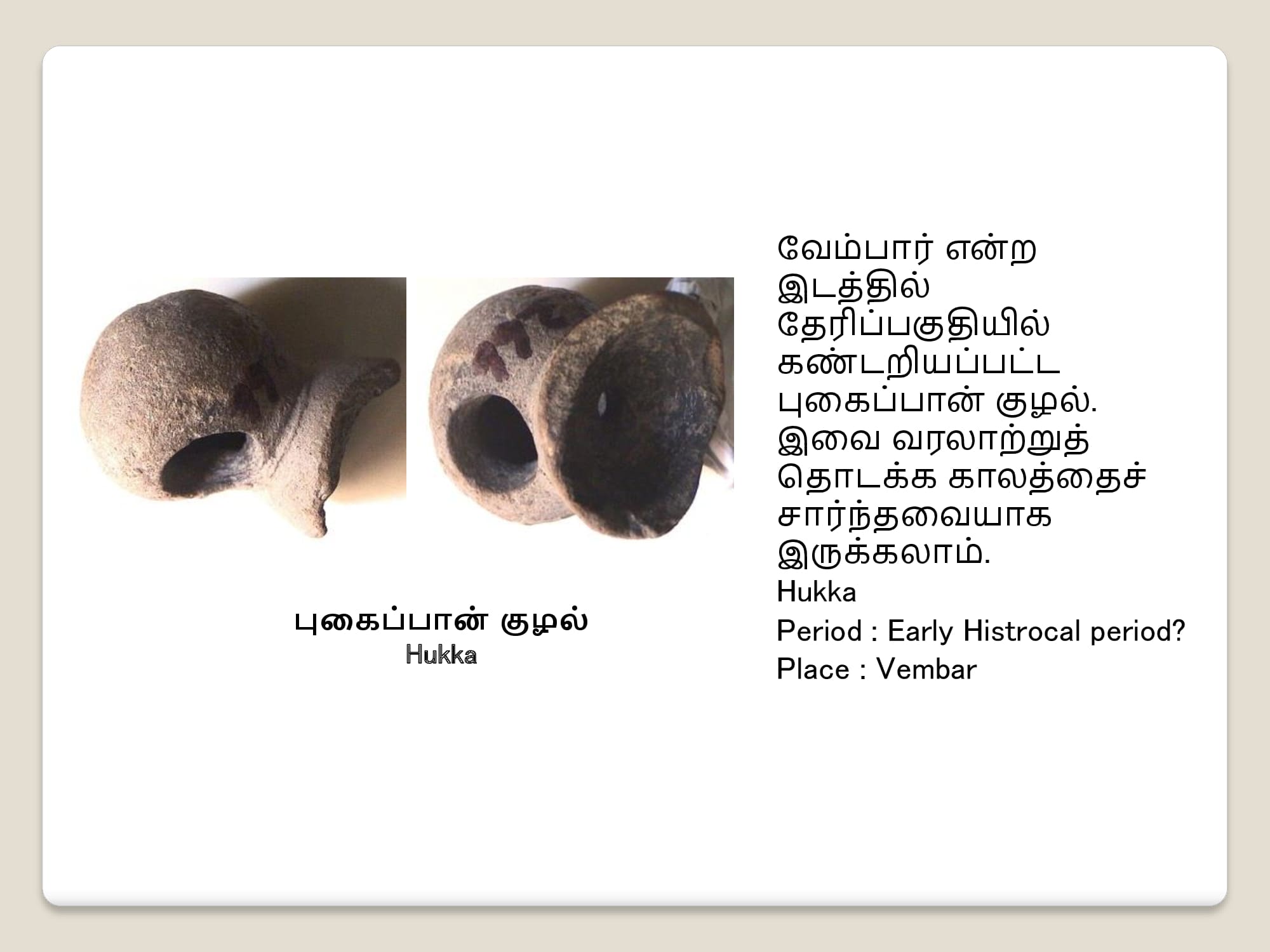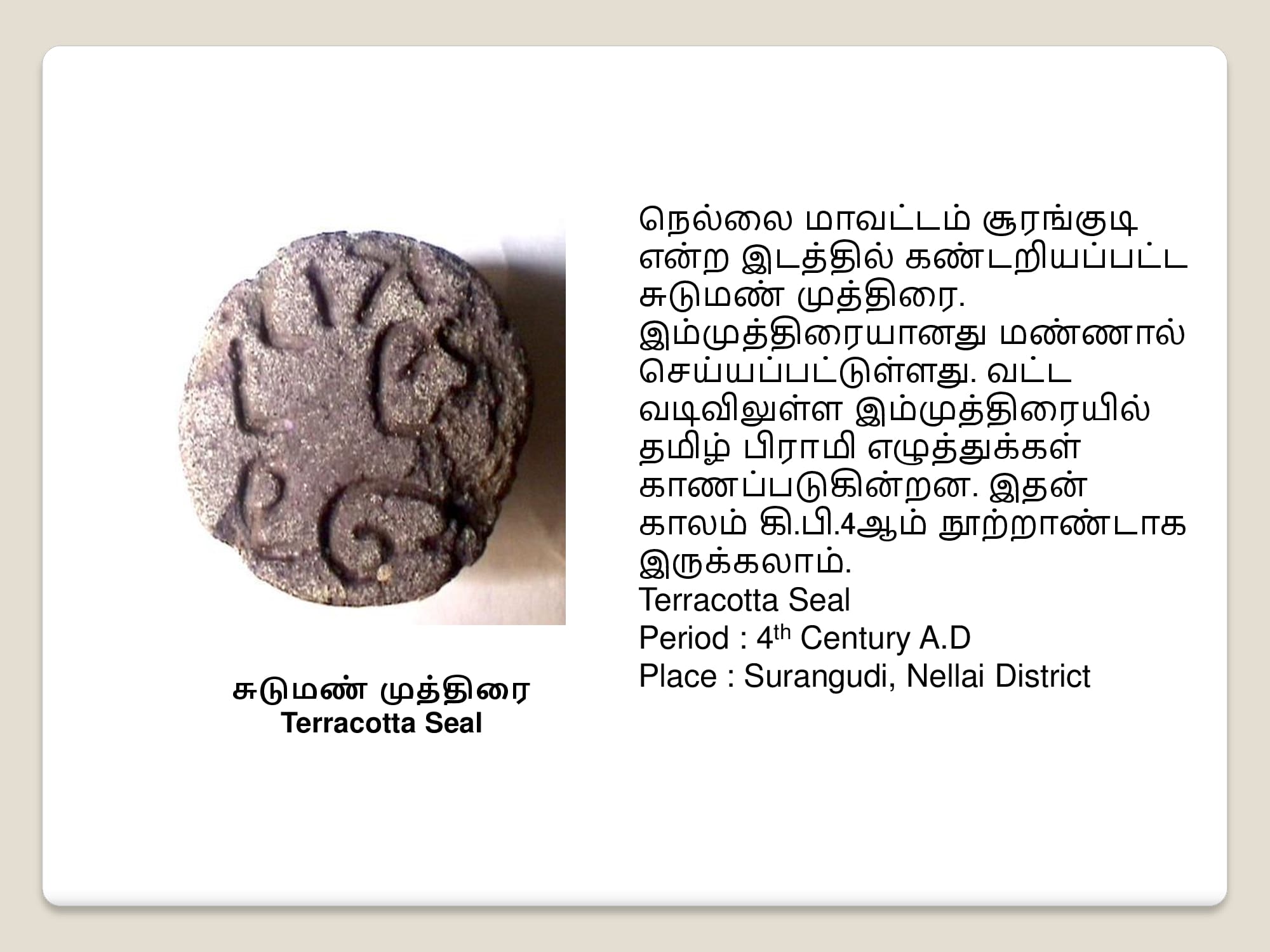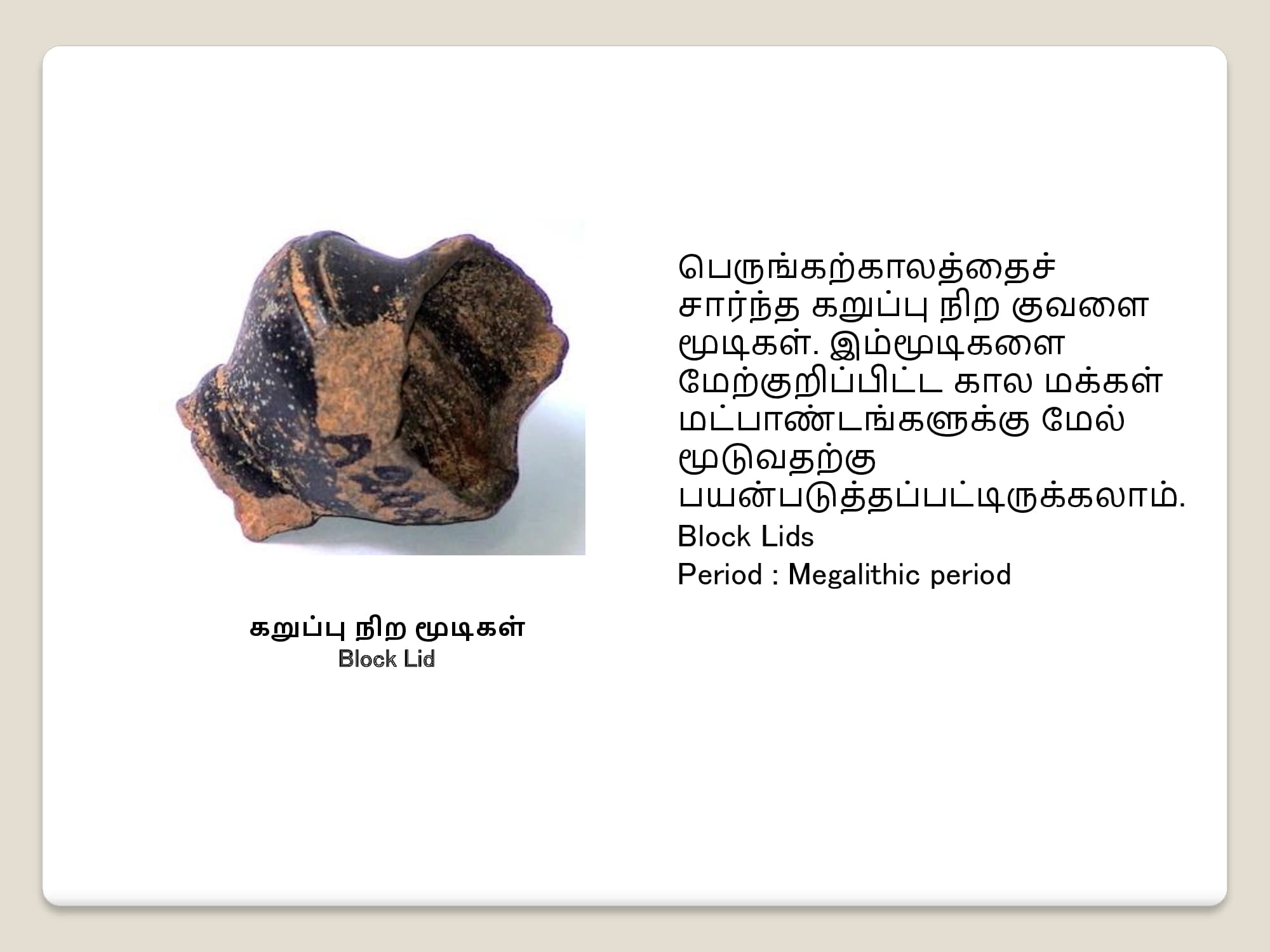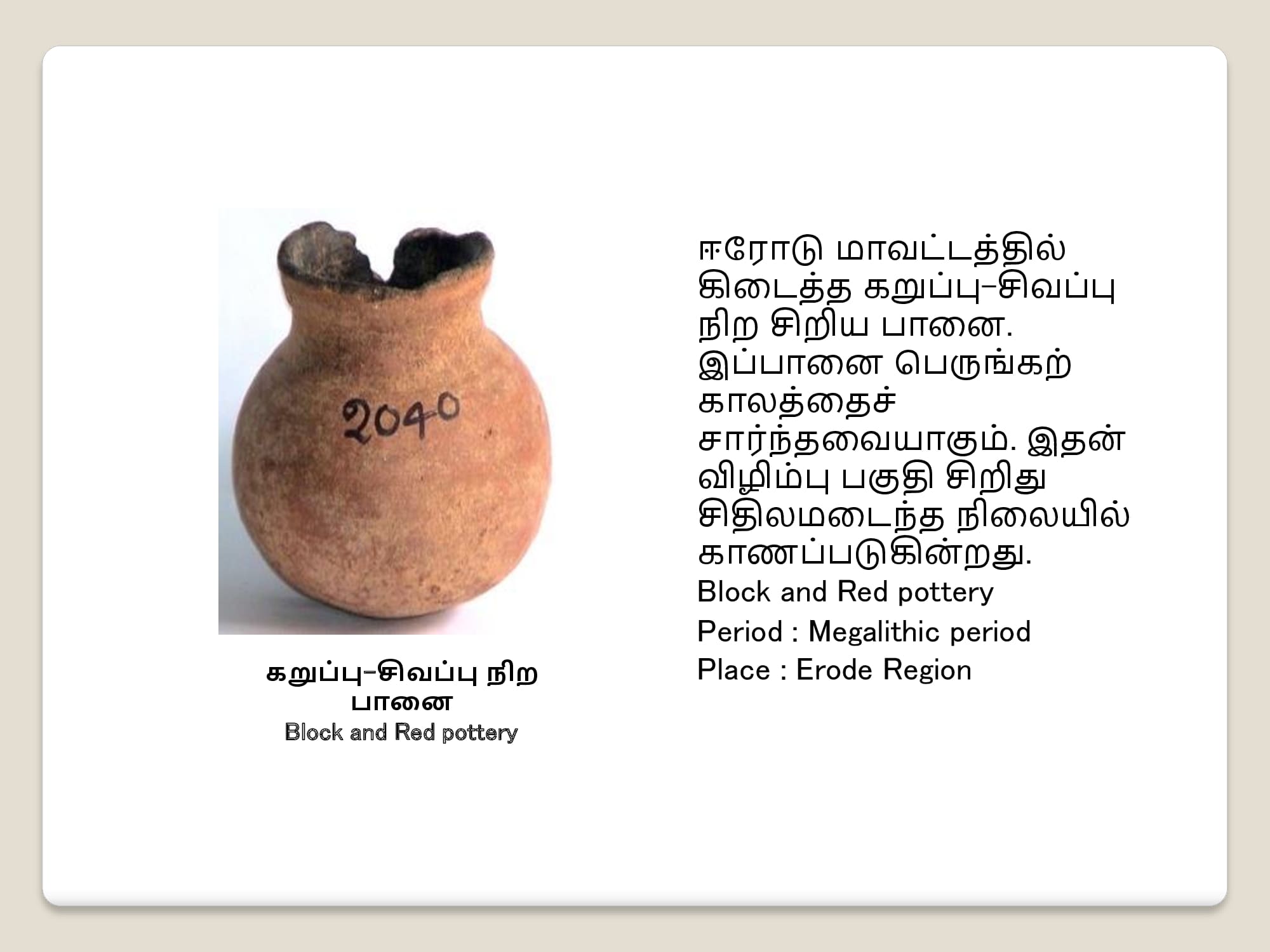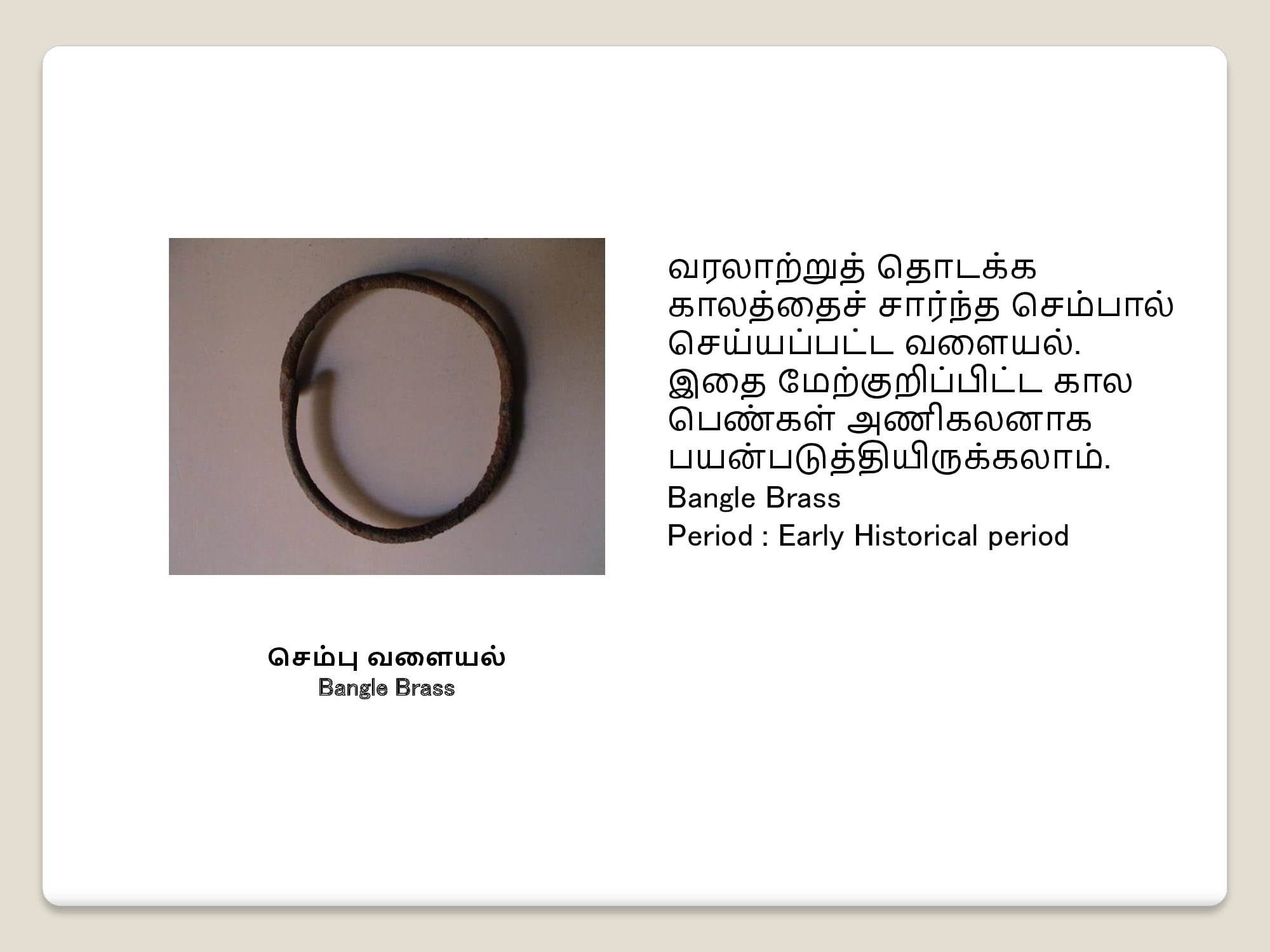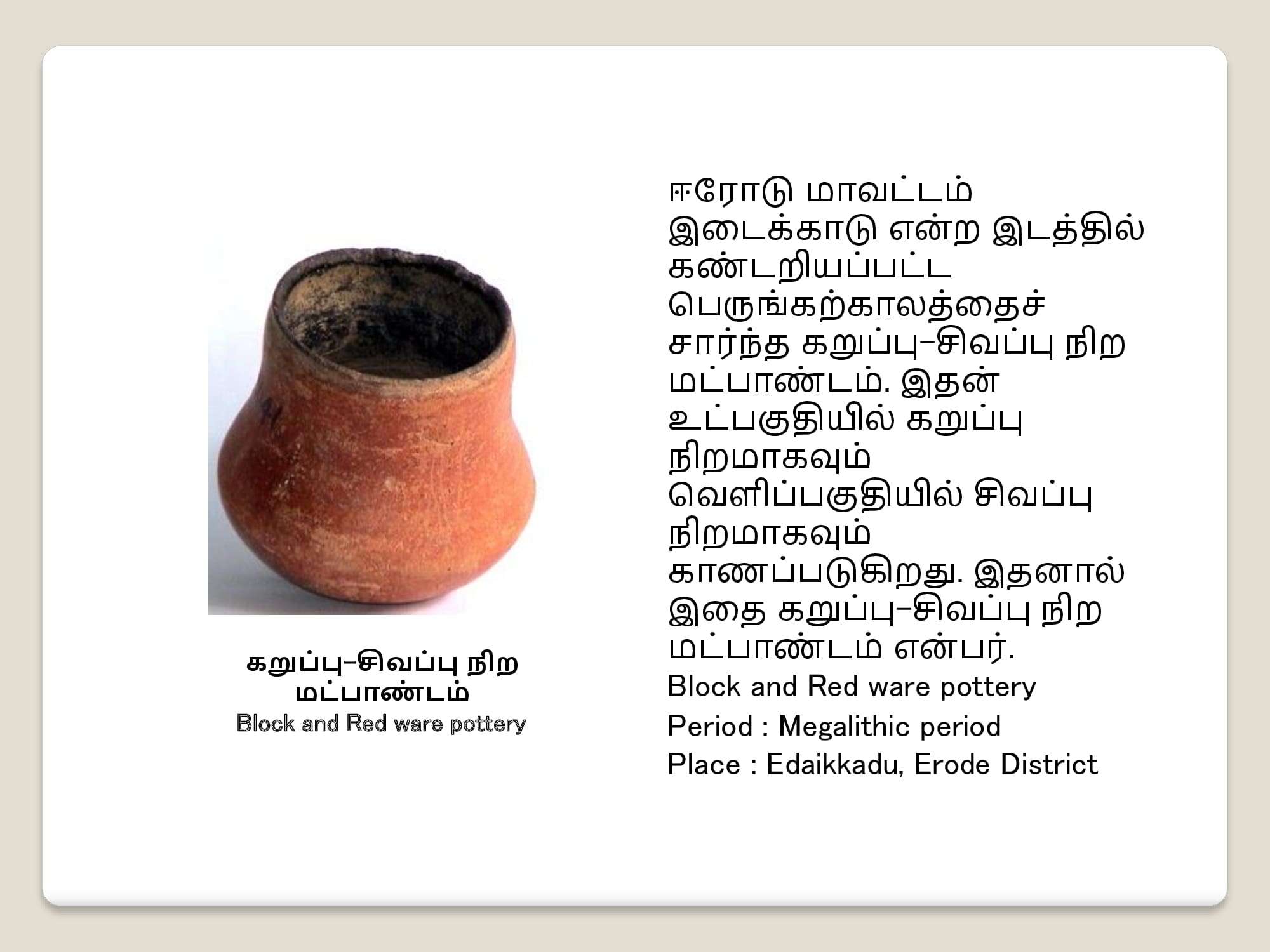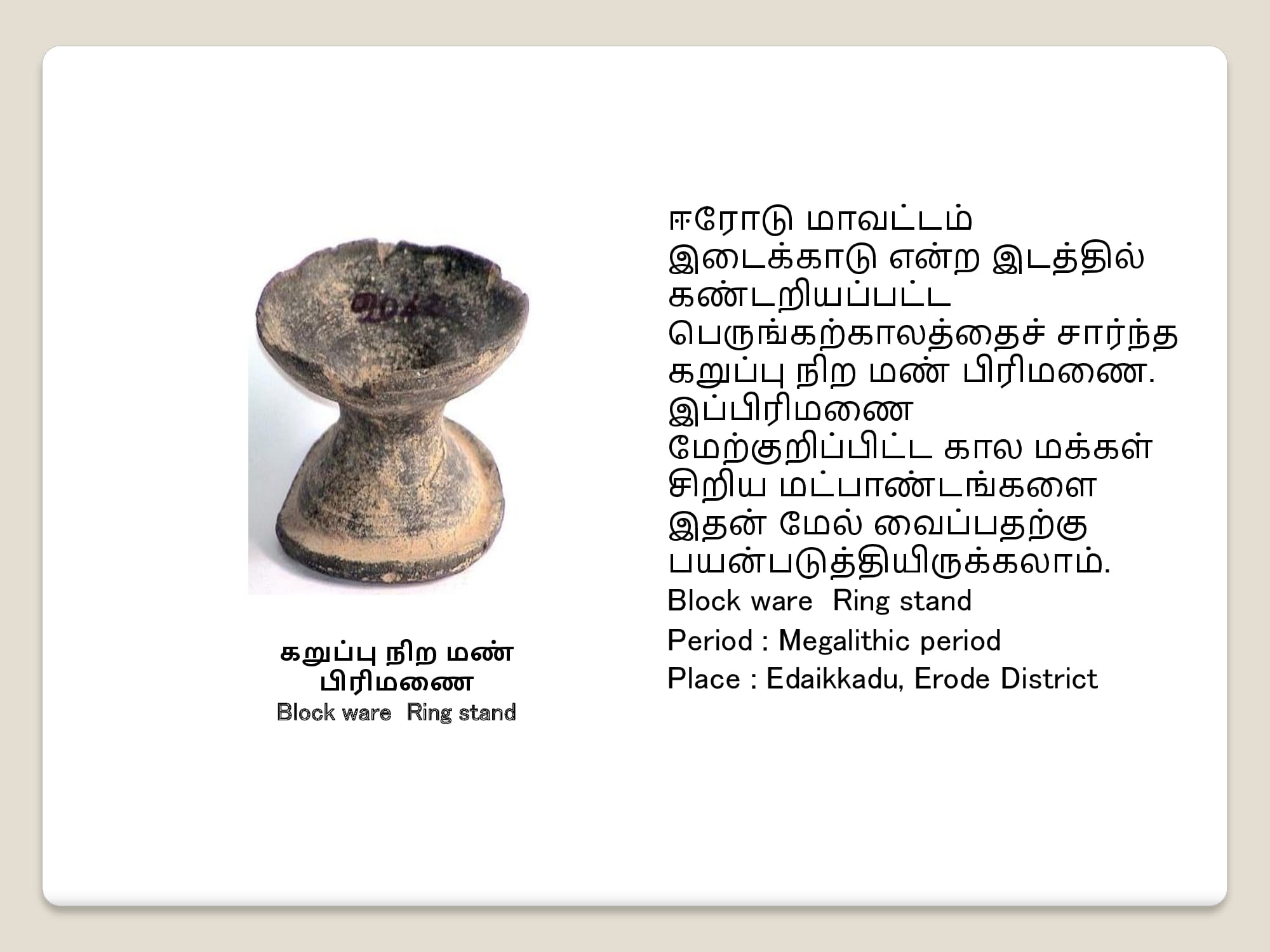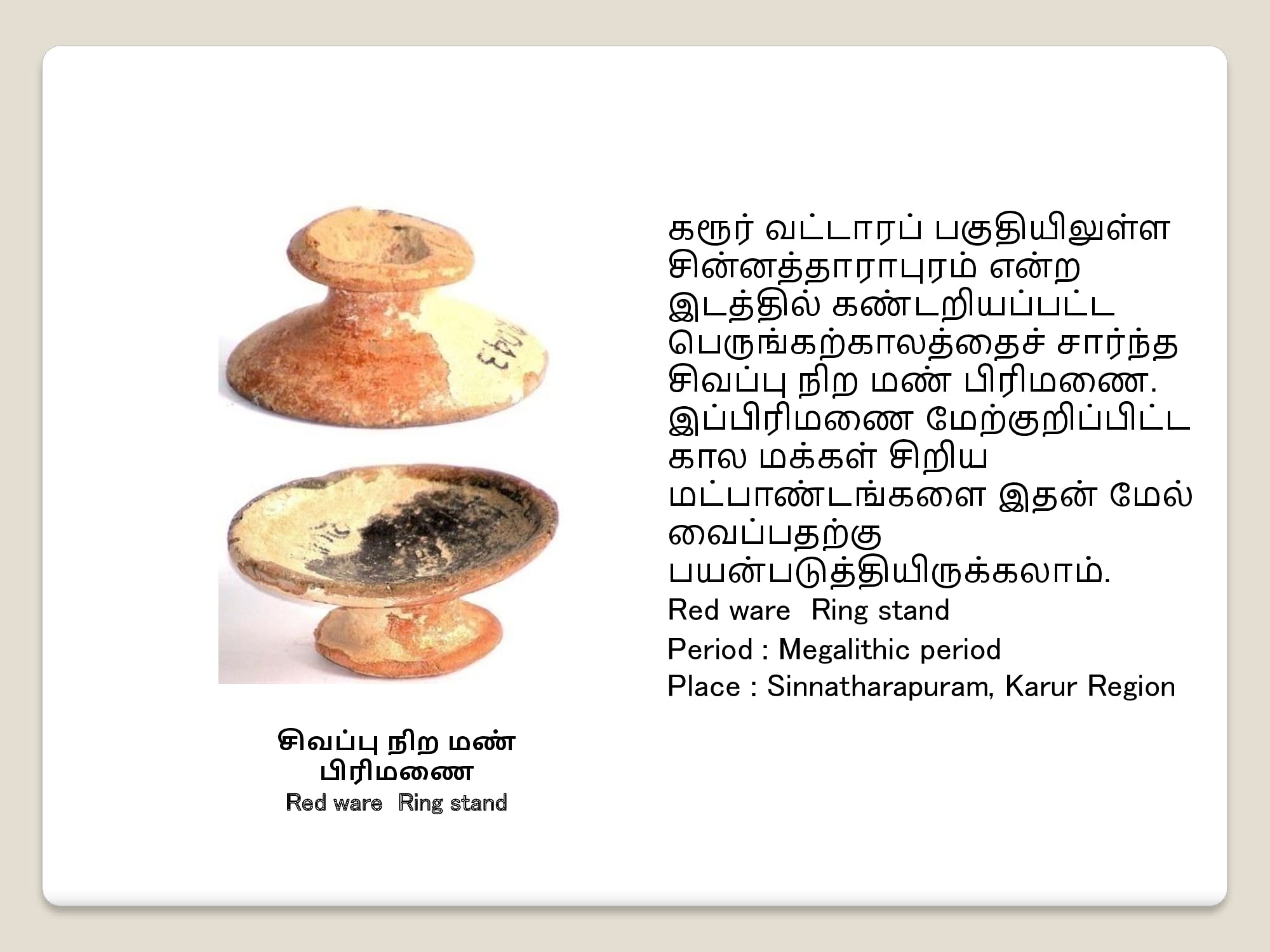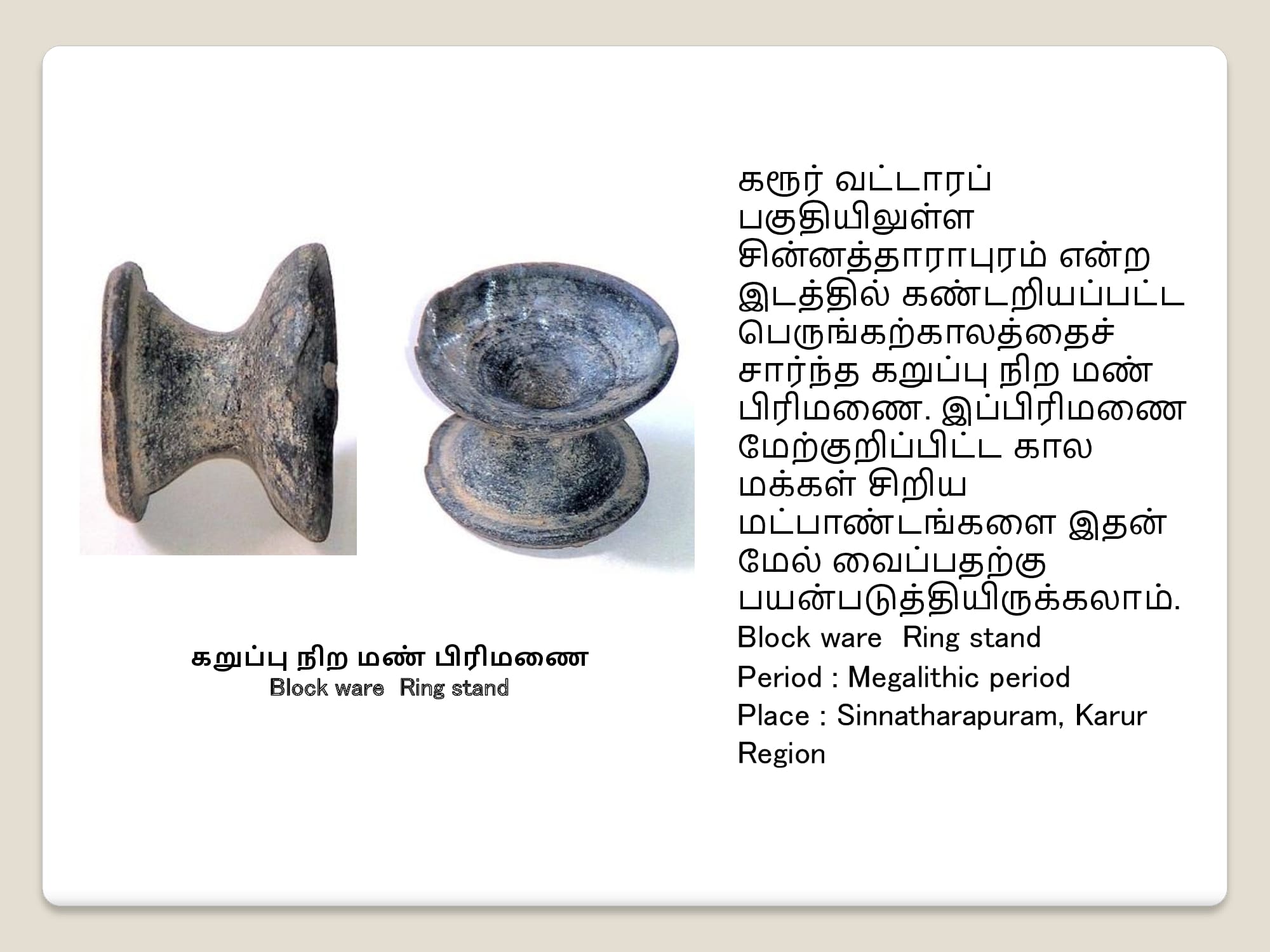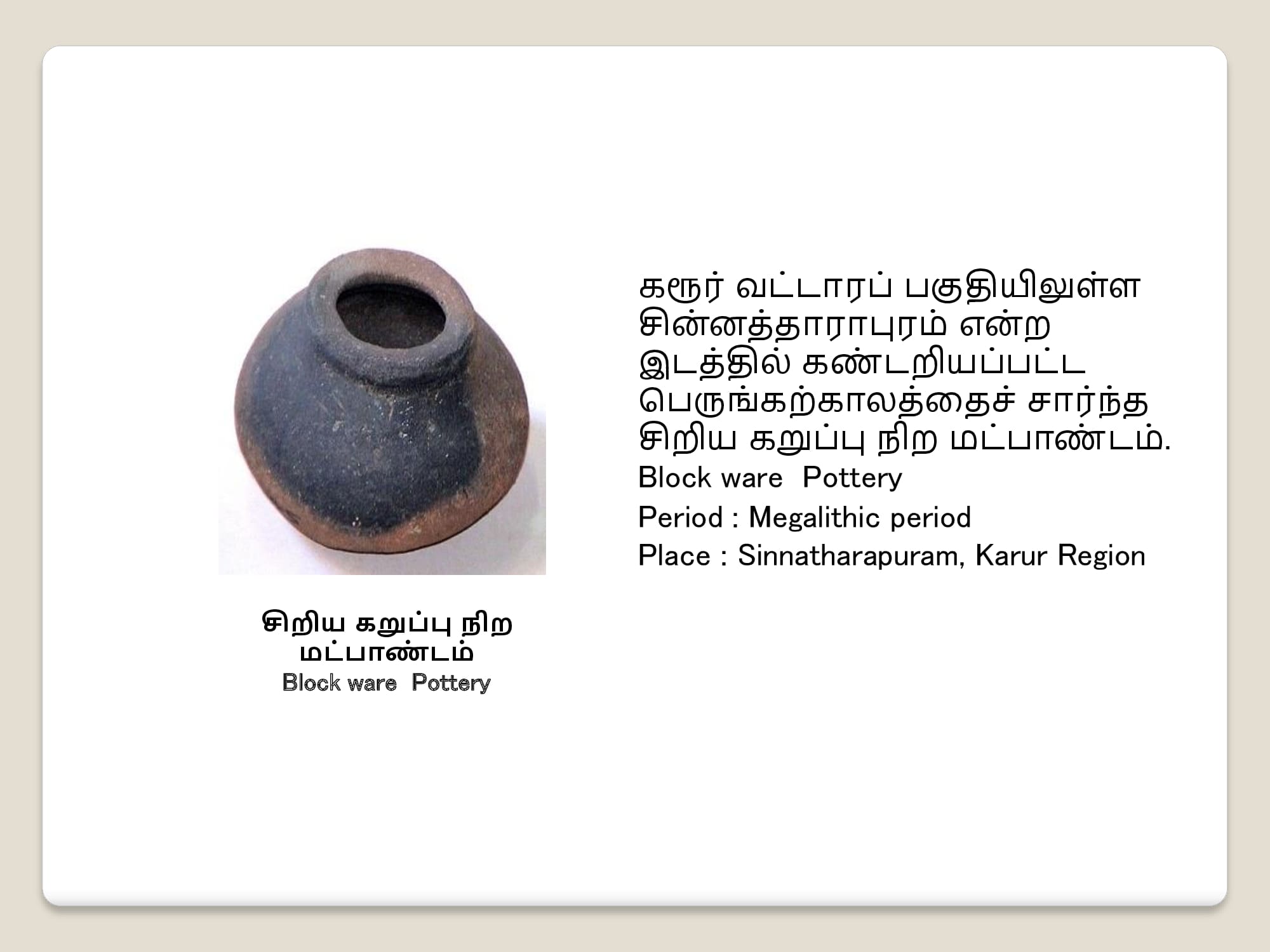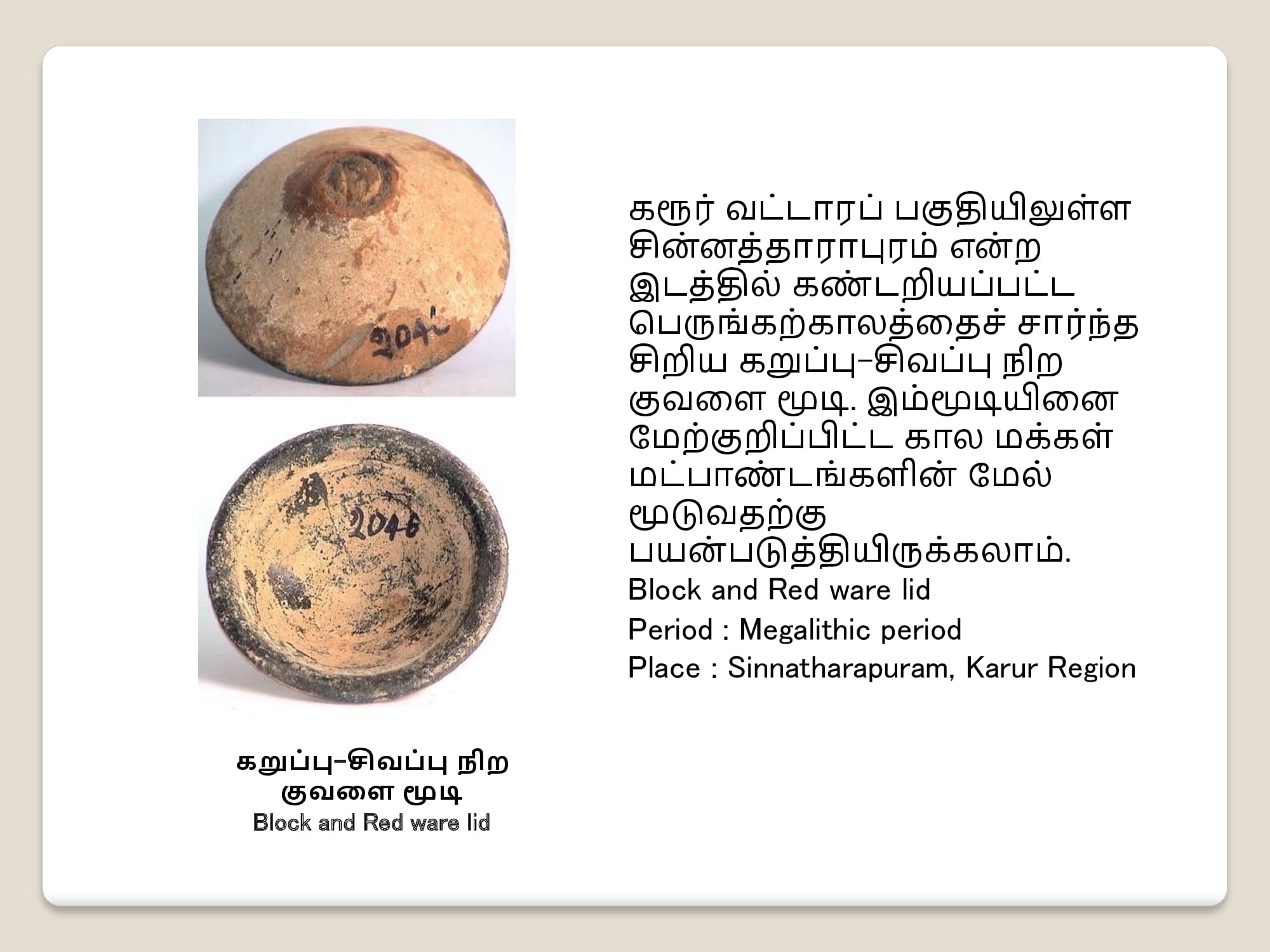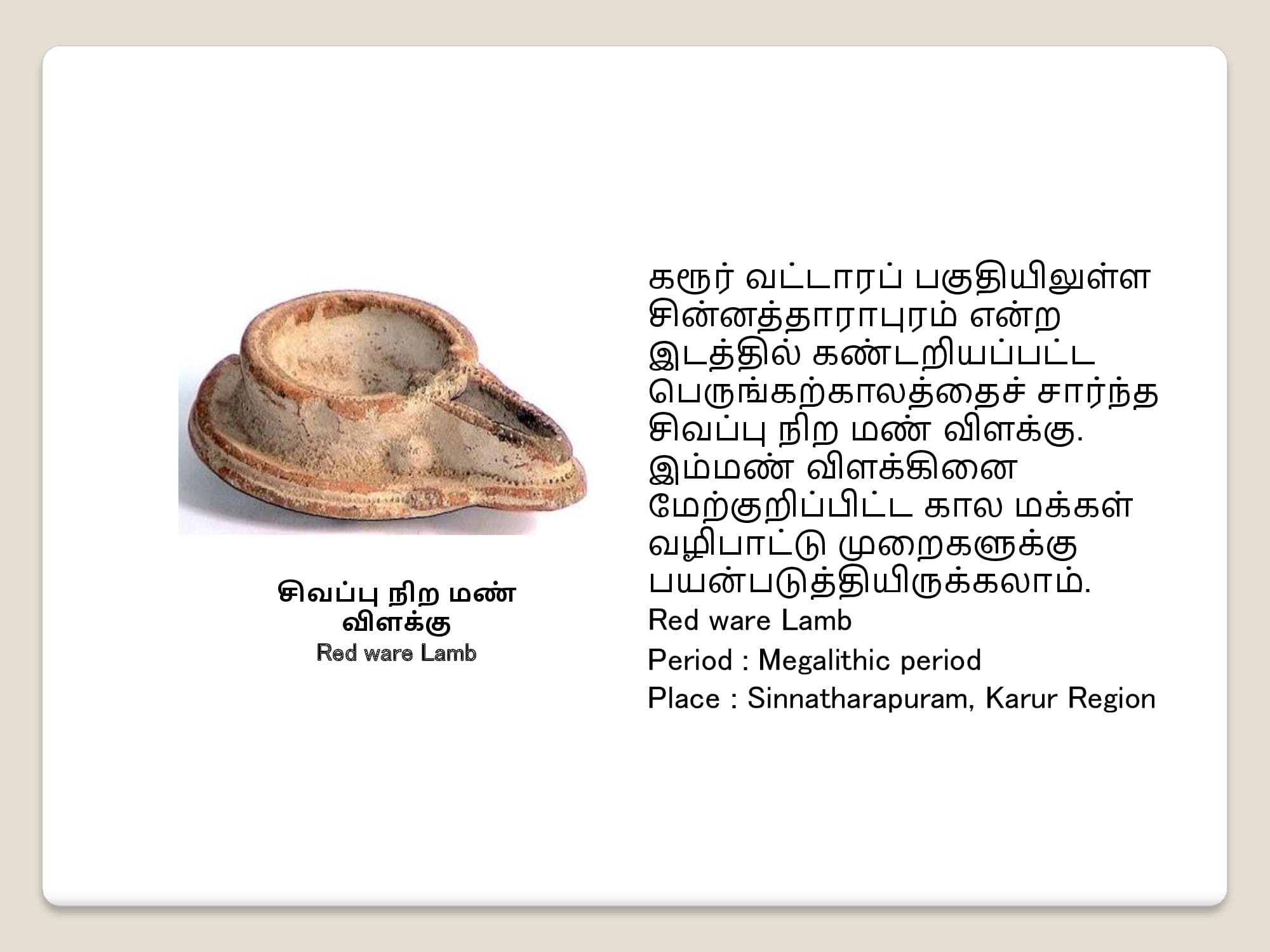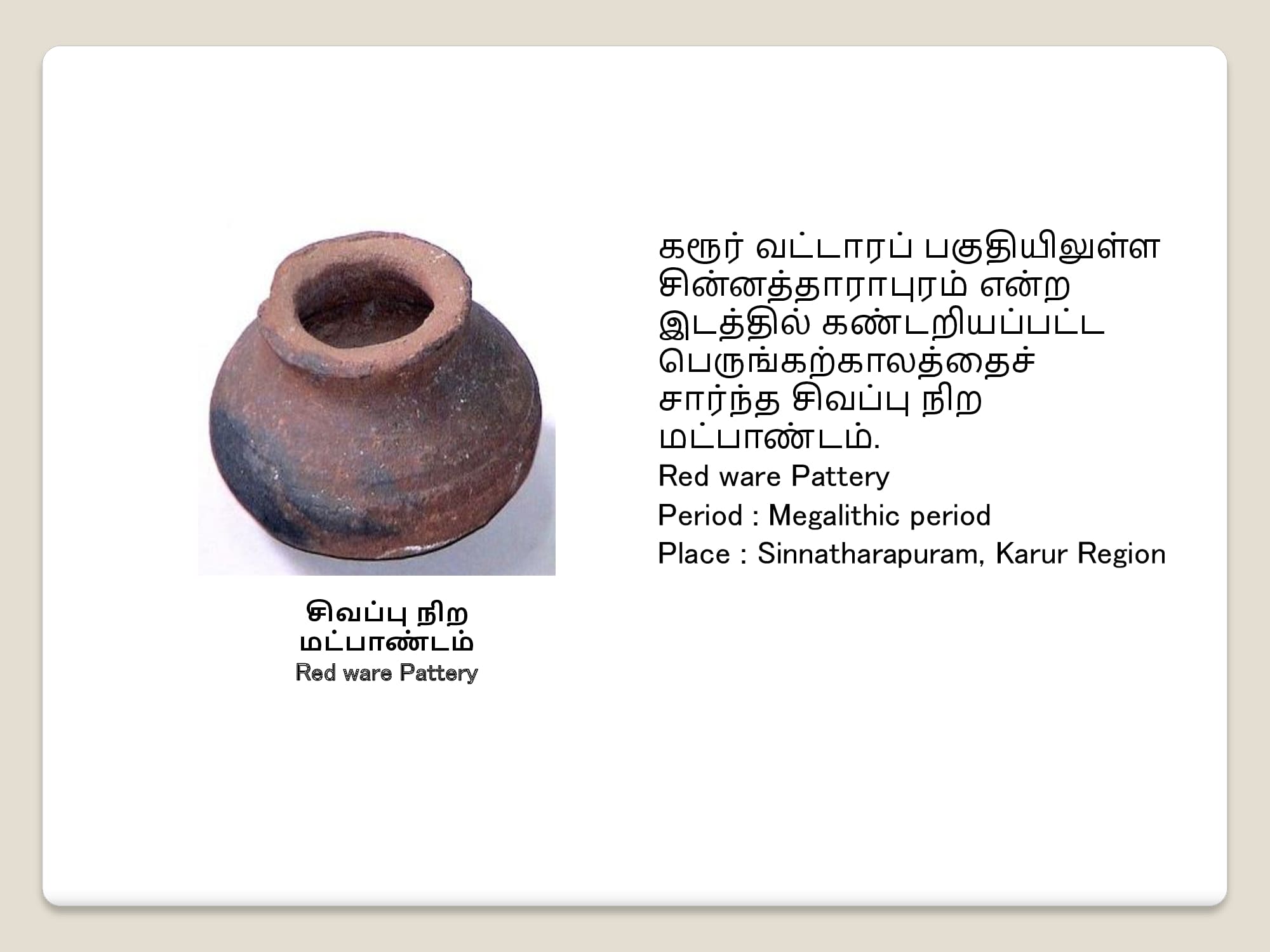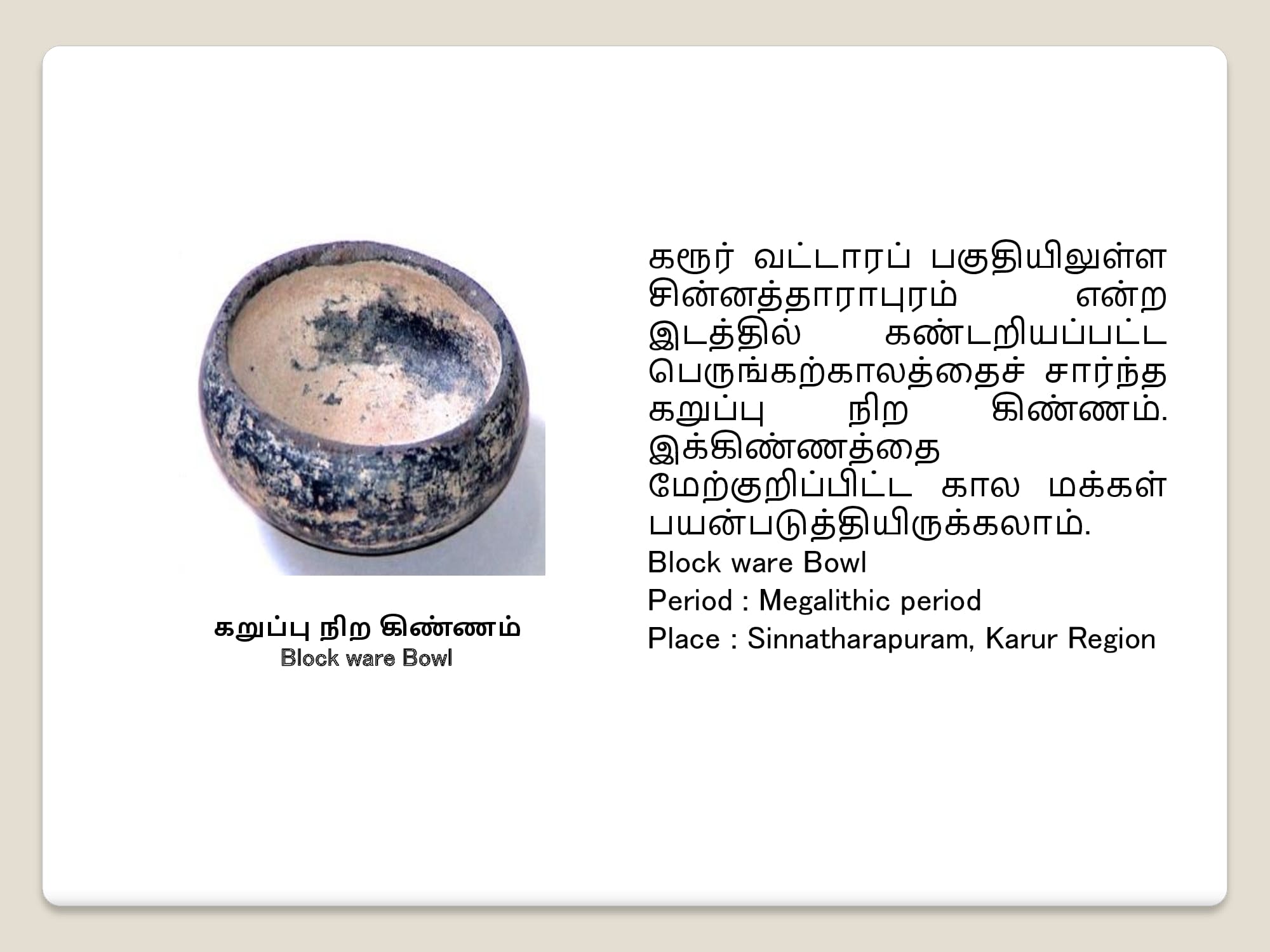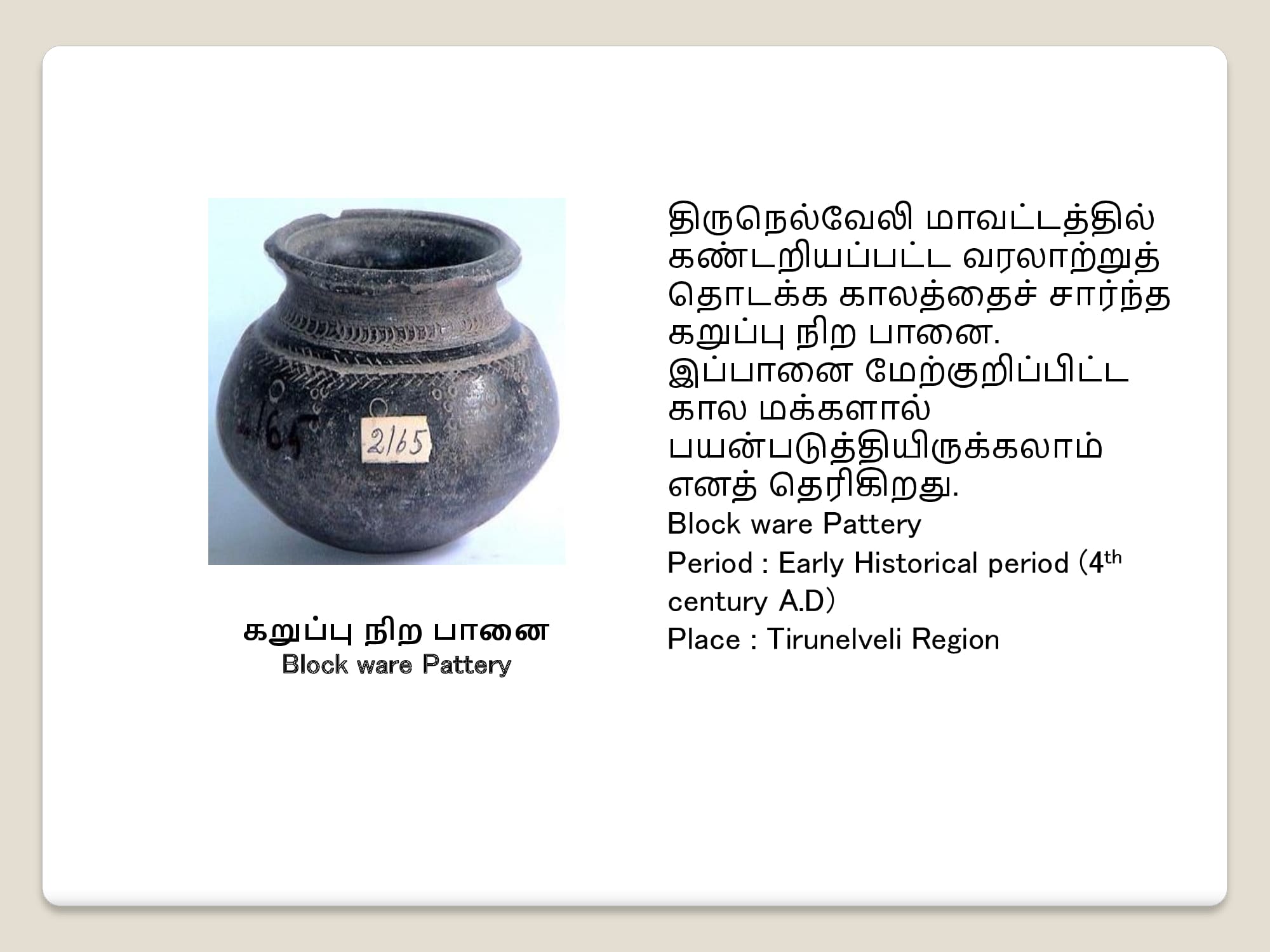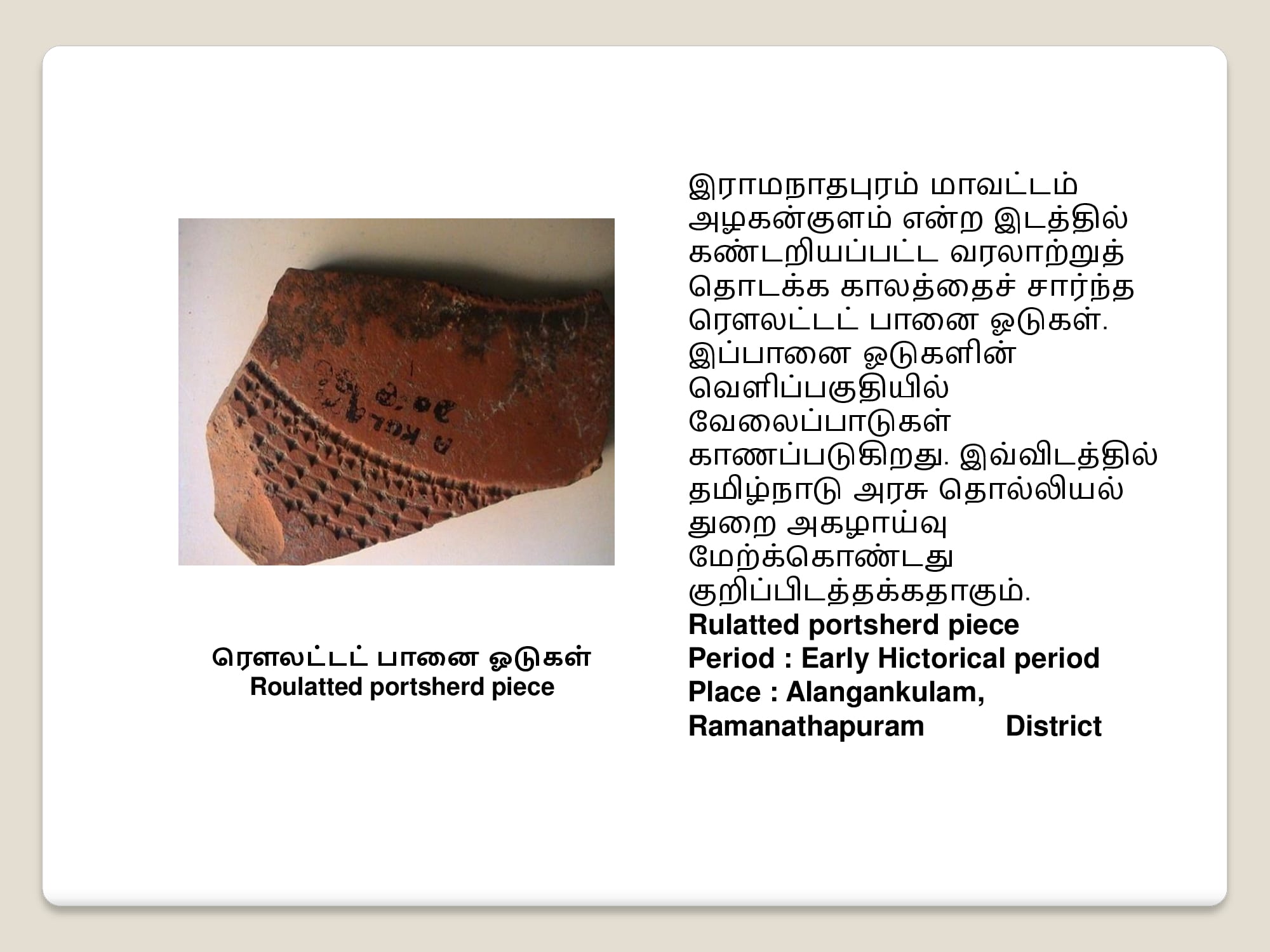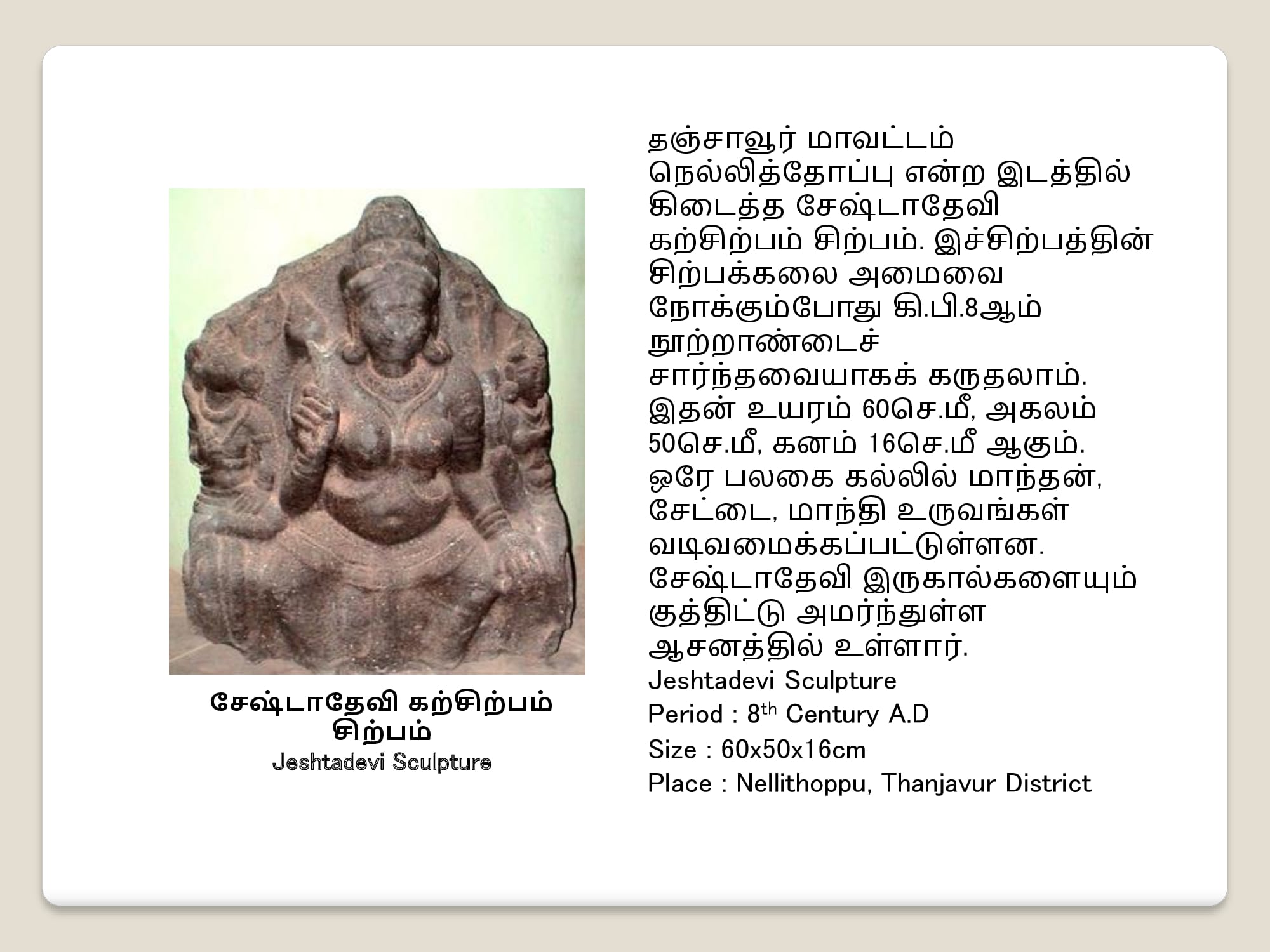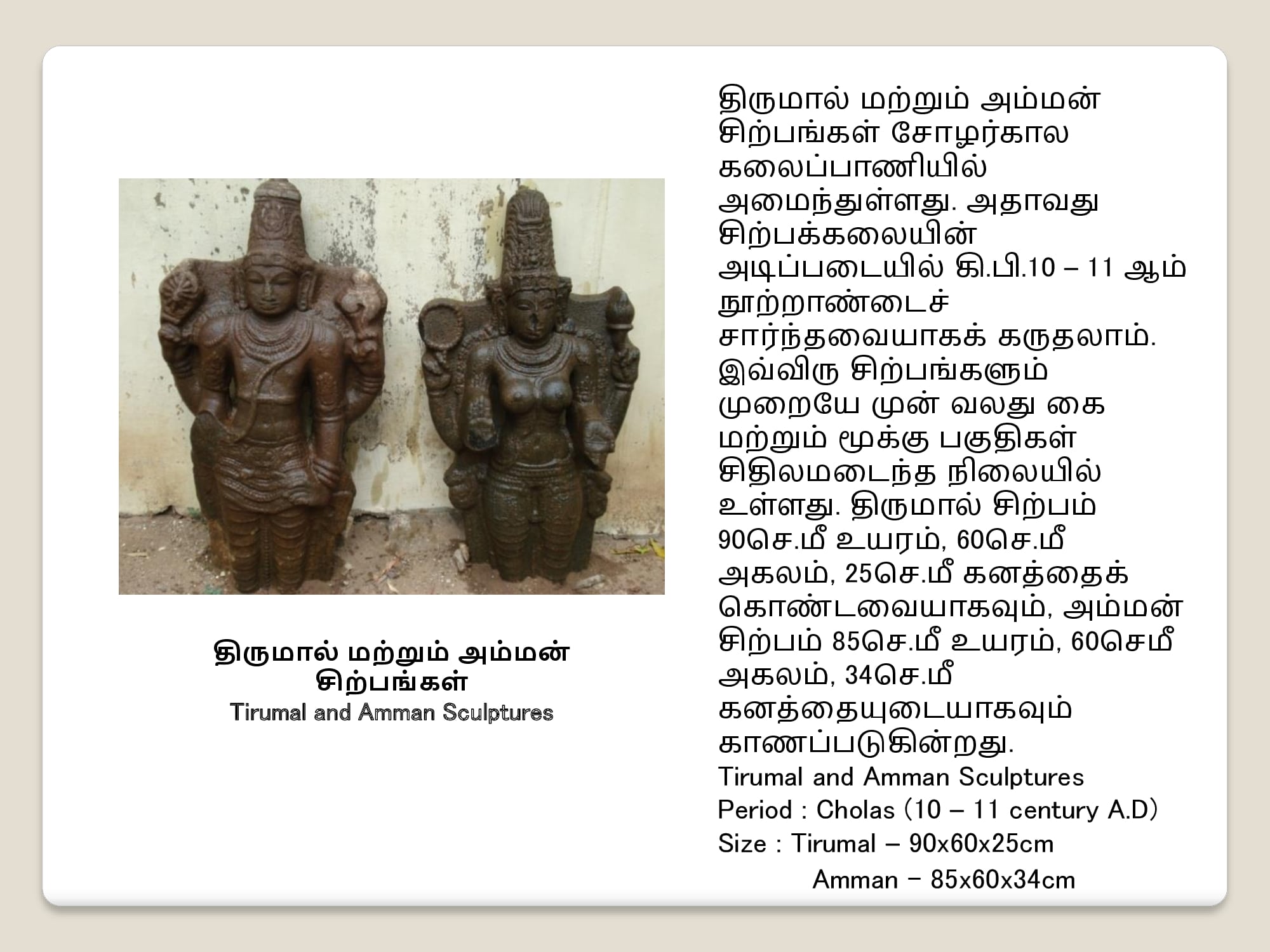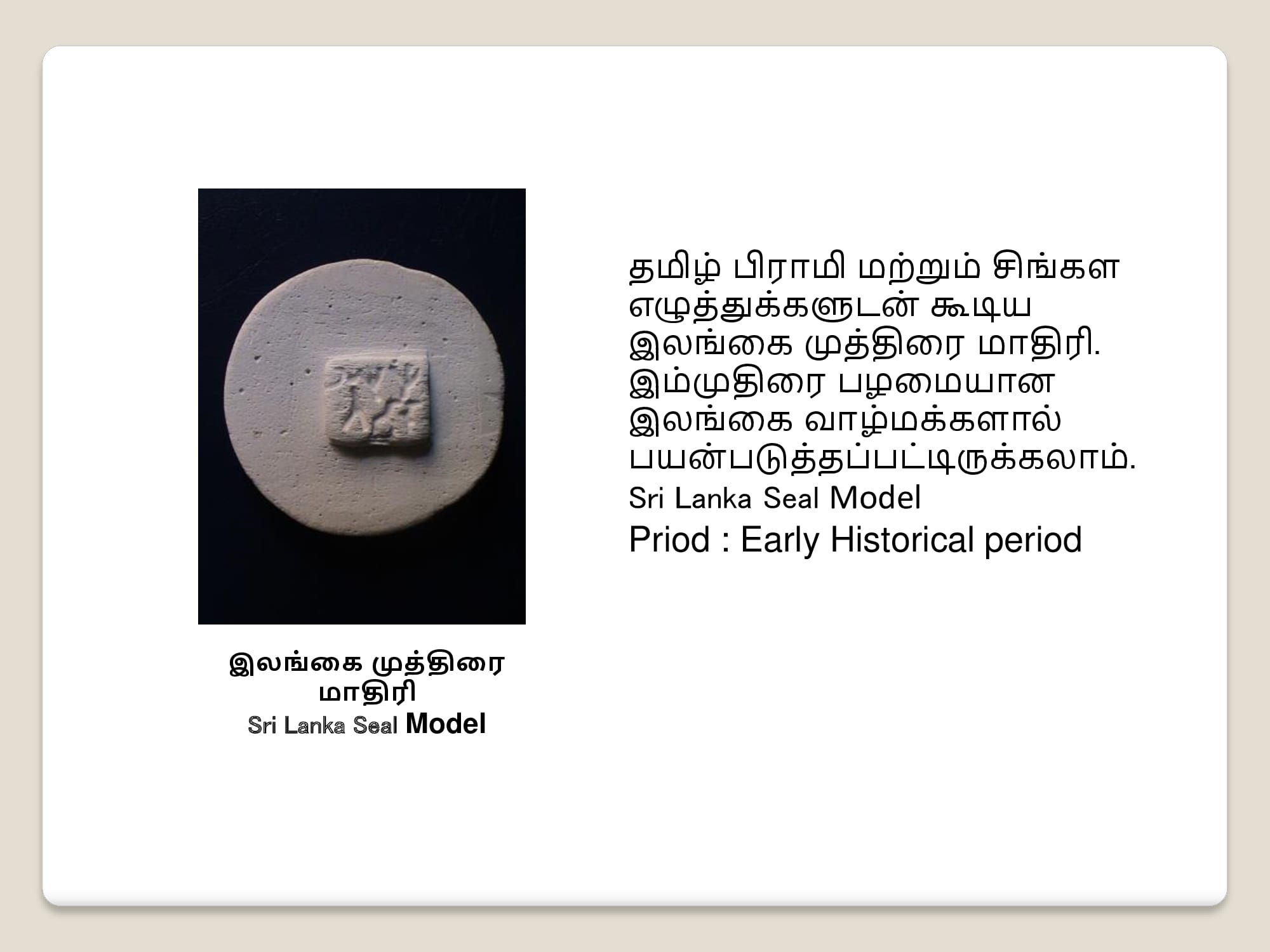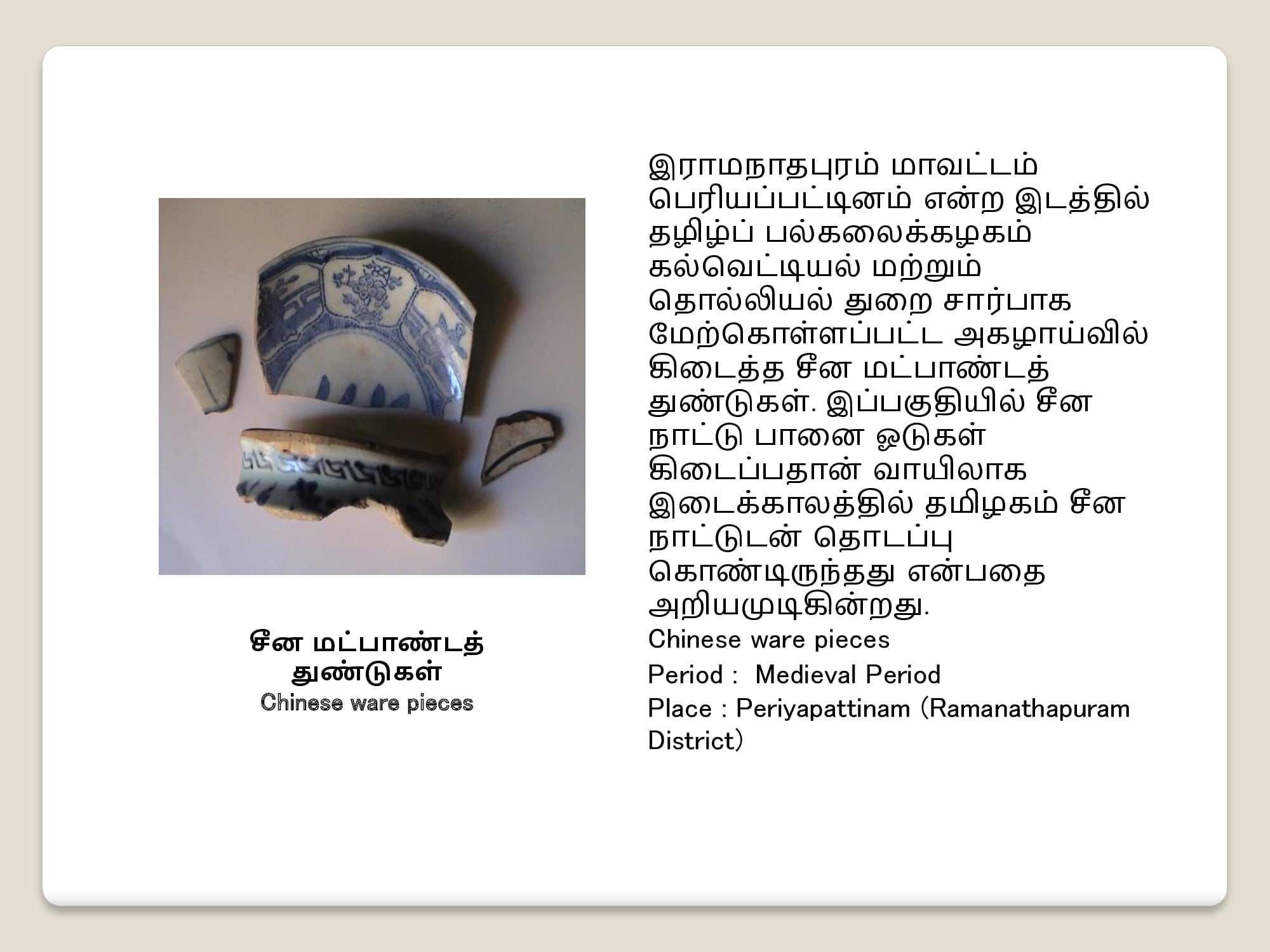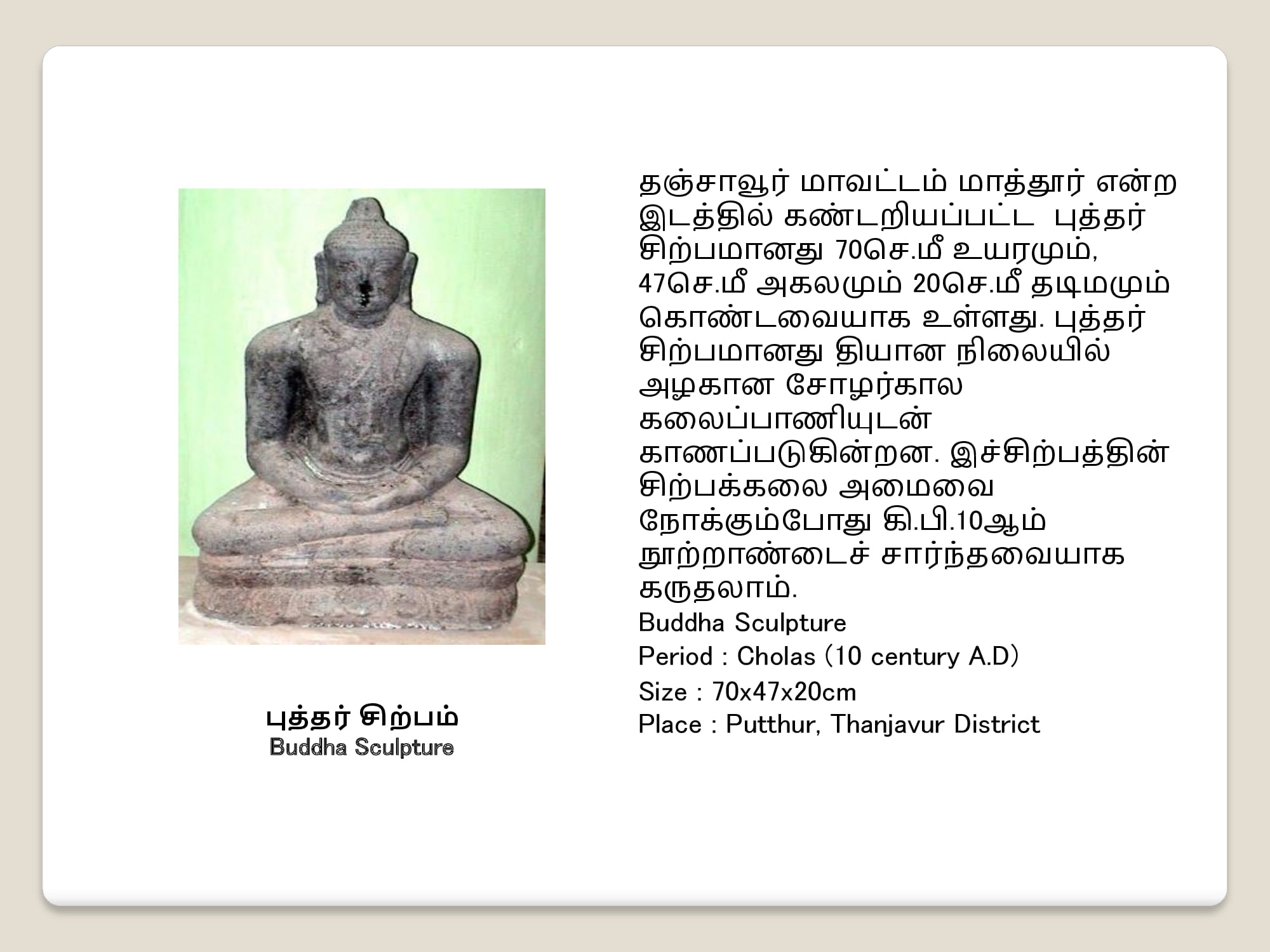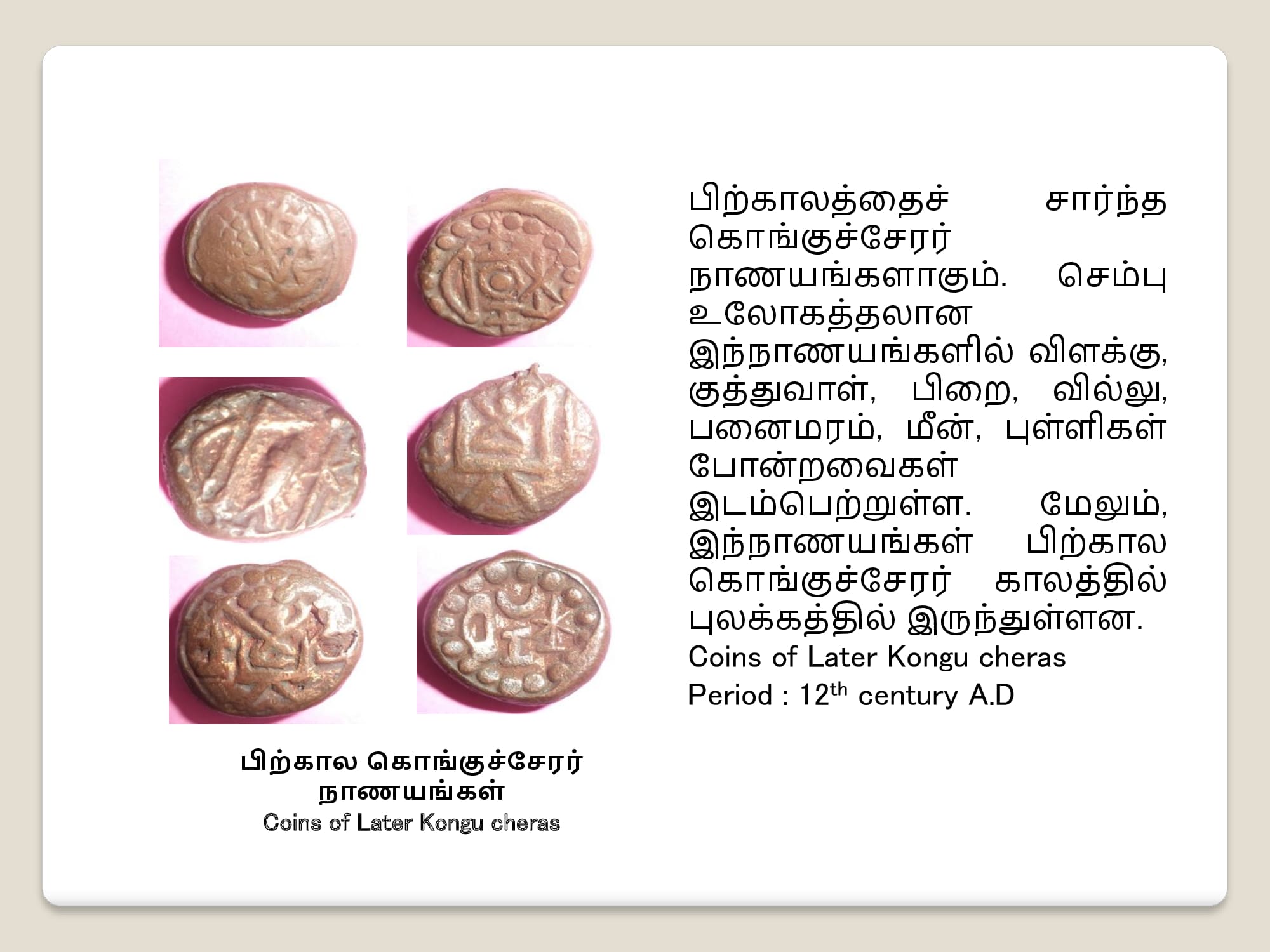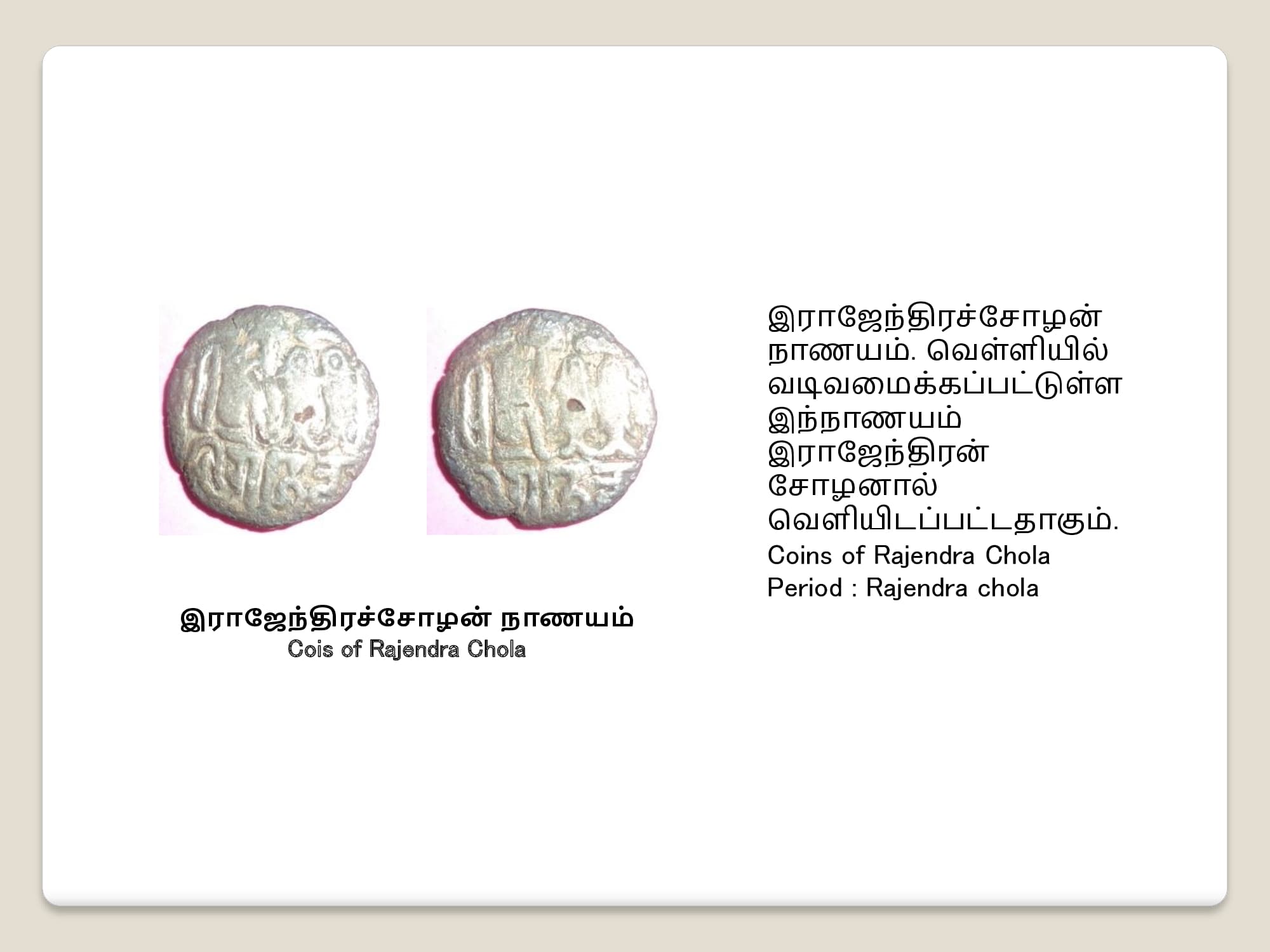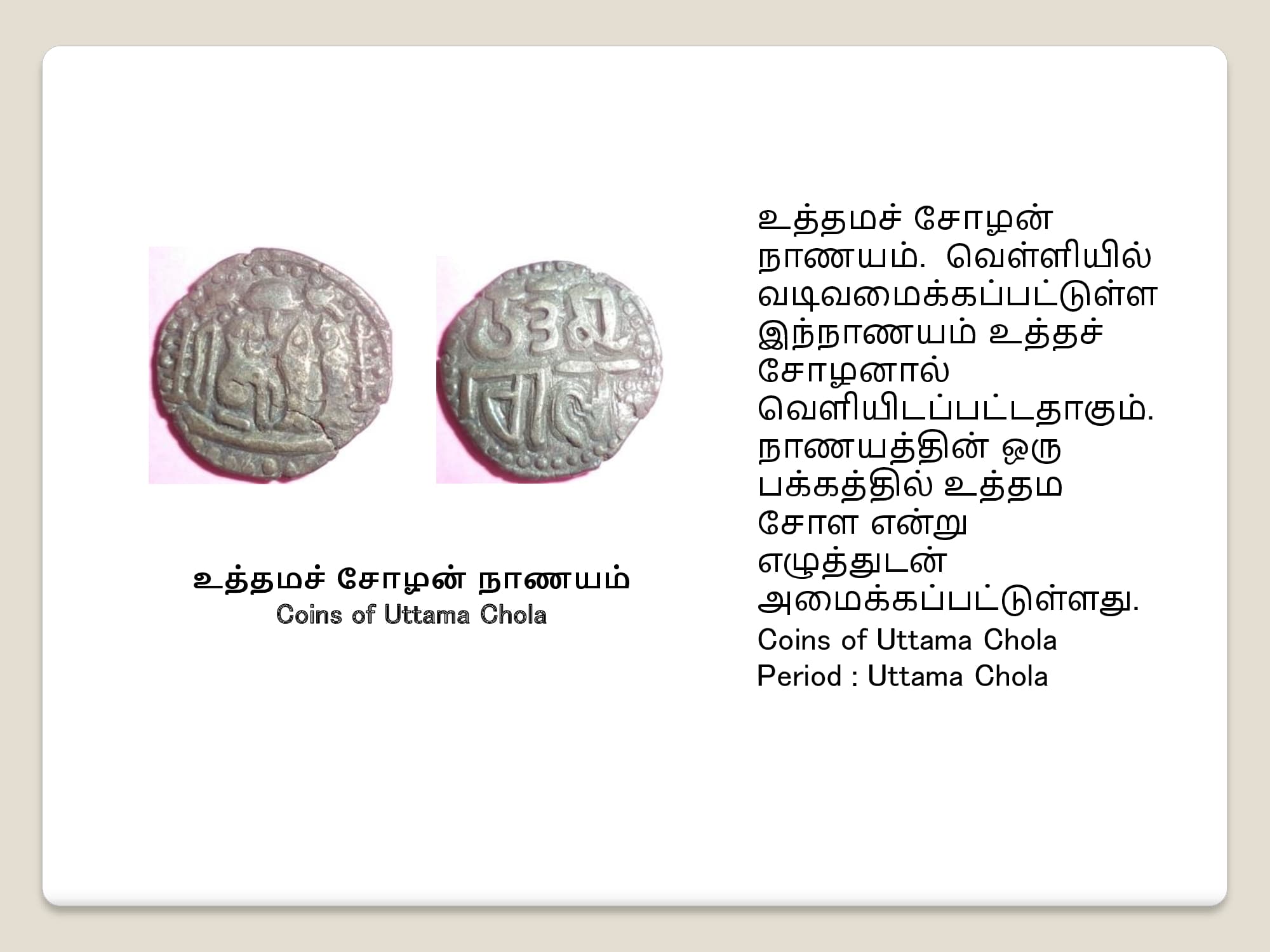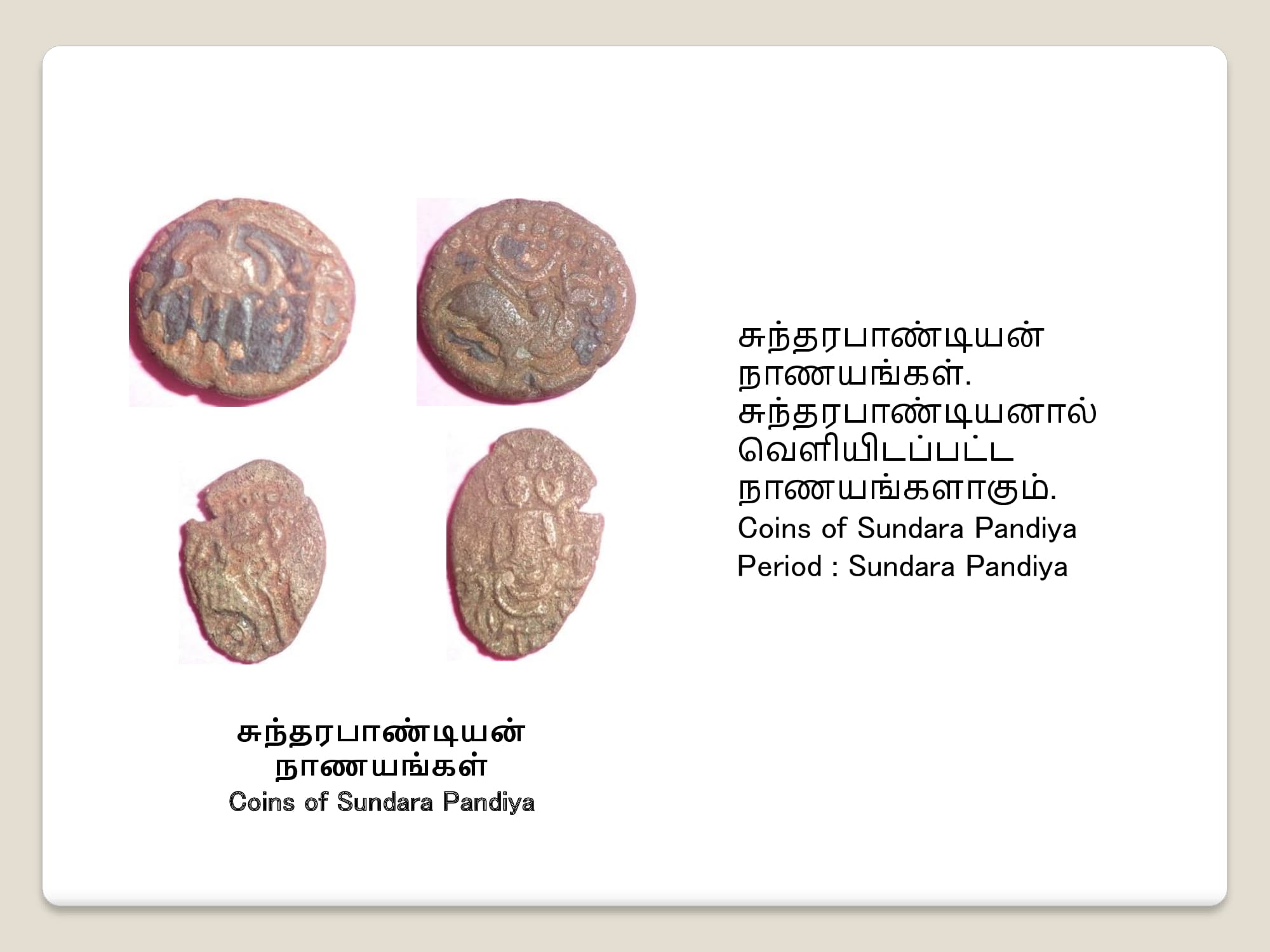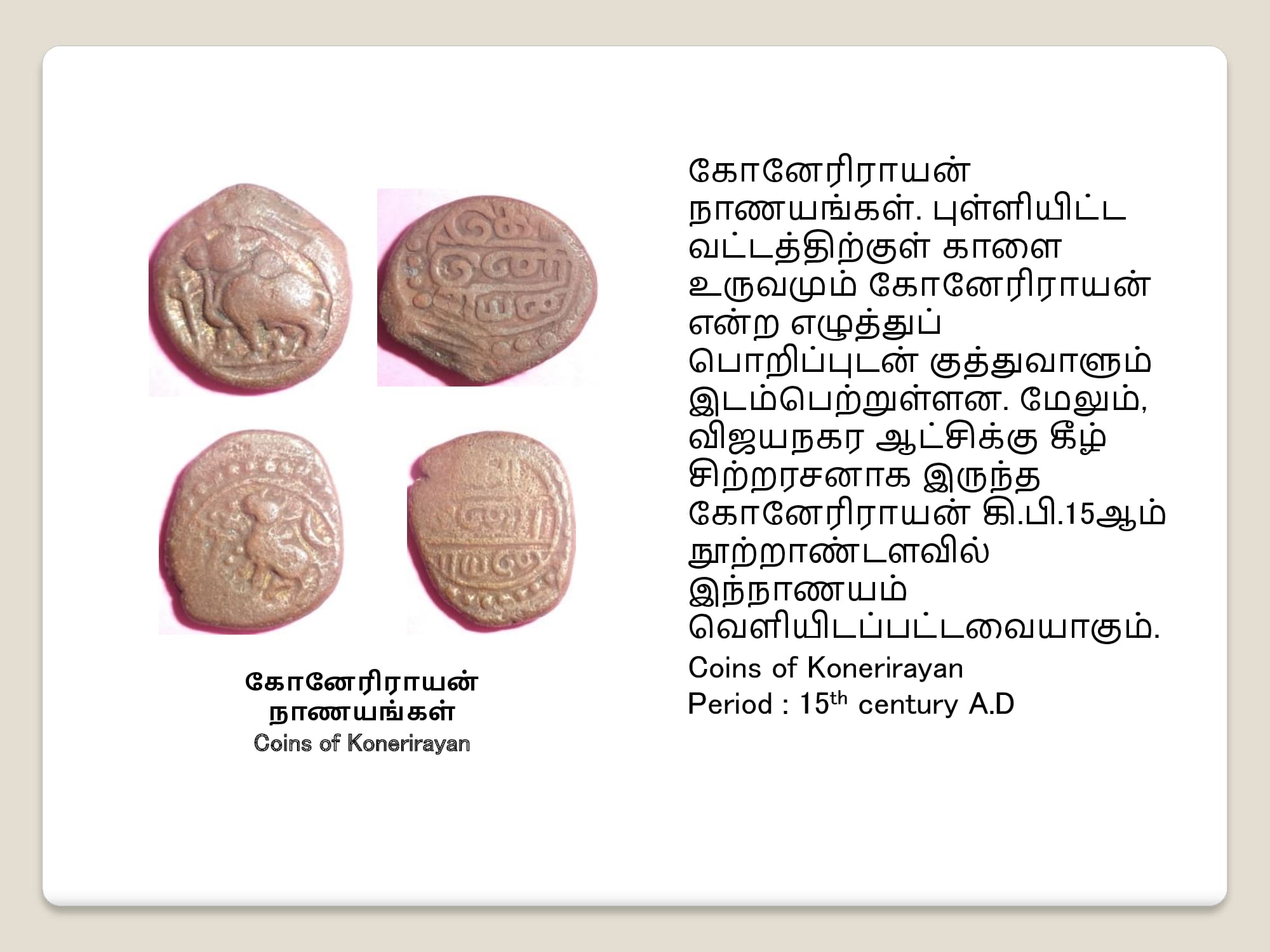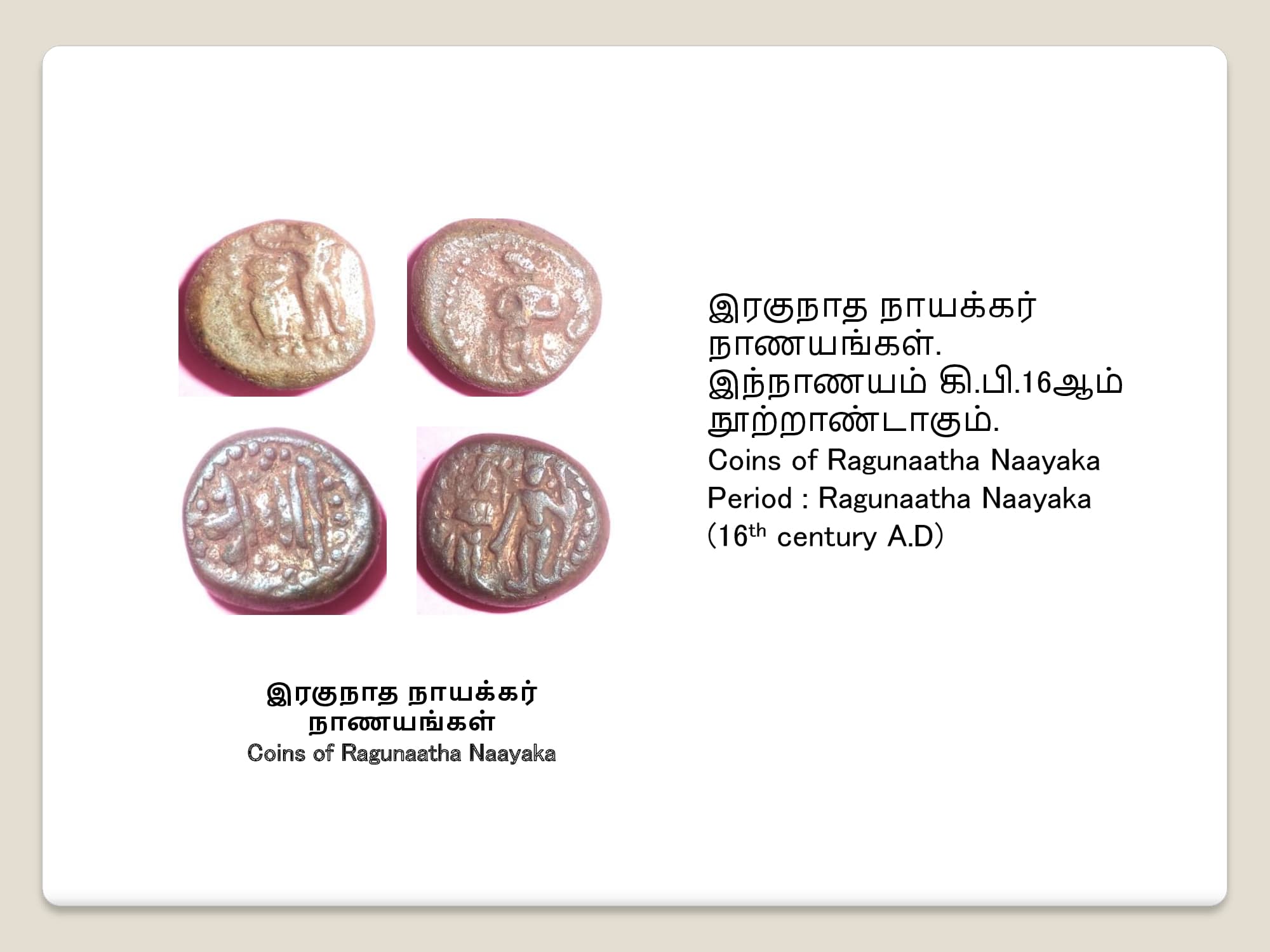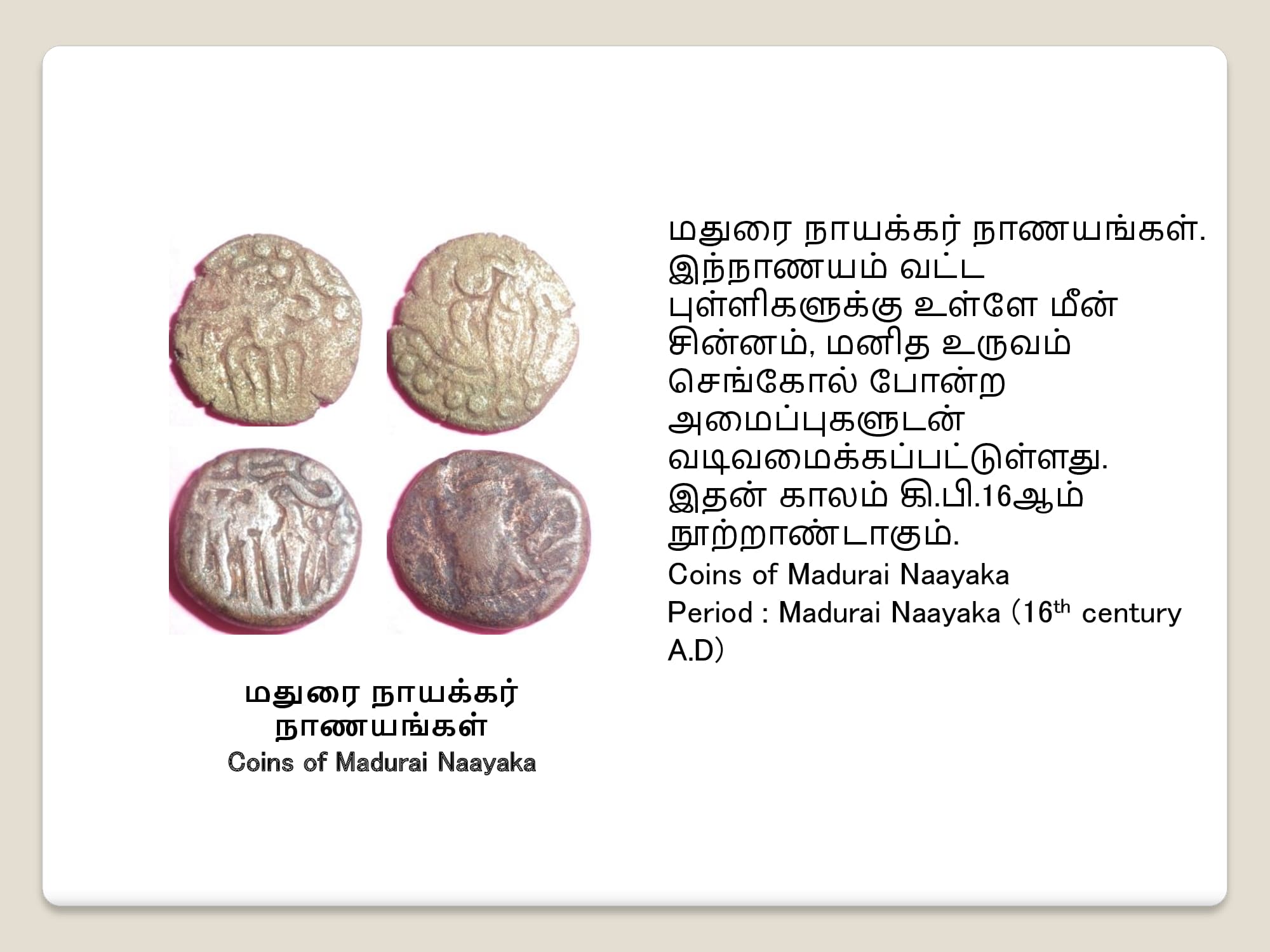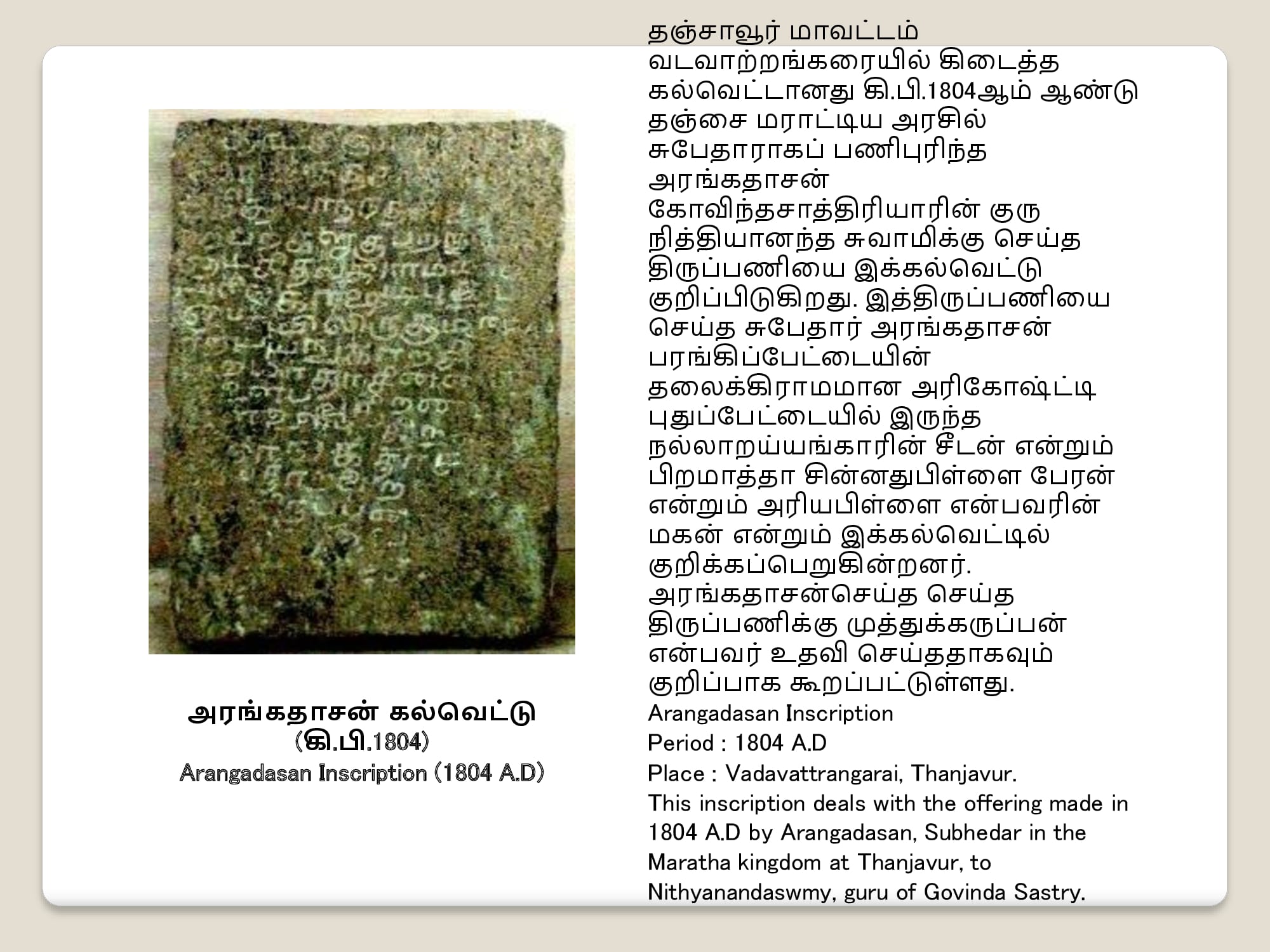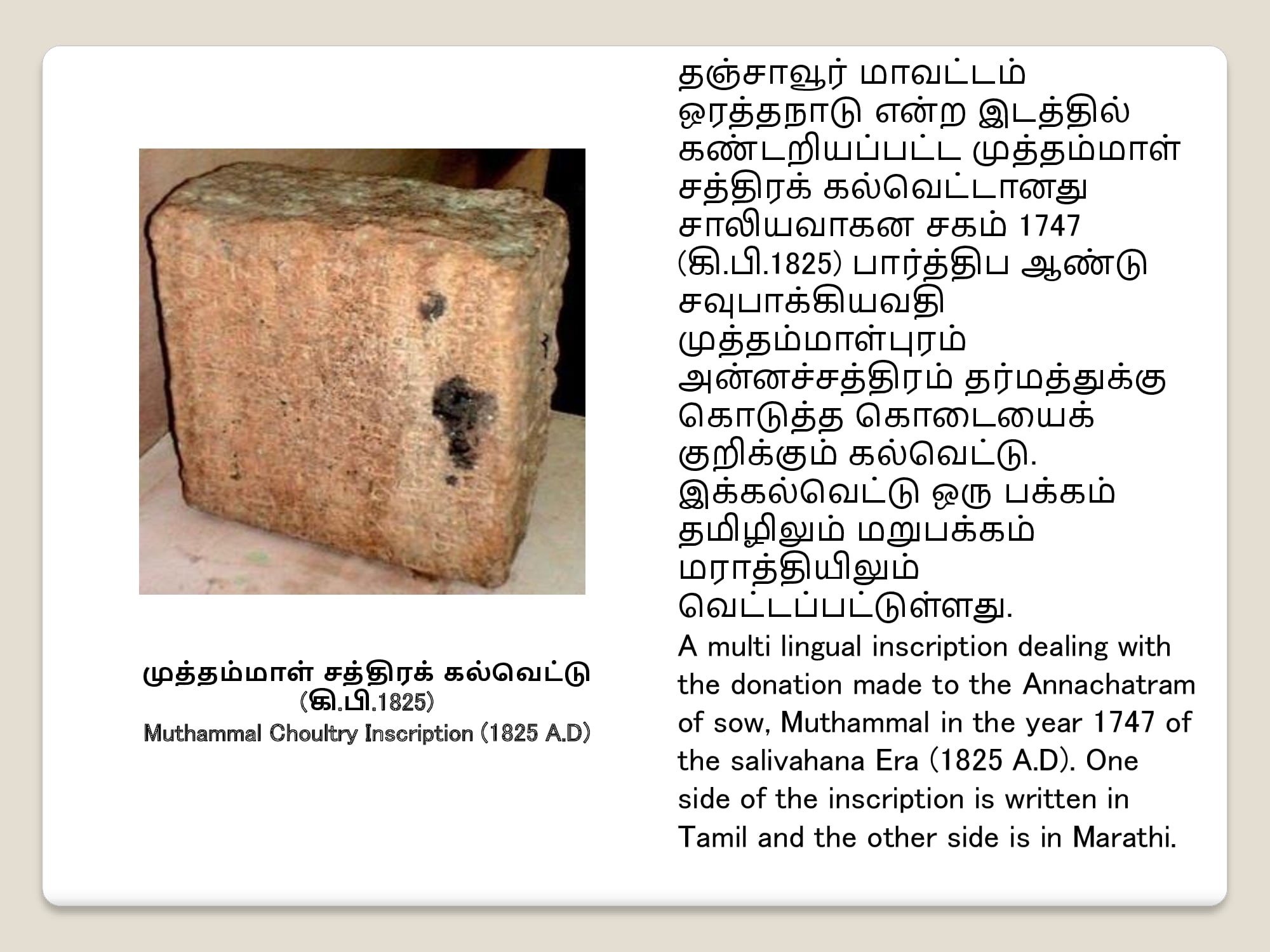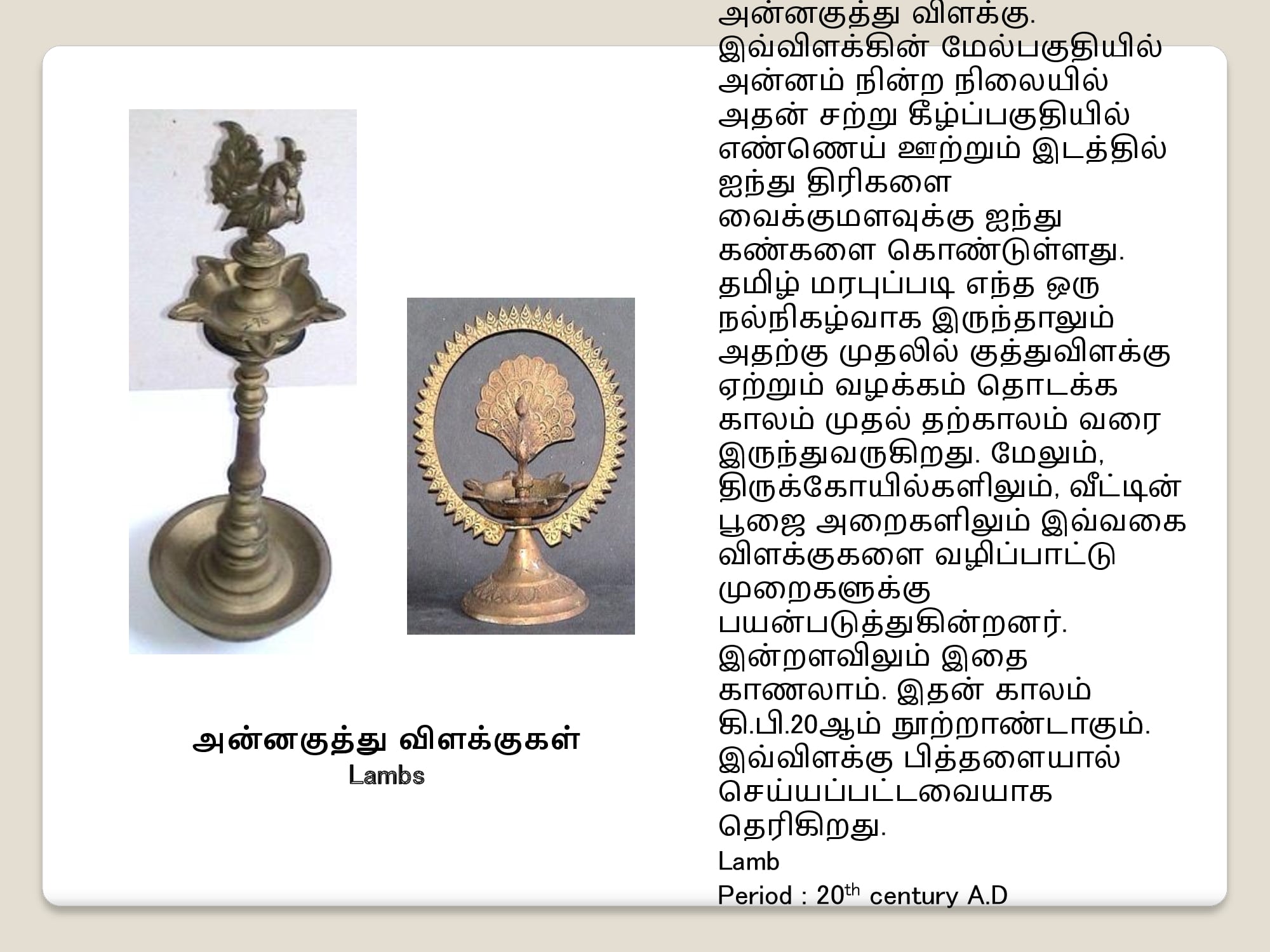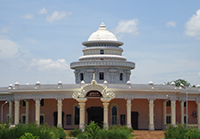Museum
Objectives
Tamil Nadu is a rich field for the ethnological collection, but no systematic field study has yet been taken to preserve the Tamil Culture, which is an urgent need in Tamil Nadu. The implementation of different developmental plans and welfare schemes together with constitutional safeguards and the country’s industrialization, urbanization and improved communication changes in the life style of the various segments of the society have set in from all directions. As a result, folk and tribal culture in Tamil Nadu is undergoing rapid changes at present. Tamil University therefore considered it indispensable to set up a well designed, carefully planned cultural museum that will not be of casual assembly of artifacts, but will provide source material for original research work on various facts of the Tamil people. At the same time, it is necessary to juxtapose Tamil Culture as part and parcel of the Indian Culture. In other words, while the emphasis in the museum will be on Tamil art, culture and tradition, it will not be viewed in isolation, but as a vibrant constituent of a national scenario and in doing so, the museum will bring forth the interaction among the various sub cultural identities in India.
Today museum is no longer a repository of ancient objects nor a place of a single or casual visit of tourists but is an integral part of the Learning process with the four-fold objects of collection, research, presentation and education.
Current Status of the Museum
Tamil University Museum was established in 1982. It is functioning with ten galleries housed in a part of the historical Maratha Palace, within the premises of the palace campus of Tamil University at Thanjavur.
The Tamil University museum has collected 3500 objects connected with Tamil Culture. The collection mainly consists of objects of arts and crafts and other categories of objects of material culture of various communities in Tamil Nadu. The museum collection comprises not only such articles of daily life as clothing and utensils, but also all other kinds of relevant materials dealing with all regions in Tamil Nadu. At present the collections have been presented under the following galleries:
ARCHAEOLOGY
At present this section exhibits antiquities like Paleolithic, Neolithic and Megalithic objects, iron and copper objects, beads, pottery etc., explored and excavated from Vallam, Kodumanal, Periyapattinam, Tiruvamattur, Attirampakkam and Thanjavur districts. Plaster cast models of objects found in Indus valley have been exhibited in this gallery. The museum has also been engaged in the collection of archaeological materials from other parts of India.
EPIGRAPHY
Epigraphy deals with the art of writing. The chart displayed in this gallery shows the development of Tamil Script through the ages. Archaeological and Paleographic Evidence reveals that the Brahmi script was in use in Tamil Nadu from 3rd C.B.C. to 3rd C.A.D. There after it evolved gradually in “Vatteluttu” and classical Tamil scripts of the medieval period. Some stone inscriptions presented here are belonging to Cholas and Maratha period.
NUMISMATICS
The term numismatics is normally associated with the avocation of collecting coins. It is well known that the study of the coins is playing an important role in archaeology. In Tamil Nadu rulers of various periods have issued many varieties of coins in gold, silver and copper. Tamil University museum has many coins of Kongu Cheras, Cholas, Pandyas, Nayaks, Sultans and Indo-foreign coins in its collection comprise copper and silver.
SCULPTURE
Sculpture is the creation of forms solid material through, casting or molding. The sculpture collection includes bronze, stone and wooden items. The bronze section consists of saivite and Vaishnavite icons. The stone sculptures on display in the gallery are mostly of the Chola period.
ARMS
Swords and daggers were used not only during war, but also in games, exercises and dance, and they are still being worshiped during festivals. The collection of swords, daggers, bow and arrows in the museum belongs to the Nayaks, Maratha, British and the tribal people of Nilgris and Tirunelveli.
FOLK ARTS
Folk art of Tamil Nadu has a magnificent sweep. It has been appreciated by many scholars of the world. Folk art exhibits include folk dance paraphernalia and folk pieces.
HOUSEHOLD ARTICLES
Domestic utensils of the Tamils are made of bell metal, brass and copper, plates, cups and drinking vessels, different shaped betel-nut boxes, and indoor games are almost countless in their shape, size and pattern and are of different styles of decoration. Religious art has a significant place in the culture of the Tamil people. Religious art revealed through Puja materials. The most interesting collection of this gallery is different kind of lamps for worship and vessels for rituals.
MUSICAL INSTRUMENTS
Music is the food of the soul and is closely related to civilization. There are many types of musical patterns and traditions based on sound systems. The musical instruments collection comprises of percussion, string and wind instruments. The fold musical instruments related to the religious festivals are the most interesting among the collections.
CONTEMPORARY ART
Contemporary art in our country has resulted from the impact of modem art movements in the west. A creative, individualistic approach to colour, form and composition in this gallery exemplify these features of modem art. Represented here are the works of well-known artists from South India.
AGRICULTURAL IMPLEMENTS
In Tamil Nadu, agriculture has been the very basis for its economic, social and cultural development. Agricultural exhibits include ploughshare, fishing, hunting, beekeeping and so on.
EDUCATIONAL ACTIVITIES
EXHIBITIONS
- a) An exhibition was conducted in January 1986 at Madras with the Theme “New findings of Tamil University”.
- b) Site exhibitions were conducted at Kodumanal, a megalithic site in 1986, 1989 and 1990.
- c) An exhibition was conducted on “Sangam Age Coins” on the occasion of Indian Numismatic Association’s Conference held in the year 1988.
- d) An exhibition with the theme “Recent findings in Tamil Nadu” was conducted jointly with Government Museum at Erode in 1992.
- e) A special exhibition was conducted in January 1995 on the eve of eighth world Tamil Conference held in Thanjavur.
- During the 1000th year celebration of the Brihadhiswara temple in 2010, the museum participated in exhibition organized by the Government of Tamil Nadu.
- The Museum also offers training to the students of the MA. course of the Department of Epigraphy and Archaeology.
- The course of Museology of the MA. course of the Department of Epigraphy and Archaeology is offered by the Museum.




